Best Beaches in Slavonia - Freshwater Paradise
May 12, 2022 - Summer is on the horizon, temperatures are higher and people are already planning how to cool down in the coming hot months. Unfortunately, not everyone can afford or reach the Adriatic coastline for much-deserved relaxation. However, Croatia has countless beautiful rivers and lakes used for swimming and recreation and Slavonia is full of those. A look into the best beaches in Slavonia.
As mentioned before, some people living outside of regions located near the Adriatic coast can’t afford or travel great distances for the ultimate Croatian summer. Because of those limitations, people needed to find ways to cool themselves and relax in their cities during unbearably hot months. Slavonia is definitely one of those regions. Older Slavonians will remember those summers decades ago when only a few families could afford to go to the Adriatic coast, after saving money all year, and others “less fortunate ones”, would go to rivers and lakes near their hometown. Those swimming places were made up on the go - “beaches” were mostly covered with untouched nature and unexplored terrains. Let’s just say they weren’t particularly safe but after a few accidents and realizations that structured swim places can be profitable and safe havens for families with kids, local authorities started investing in swimming and recreational infrastructure on those lakes and rivers. Water quality began to be reviewed for swimmers and after tests showed that the quality is excellent, the building could start. Without further ado, these are the best beaches in Slavonia.
“Copacabana” on Drava River in Osijek - “Kopika”
The list of best beaches in Slavonia starts with non-other than “Kopika”. One of the most popular river beaches in Slavonia, this is one of the swimming places in Slavonia that you can’t miss. Beach that offers views of iconic places in Osijek like Tvrđa, co-cathedral of St Peter and St Paul, Hotel Osijek, and the Bridge of Youth? Amazing. Since 2020, the beach and recreation center went through a lot of renovations and “Kopika” will shine in its new guise this summer. Modern pools, showers, cabins, and many more, make this beach unmissable this summer.
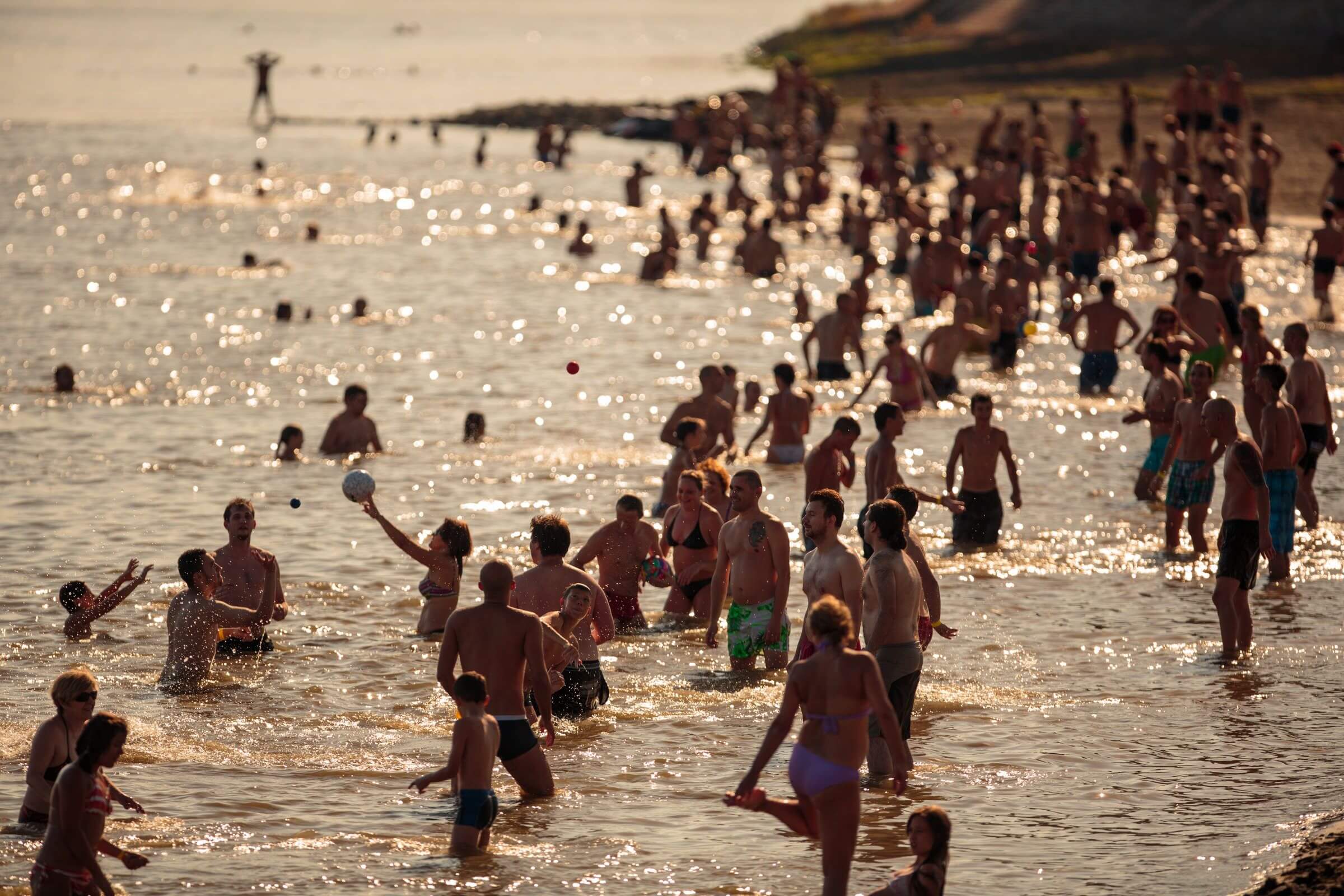
"Kopika" beach in Osijek (image credits: Mario Romulić)
Križnica Island on Drava River
This island is located on the Drava River near the small town of Pitomača, the westernmost municipality in Virovitica - Podravina County. Once the border between the Kingdoms of Croatia and Slavonia, this ancient island was the last one in the historic Pannonian Sea and its sandy beach attracts swimmers and recreationalists all over the country. Its bike routes, local cuisine, and natural private retreat make this river beach one of the best in the country and it’s an unmissable place to visit for refreshments and relaxation.
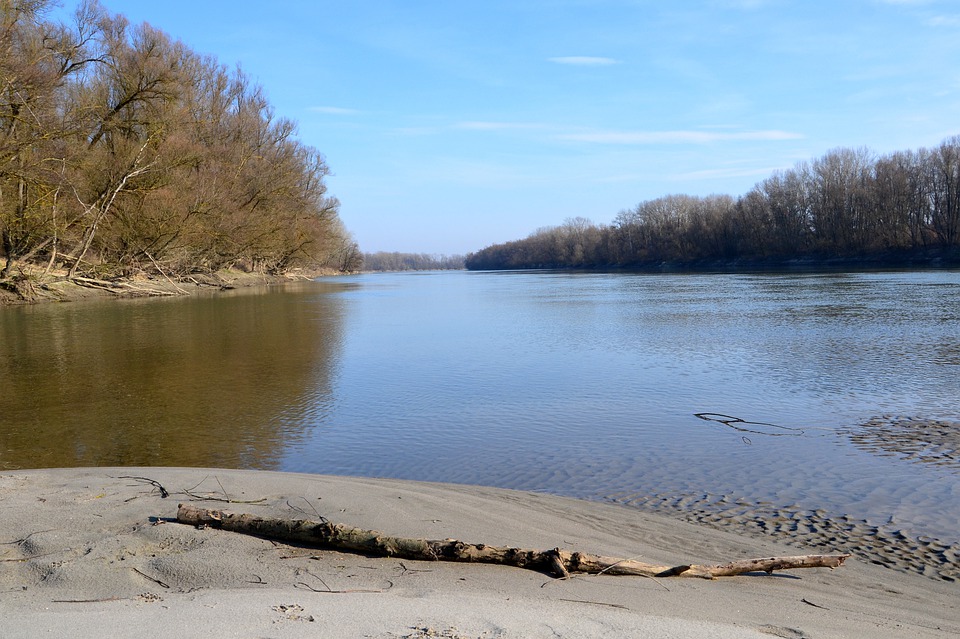
Križnica Island on Drava River (image credits: glaspodravine.hr)
Poloj Sports and Recreation Center
Apart from the Drava, the Sava River and its Poloj beach takes the crown as one of the most beautiful beaches in Europe. During summer, this beach attracts plenty of swimmers in need of refreshments. The white sand beach that can compete with some on the Adriatic coast, offers a lot of content - sandy fields for volleyball, futsal, places for barbecue, bike and pedestrian routes, and many more. Slavonski Brod and its surroundings is an amazing place for Digital Nomads and other tourists because it offers everything for everyone. So, visit this amazing place during summer, you won’t regret it.
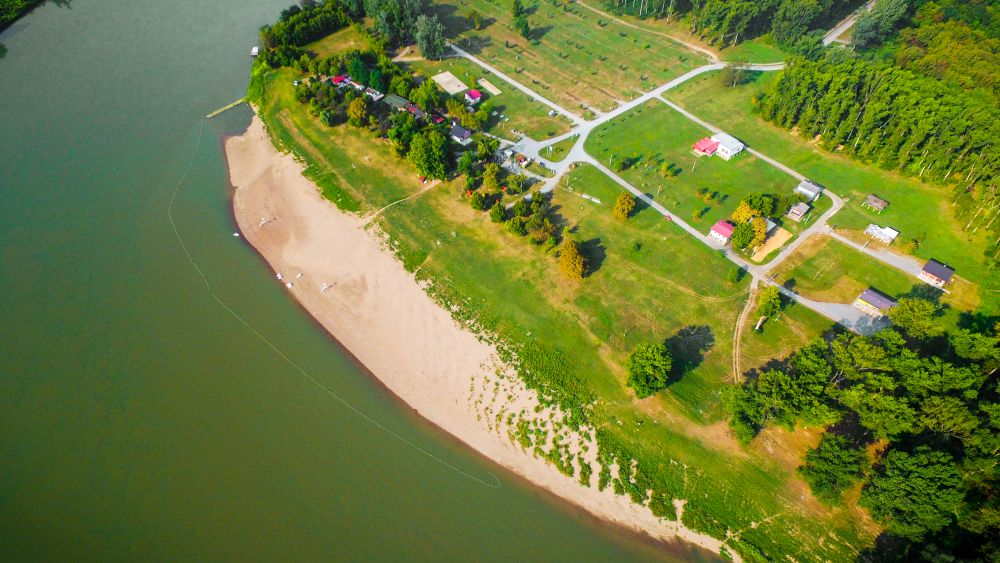
Beach Poloj on Sava River, Slavonski Brod (image credits: Alen Vrlazić/tzbpz.hr)
Lakes Banja in Vinkovci
Once upon a time, these two artificial lakes had different usage. More precisely, it was used for clay excavations for a brick factory back in the day and only brave men would go and swim there. However, in 1997, the realization of the potential these lakes have for sport, recreation and relaxation hit, and since then, Lakes Banja became a popular swimming place for residents of Vinkovci. The amazing quality of water and clean and tidy beaches are a perfect place for fishermen and people who want to have a proper swim. After that, barbecue, beer, and an amazing time.
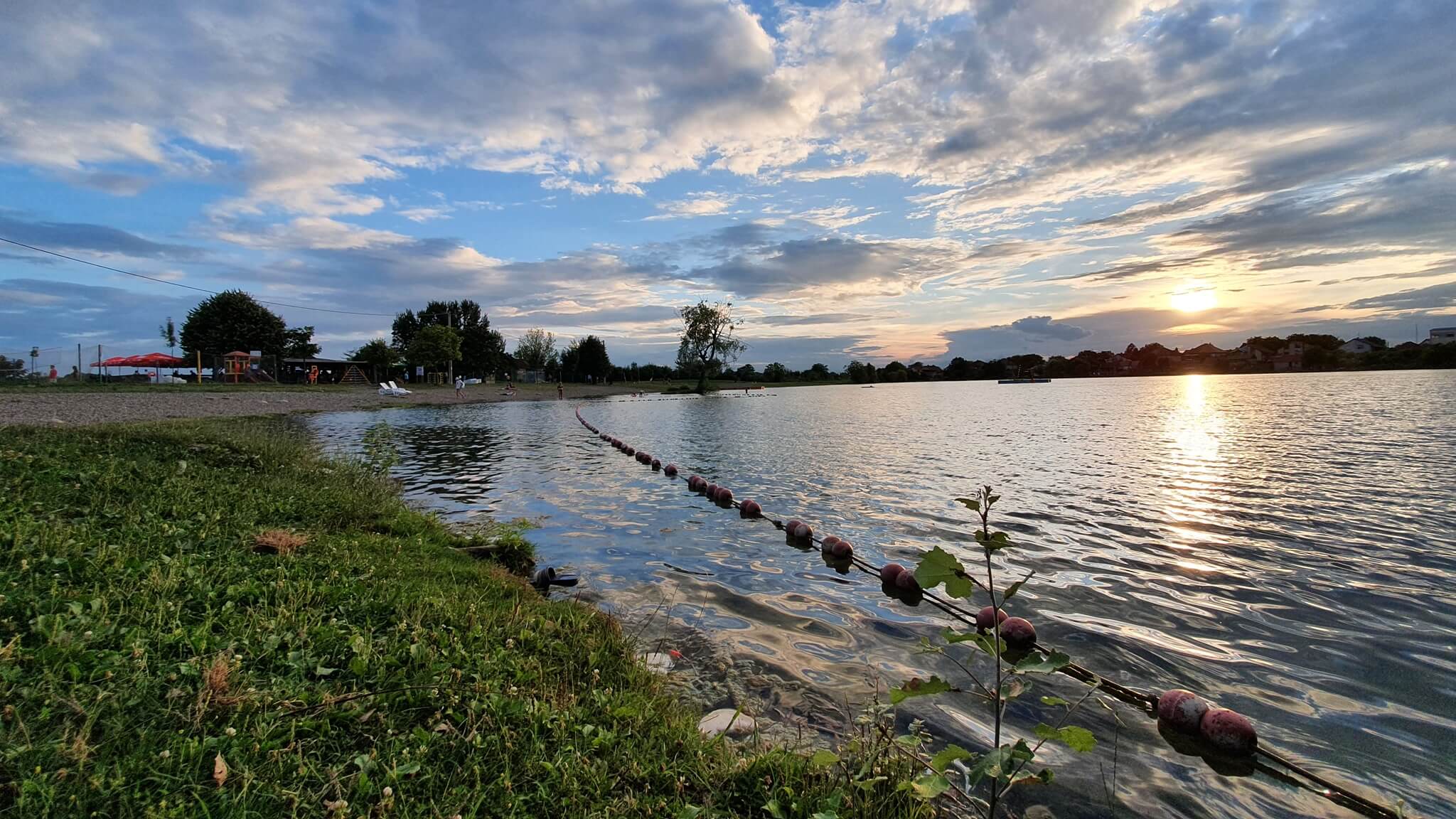
Lakes Banja in Vinkovci (image credits: Banja Vinkovci/Facebook)
Ada Island on the Danube River in Vukovar
Ada is a beautiful Croatian river island on the Danube River covered in a sandy beach and it’s a favorite swimming place in the city of Vukovar. Only 10 minutes away from cities center by boat and ranked among the ten most beautiful and interesting beaches in Croatia located along rivers and lakes. All those interested in peaceful vacations or maybe active vacations and adventures will surely find something for themselves. Amazing tourist offer that includes boat tours, volleyball on sand, and a gazebo full of refreshing drinks under the shade of the forest, makes this one of the best beaches in Slavonia.
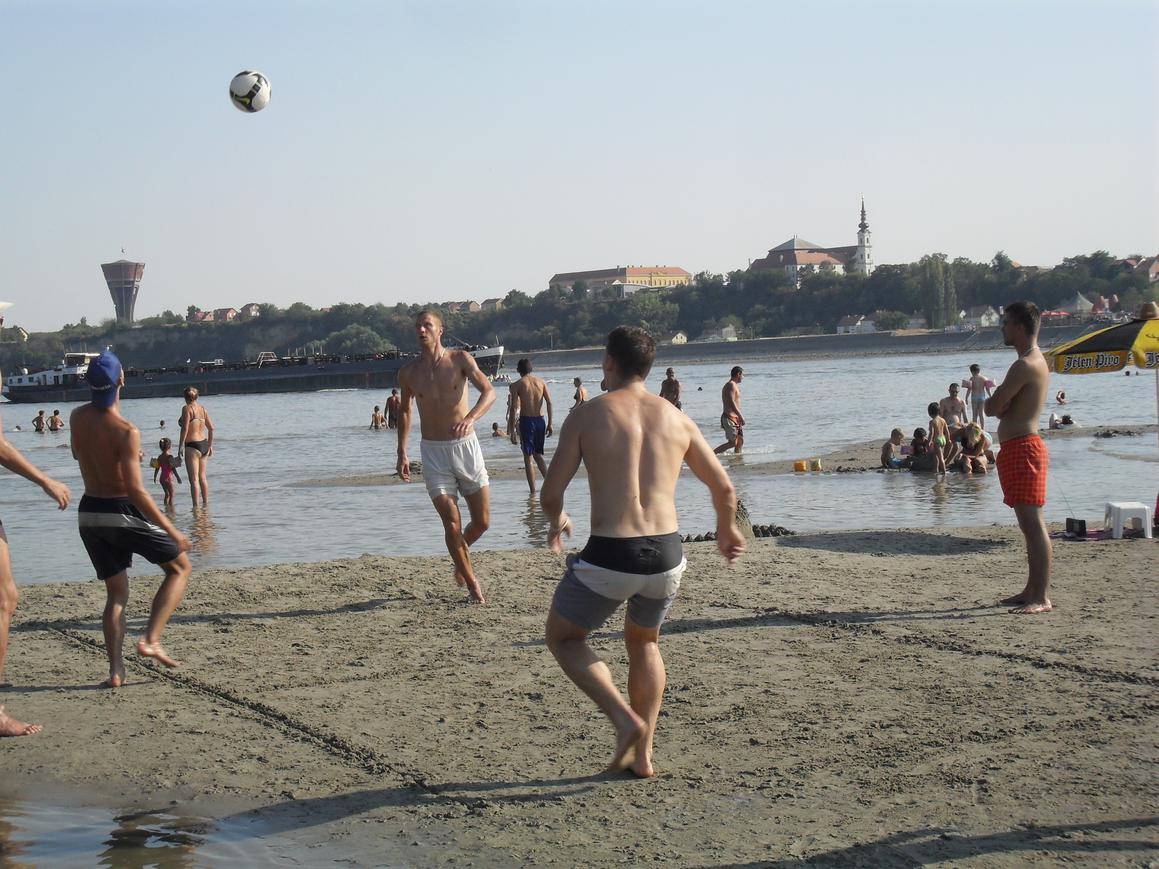
Residents of Vukovar playing beach volleyball on Ada Island (image credits: Branimir Bradarić/lokalni.hr)
Lake Orahovica near village Duzluka
Only 1500 meters away from the historic town of Orahovica, this artificial lake is probably the only proper place to swim in its radius. Last year, this famous lake celebrated its 60th birthday and it’s not stopping soon. This lake is a magnet for fun. From the most popular music festival in Slavonia Ferragosto Jam to the rich recreation offer, Lake Orahovica is an unavoidable place to visit and what’s also really important to mention, its water comes from the mountains! Besides its clear natural water, location is idyllic - just at the foot of Papuk Mountain and the historic fortified city Ružica City that, according to one legend, was a gathering place of fairies. It’s truly looking like a fairytale from Ivana Brlić-Mažuranić novels indeed.
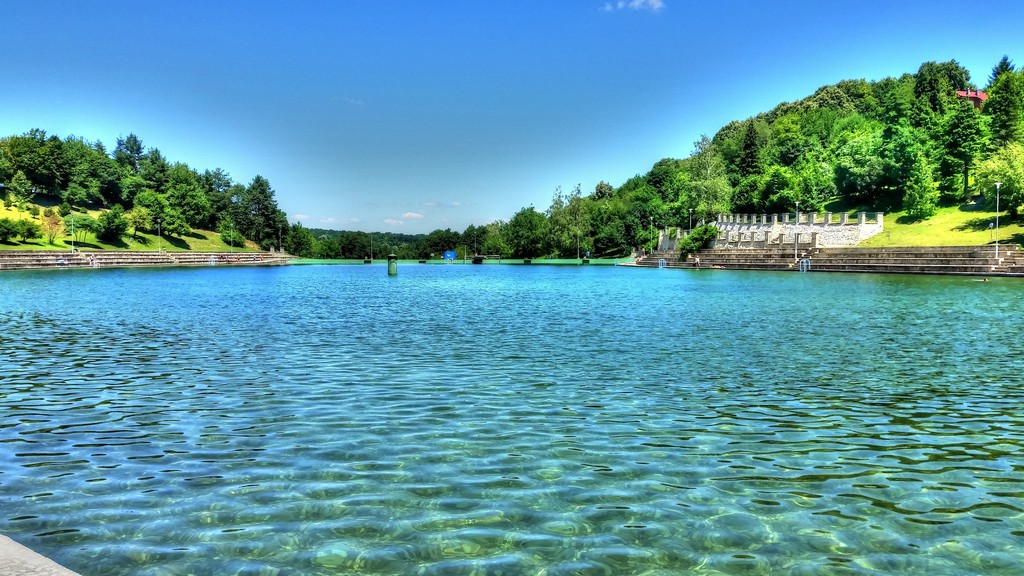
Lake Orahovica is surrounded by historic sightings and mountains (image credits: orahovica.hr)
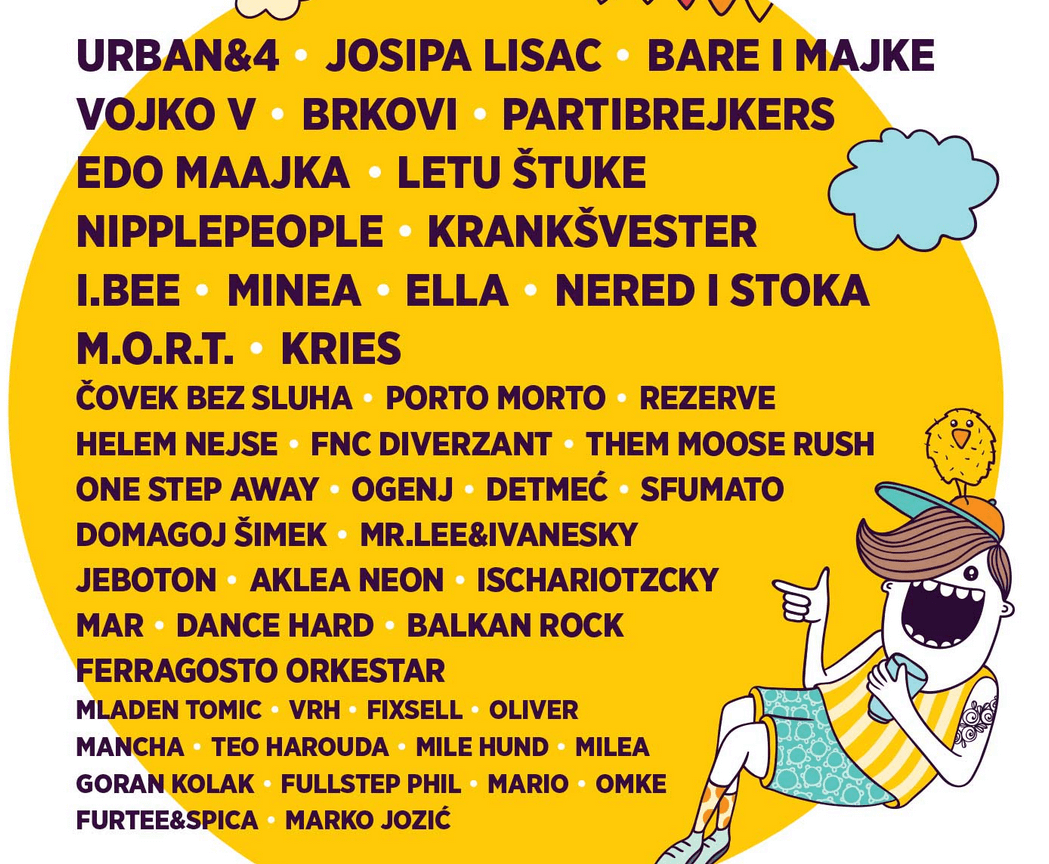
Ferragosto Jam brings the best of Croatian music every year to Lake Orahovica (image credits: screenshot/ferragostojam.com)
Honorable mentions are recently officially opened for swimmers Bajer Lake in Đakovo, Lake Borovik located west of Đakovo, natural Lake Đola in Darda near Osijek, beaches in Batina and Aljmaš where Drava River flows into Danube River, Lake Petnja, northwest of Slavonski Brod and so many more.
All of these places are rooted in Slavonians' lives. Great tourist offers and safe place for families, makes river and lake beach a must-visit during this summer. Yes, summers in Slavonia can be more insufferable than in, for example, Dalmatia (different climate), but for that, these freshwater beaches make every hot summer durable. Furthermore, it makes it the most anticipated season in Slavonia. Hopefully, this list of best beaches in Slavonia will encourage tourists to come - Slavonians will welcome you with open arms.
For more, check out our travel section.
PHOTOS: Snowy Riversides and Magical Mountains of Croatia in January 2022
January 28, 2022 – The snowy riversides and magical mountains of Croatia in January 2022 show a spectacular and all-natural winter wonderland.
Snow finally stuck to the streets of central Zagreb for a couple of days this week. Early morning temperatures dropped to the lowest yet of this winter. Despite the chill, clear skies and sunshine days were enough to see the snow soon melt away.
But, far from the city, the snowy riversides and magical mountains of Croatia in January 2022 have kept their white blanket for longer. These all-natural landscapes look epic after the snowfall. For winter walkers and climbers – or even just lovers of photography – these images are way more spectacular than the bright lights and theatre of the Advent season.
Let's take a closer look at the winter wonderland of snowy riversides and magical mountains of Croatia in January 2022.
Gorski Kotar
Delnice, Lokve, Fužine, Stara Sušica, Ravna Gora
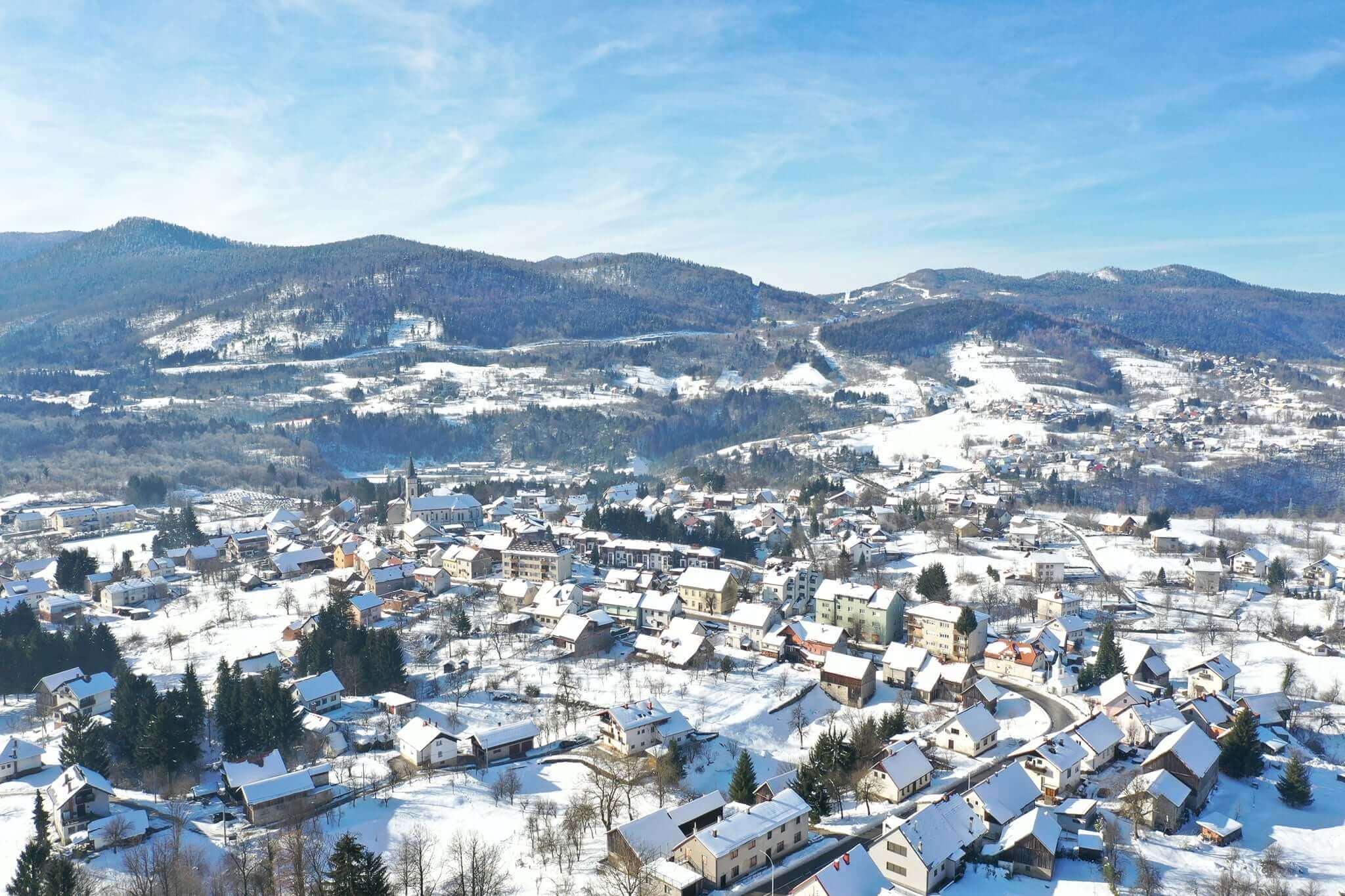 © Turistička zajednica Gorskog kotara
© Turistička zajednica Gorskog kotara
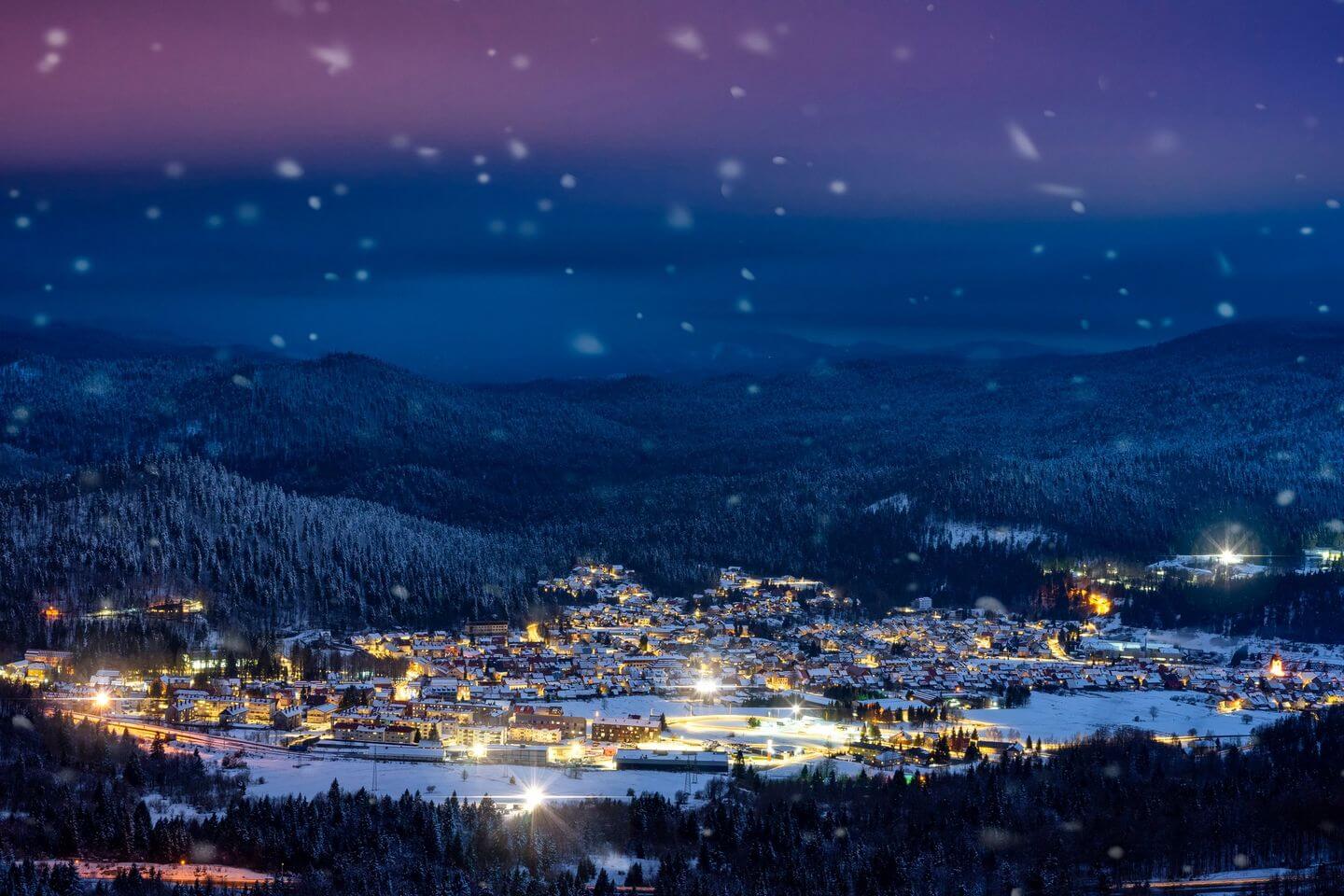 © Turistička zajednica Gorskog kotara
© Turistička zajednica Gorskog kotara
 From above, Dvorac Stara Sušica © Vladimir Franolić
From above, Dvorac Stara Sušica © Vladimir Franolić
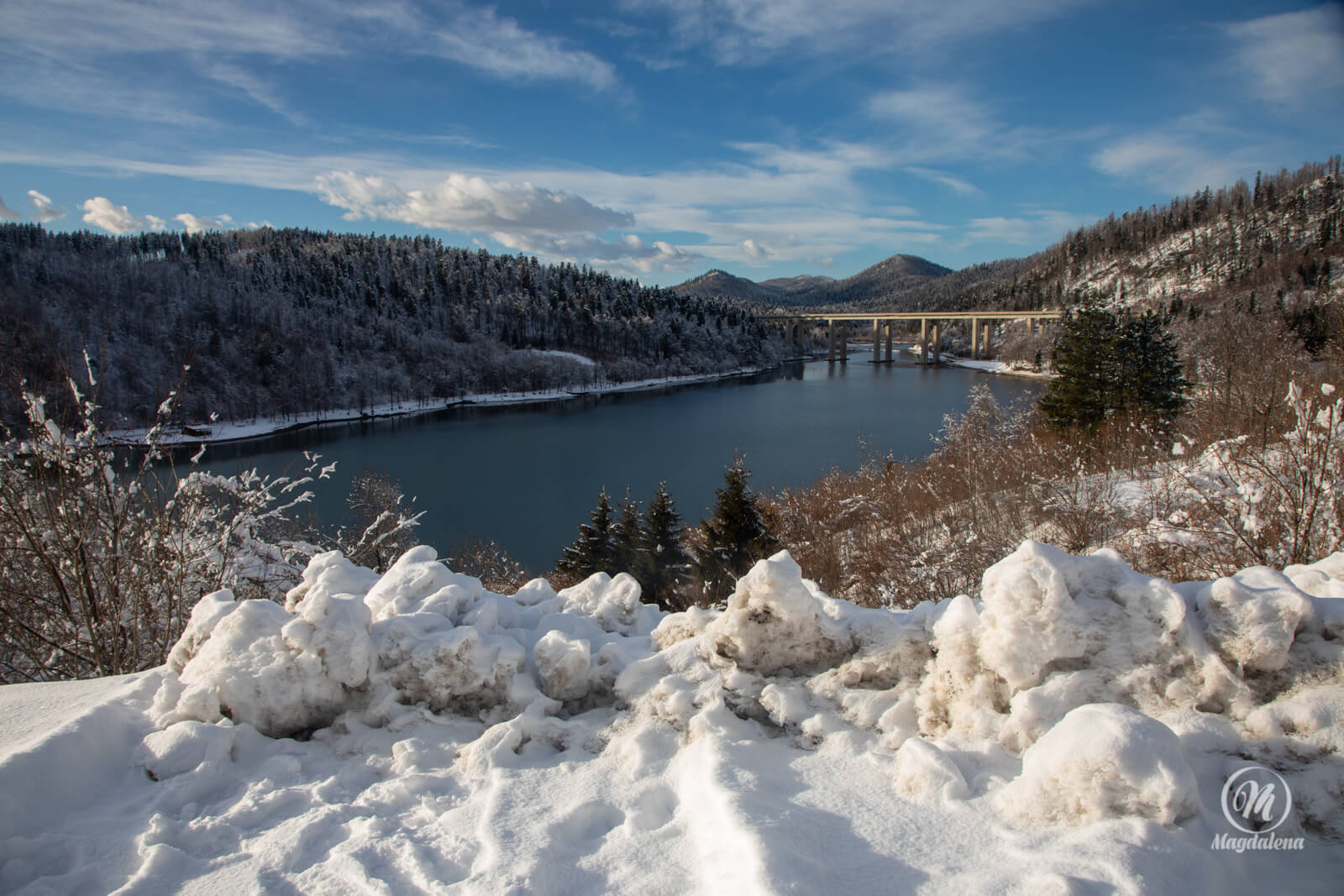 © Branko Lautar & Višnja Bolf
© Branko Lautar & Višnja Bolf
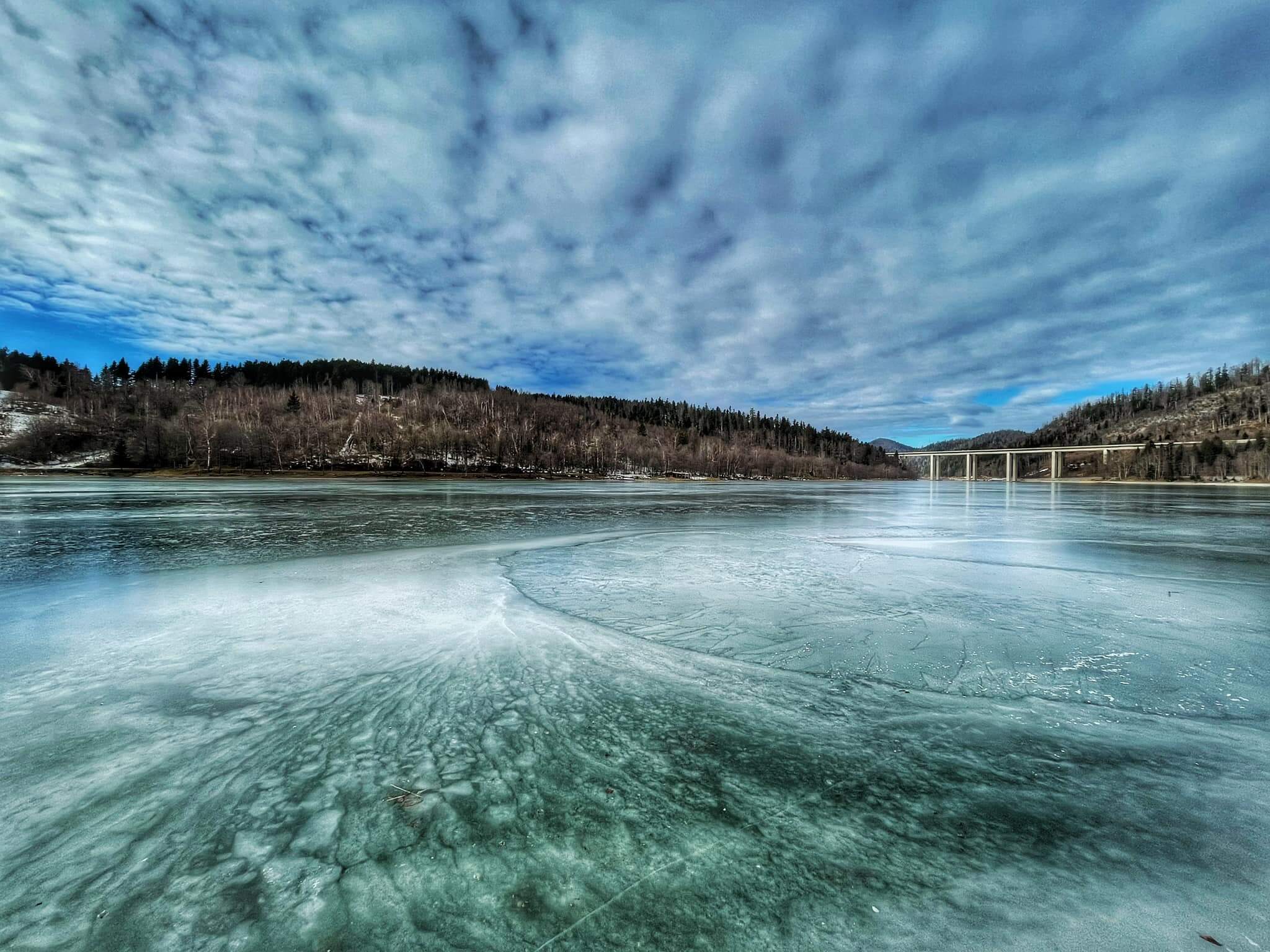 Jezero Bajer near Fužine © Marino Kirinčić
Jezero Bajer near Fužine © Marino Kirinčić
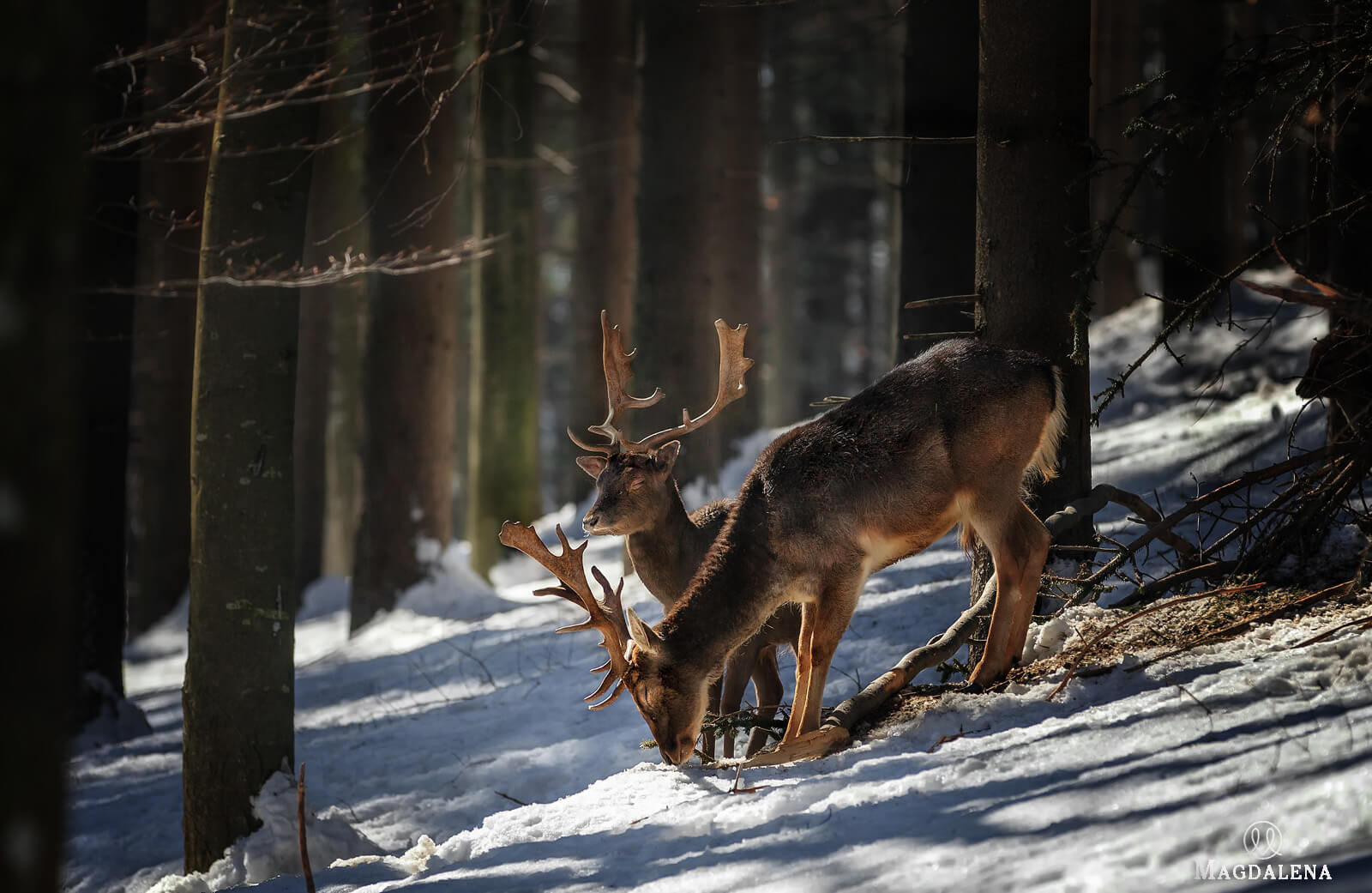 © Branko Lautar & Višnja Bolf
© Branko Lautar & Višnja Bolf
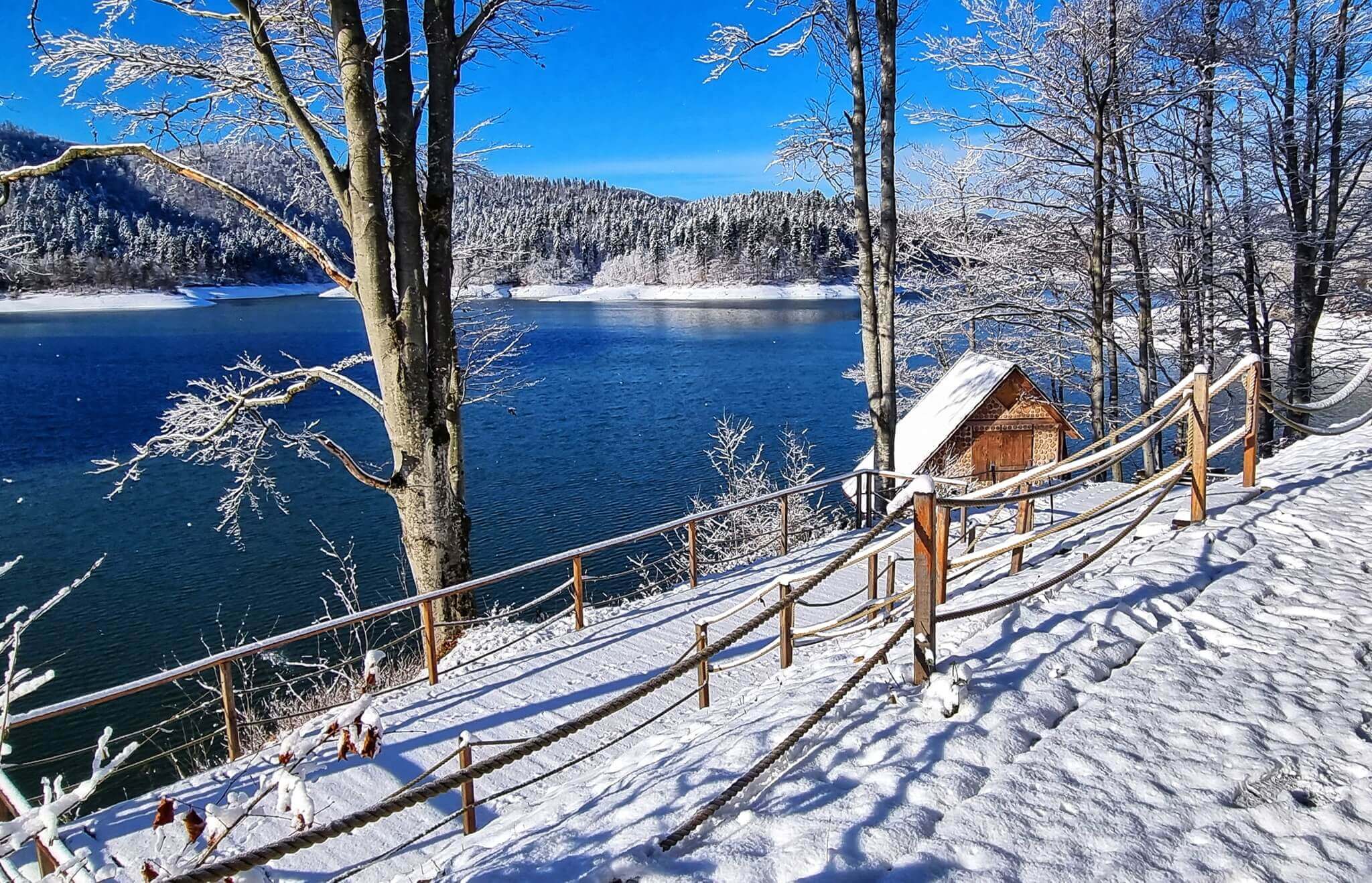 © Turistička zajednica Gorskog kotara
© Turistička zajednica Gorskog kotara
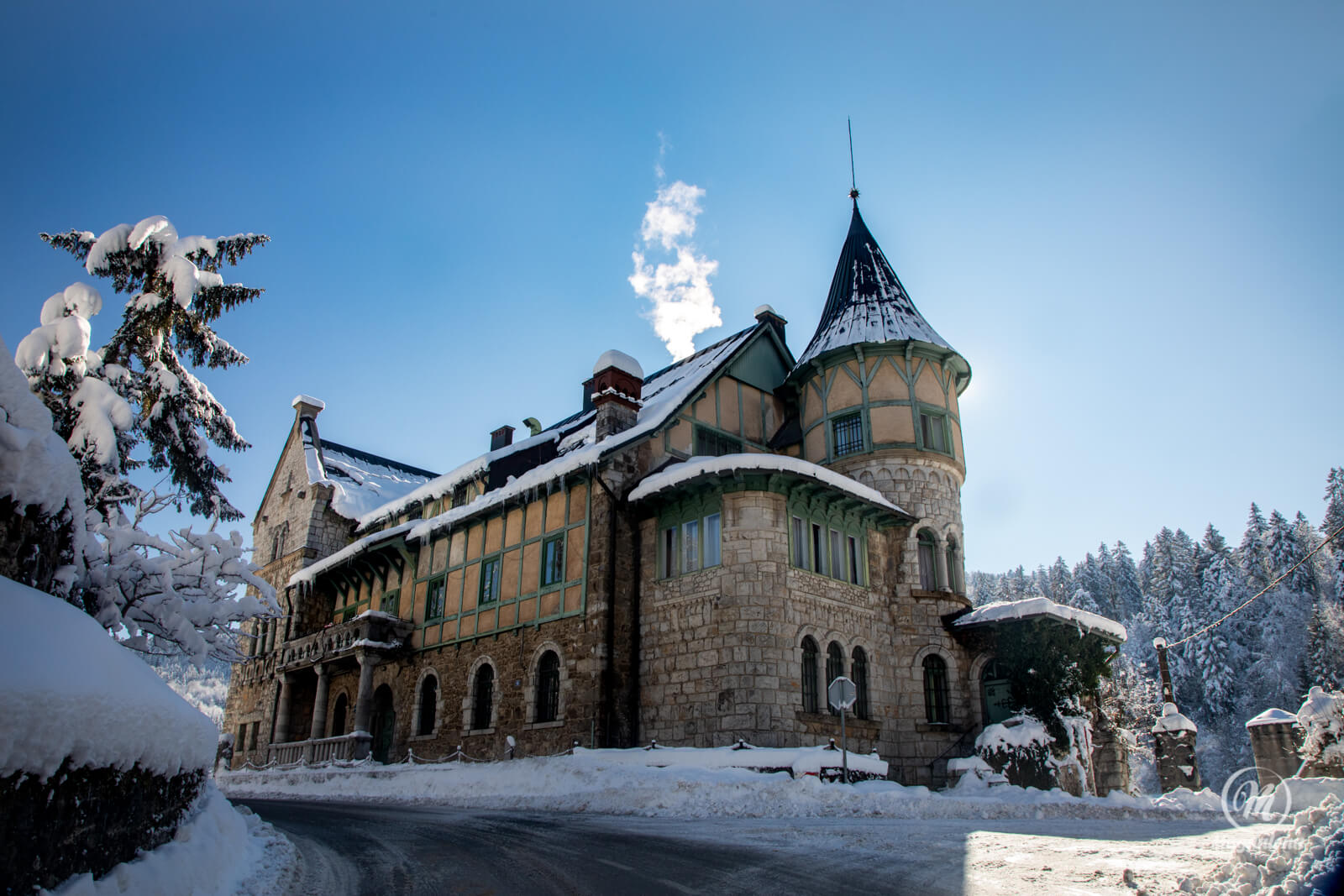 Another view of Dvorac Stara Sušica © Branko Lautar & Višnja Bolf
Another view of Dvorac Stara Sušica © Branko Lautar & Višnja Bolf
Risnjak National Park and Snježnik Hrvatski
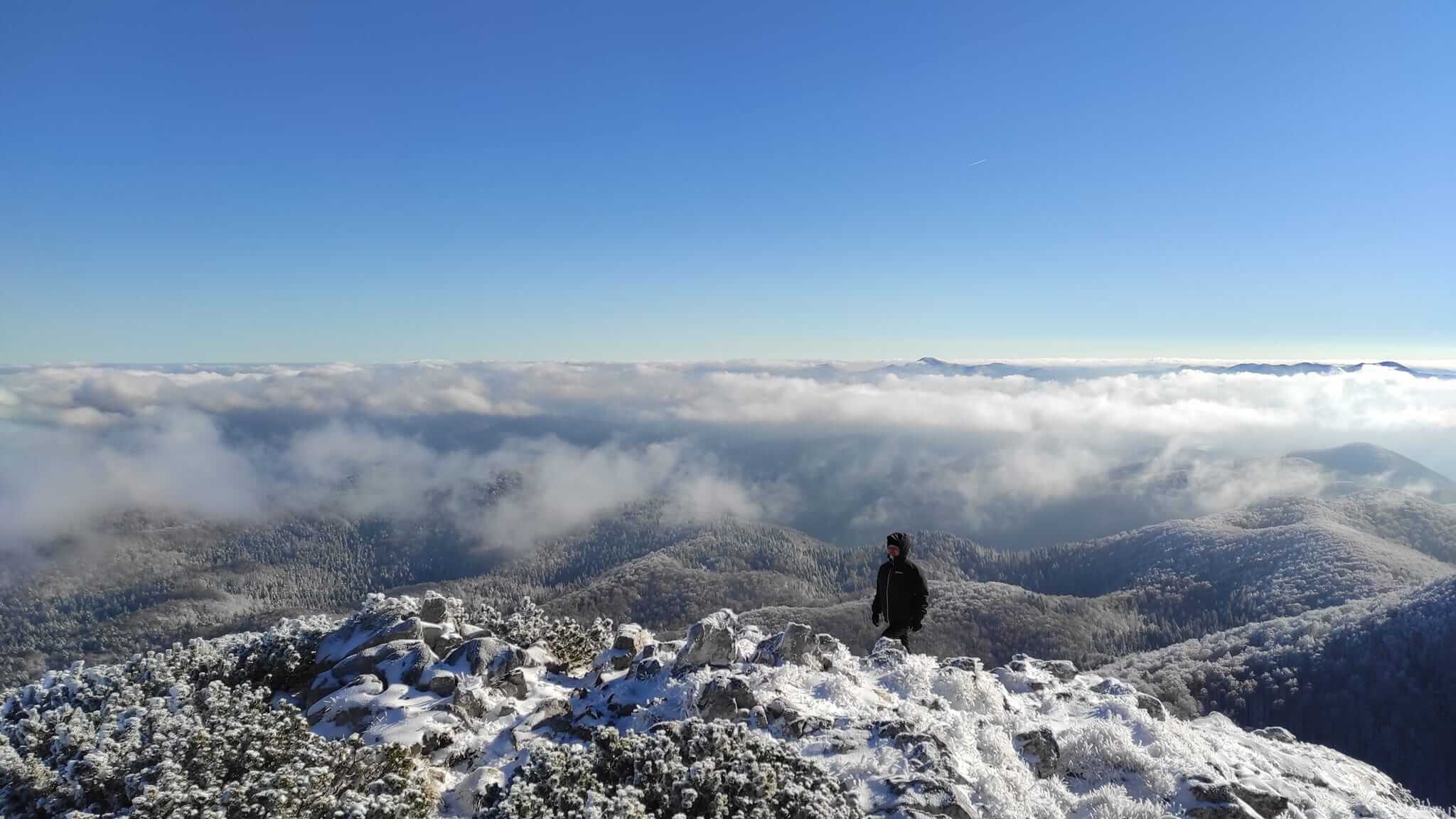 © Risnjak National Park
© Risnjak National Park
 Snježnik hrvatski © Ivan Ćuća-Žentil
Snježnik hrvatski © Ivan Ćuća-Žentil
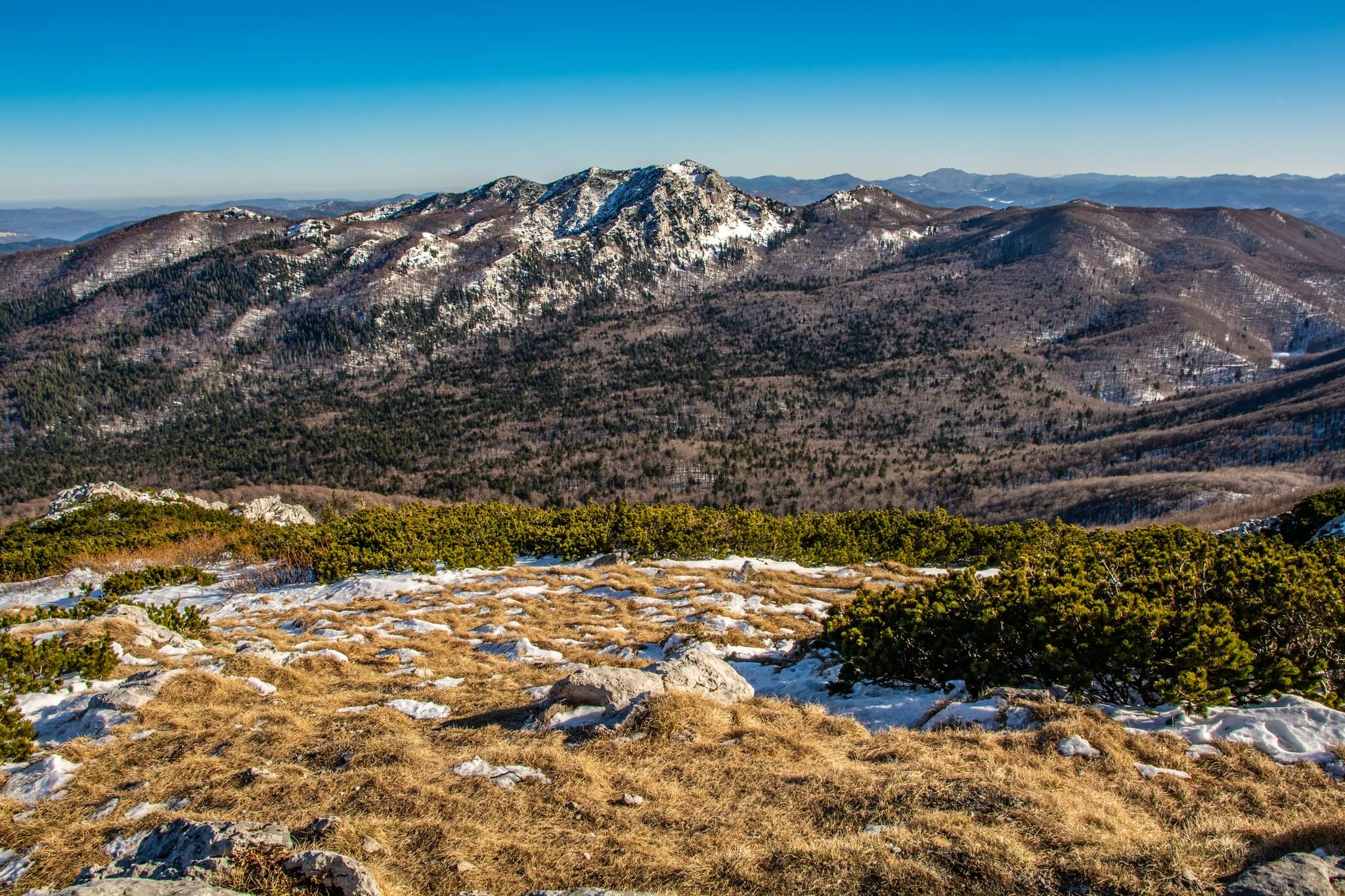 Snježnik hrvatski © Ivan Ćuća-Žentil
Snježnik hrvatski © Ivan Ćuća-Žentil
 Snježnik hrvatski © Ivan Ćuća-Žentil
Snježnik hrvatski © Ivan Ćuća-Žentil
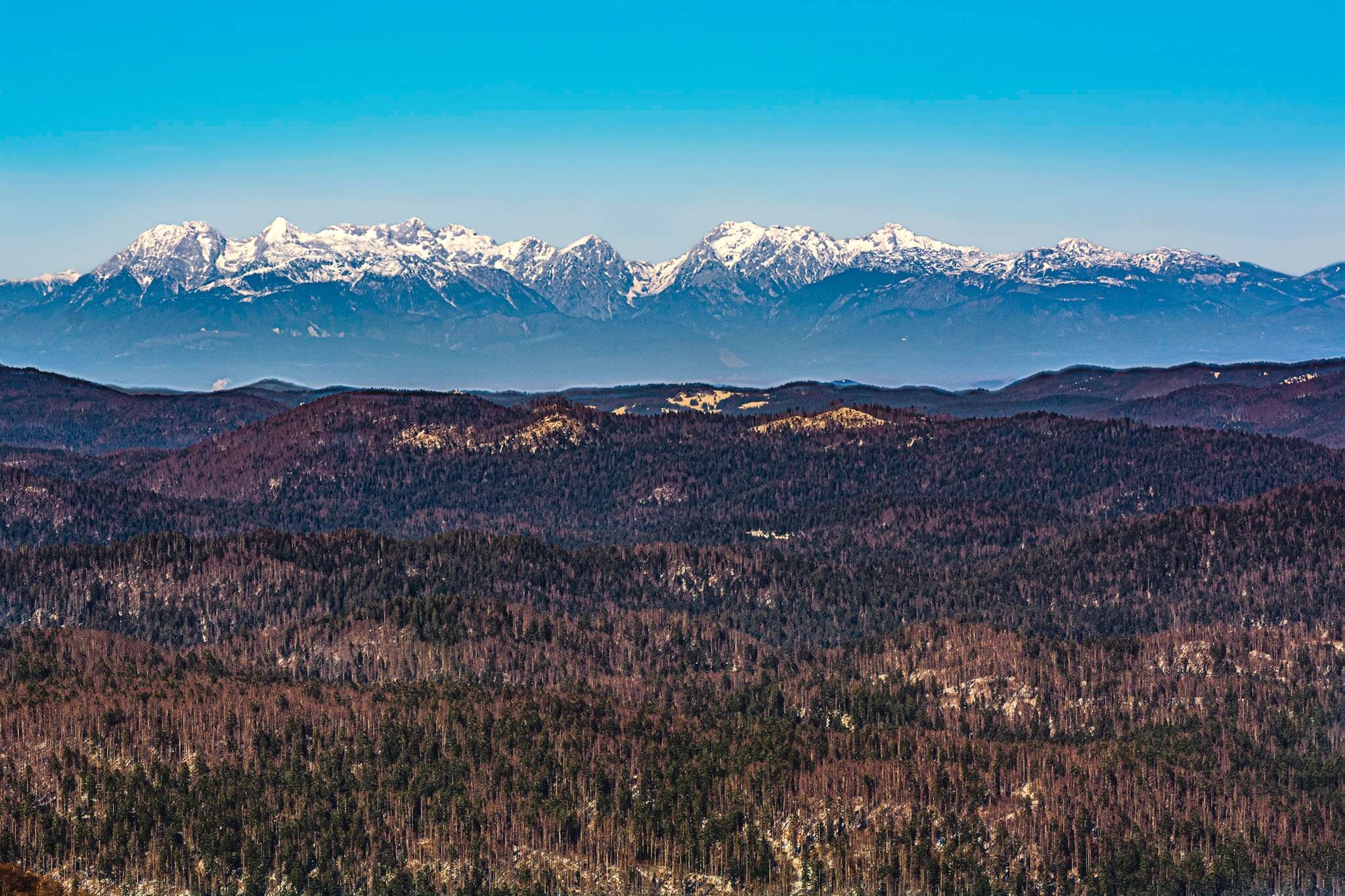 Snježnik hrvatski © Ivan Ćuća-Žentil
Snježnik hrvatski © Ivan Ćuća-Žentil
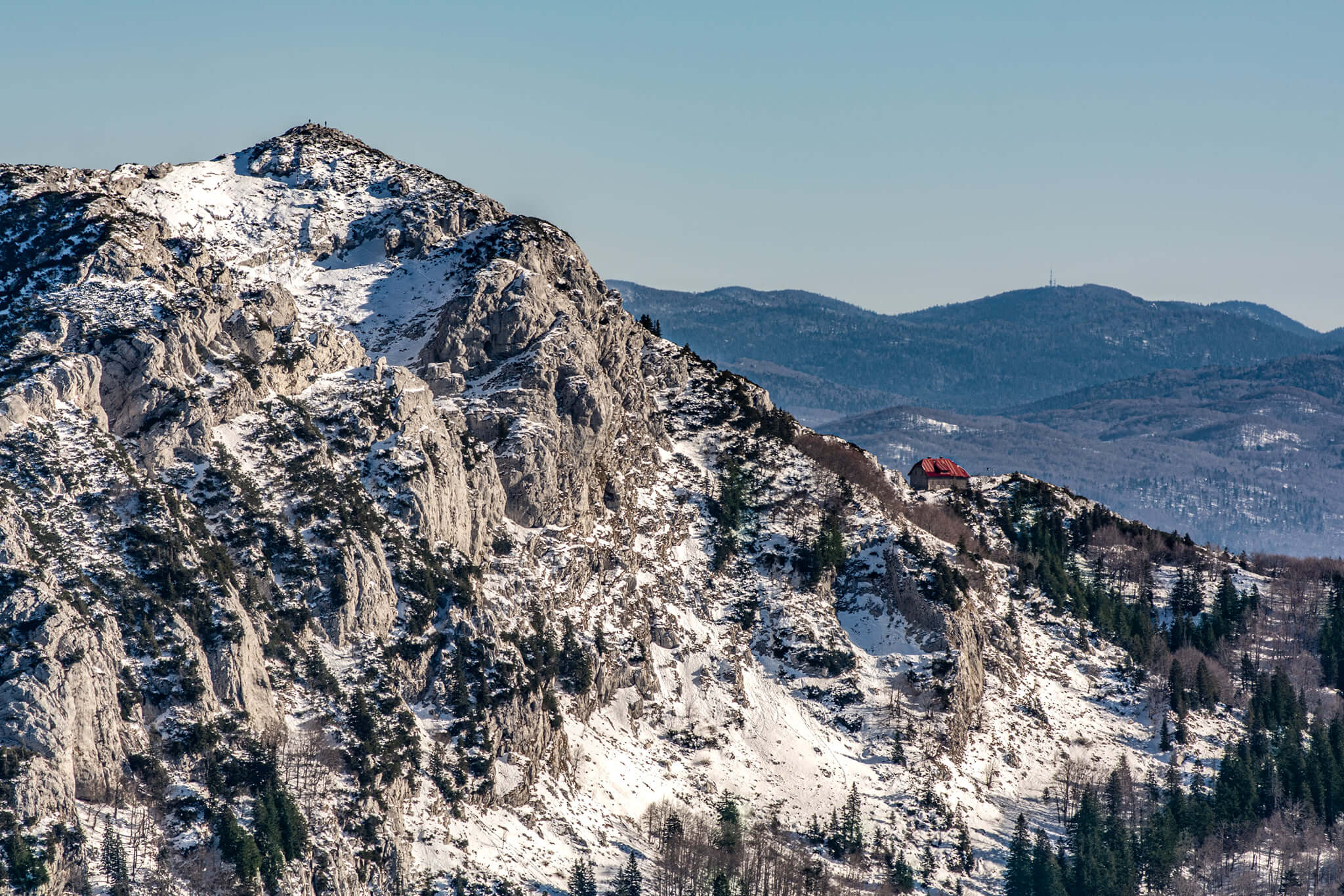 Snježnik hrvatski © Ivan Ćuća-Žentil
Snježnik hrvatski © Ivan Ćuća-Žentil
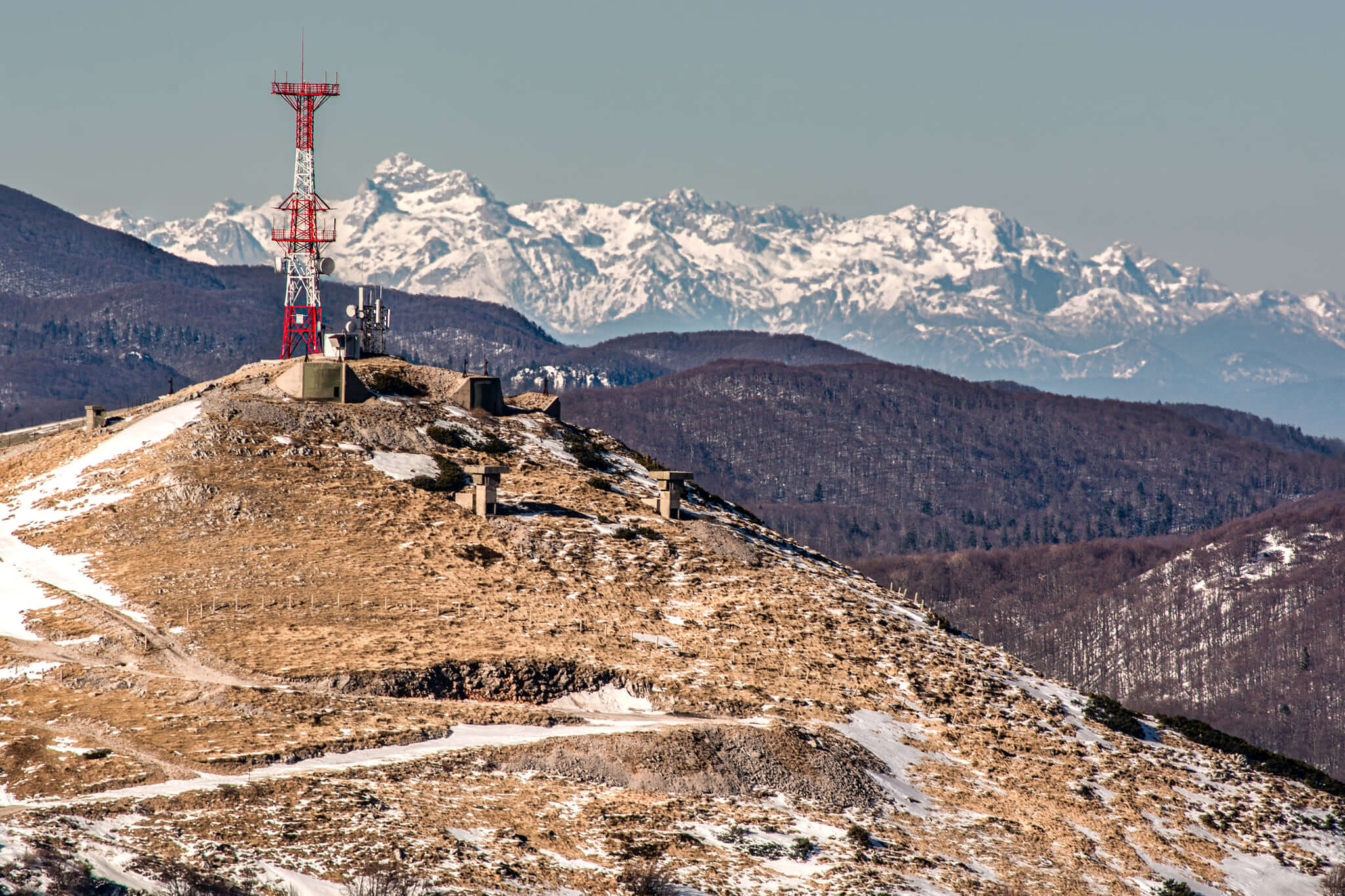 Snježnik hrvatski © Ivan Ćuća-Žentil
Snježnik hrvatski © Ivan Ćuća-Žentil
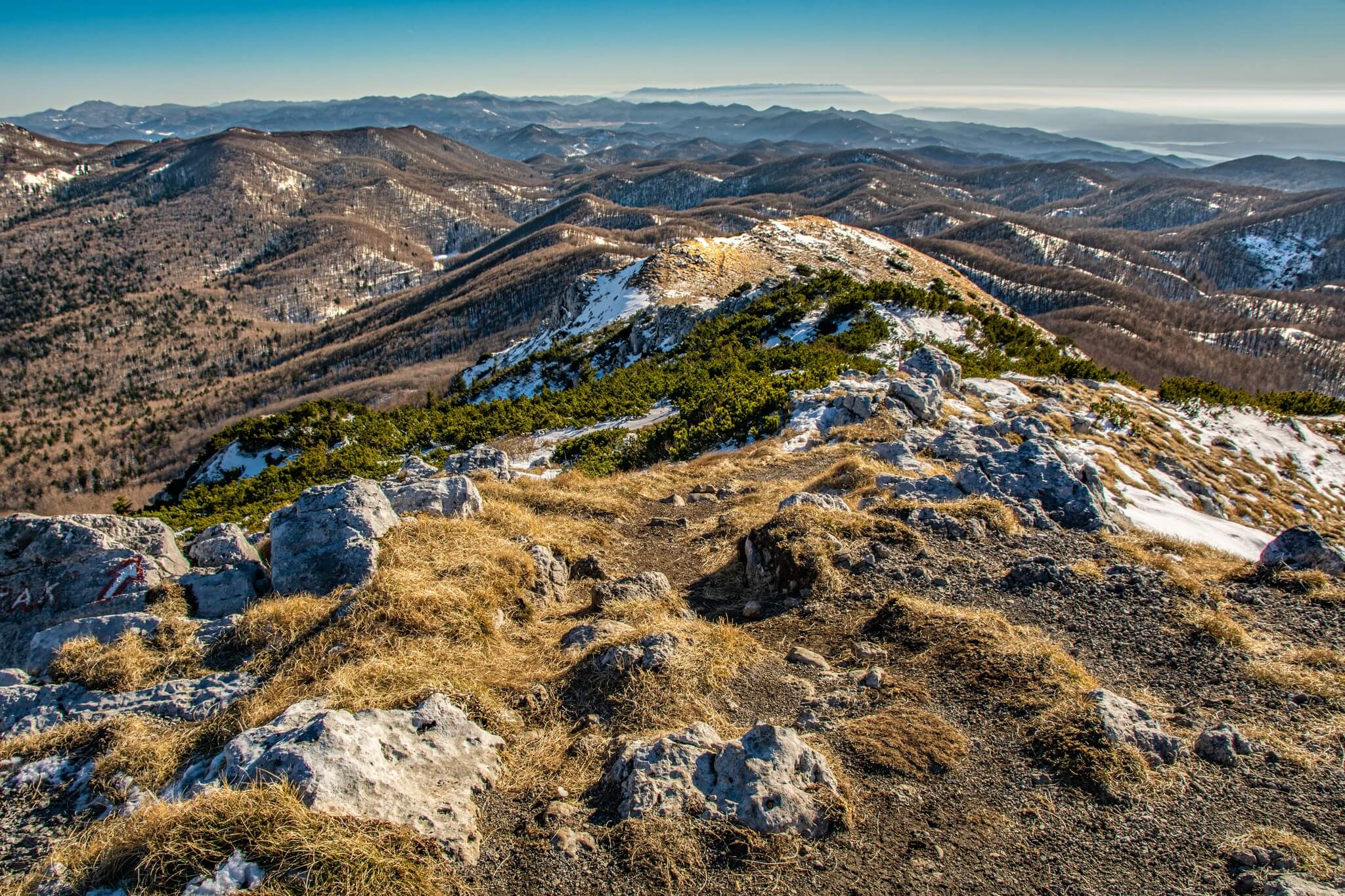 Snježnik hrvatski © Ivan Ćuća-Žentil
Snježnik hrvatski © Ivan Ćuća-Žentil
For more about Risnjak National Park, look here
Velebit
Northern Velebit National Park
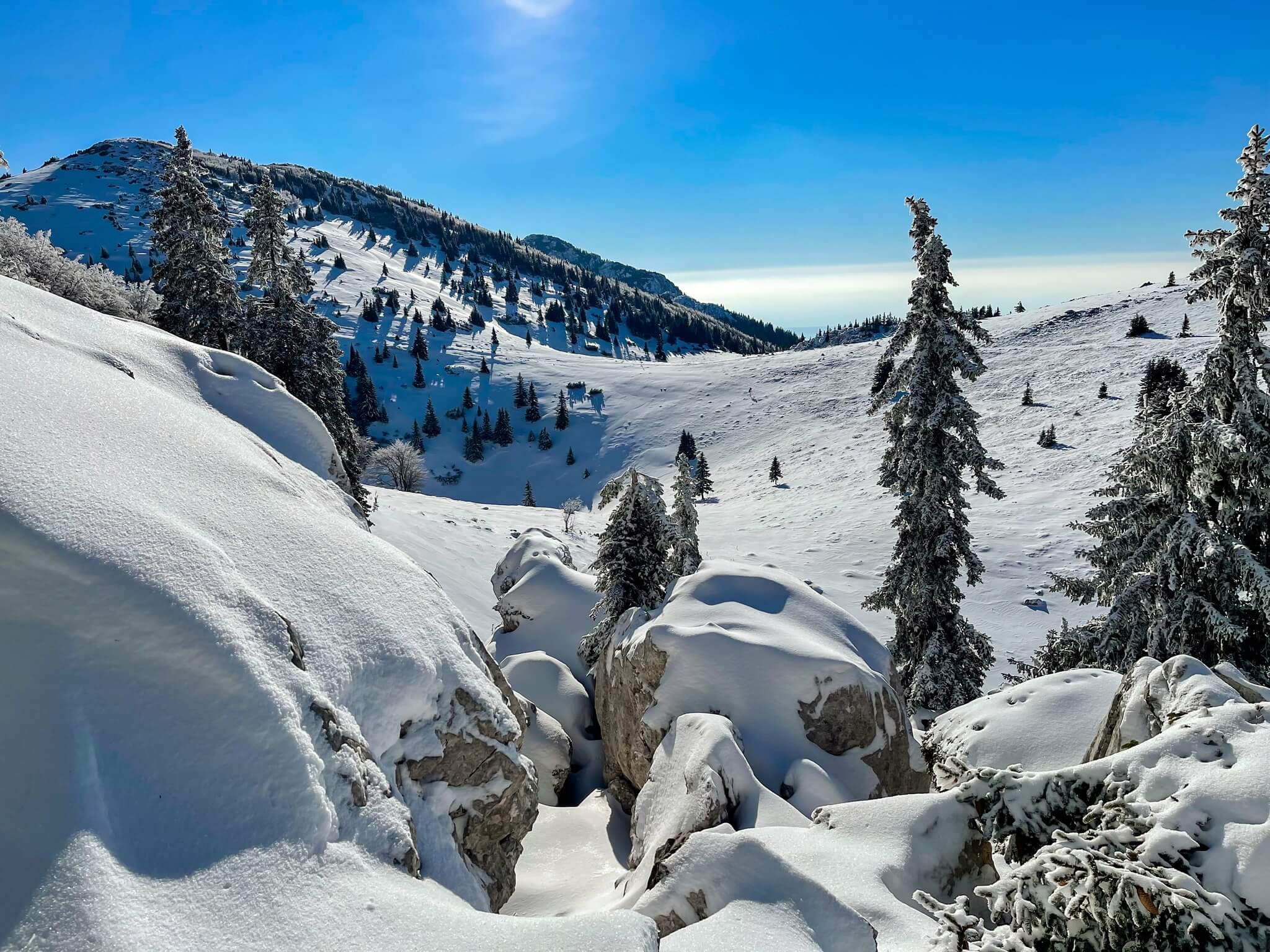 © Dejan Delač
© Dejan Delač
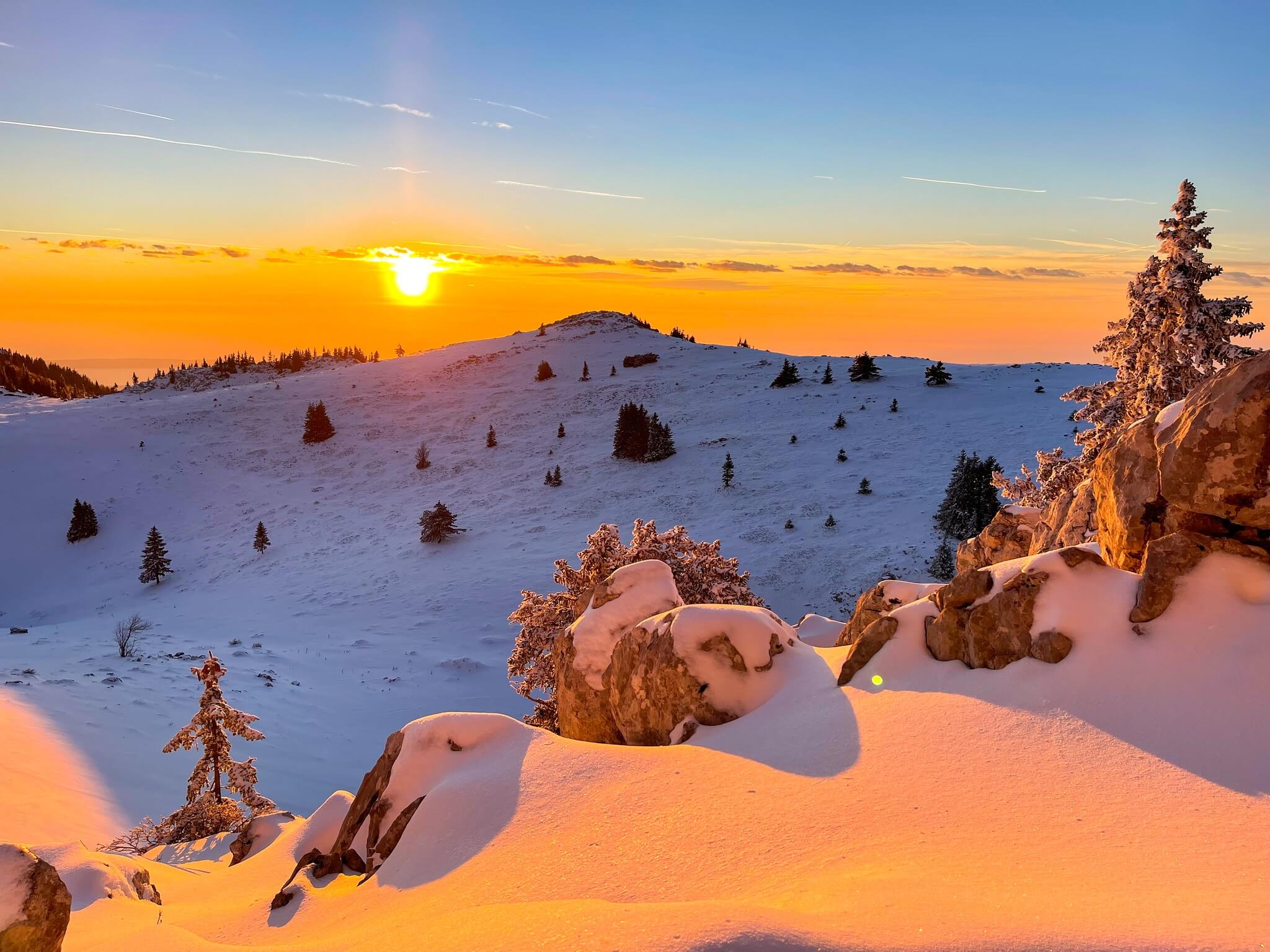 © Dejan Delač
© Dejan Delač
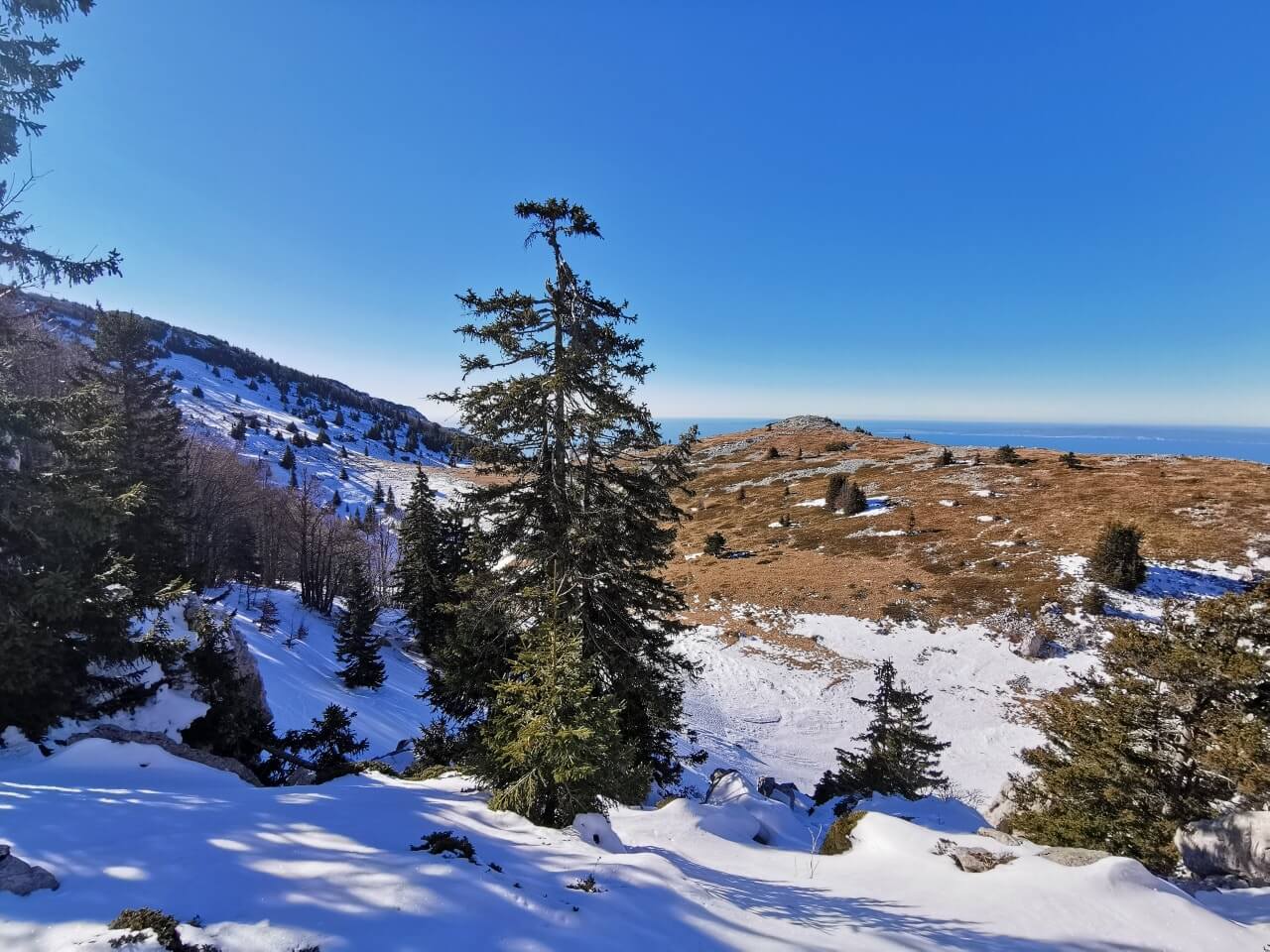 © Vedran Katalinić
© Vedran Katalinić
For more about Northern Velebit National Park, look here
Velebit Nature Park
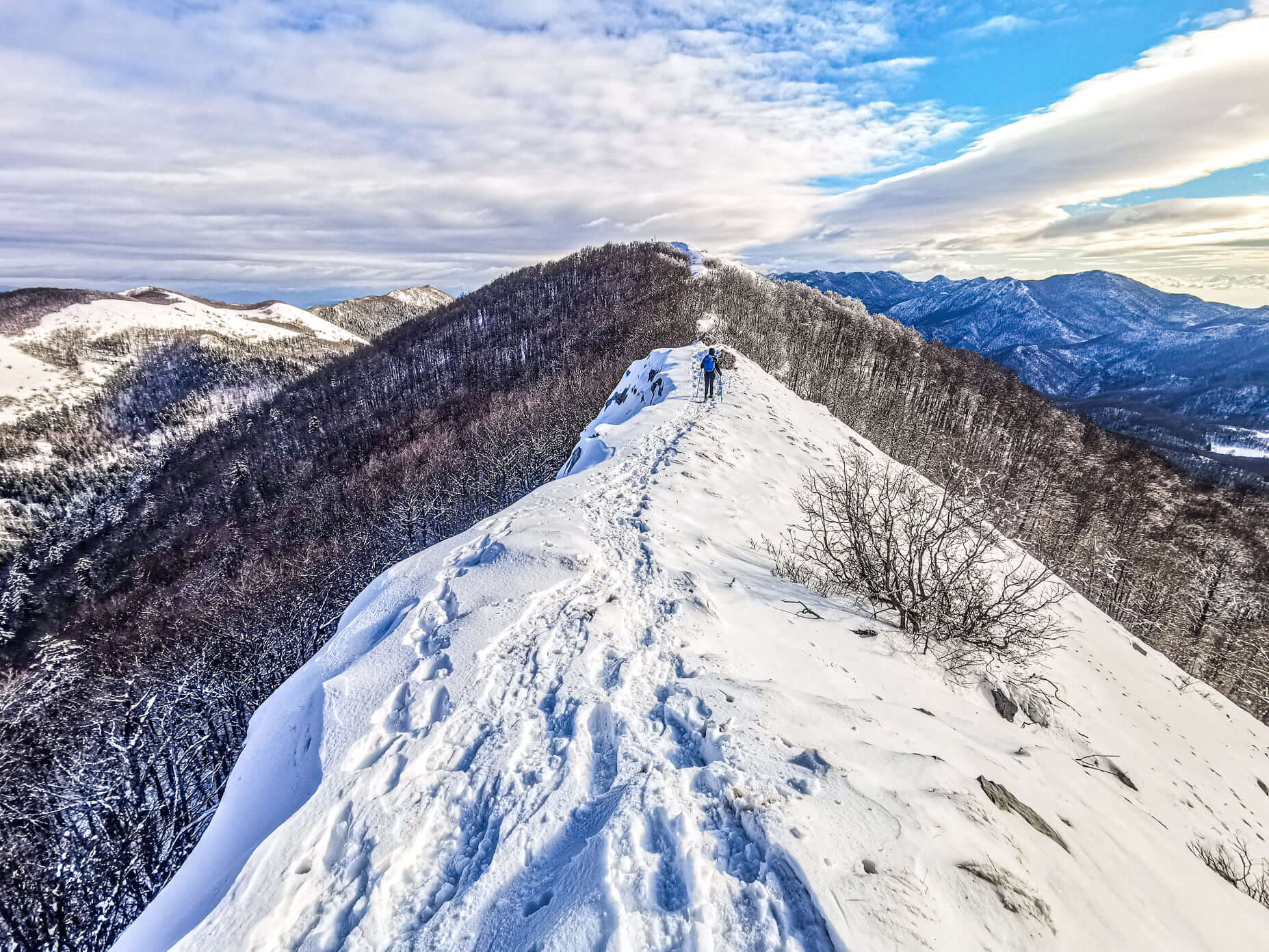 Ljubičko Brdo © Ivan Ćuća-Žentil
Ljubičko Brdo © Ivan Ćuća-Žentil
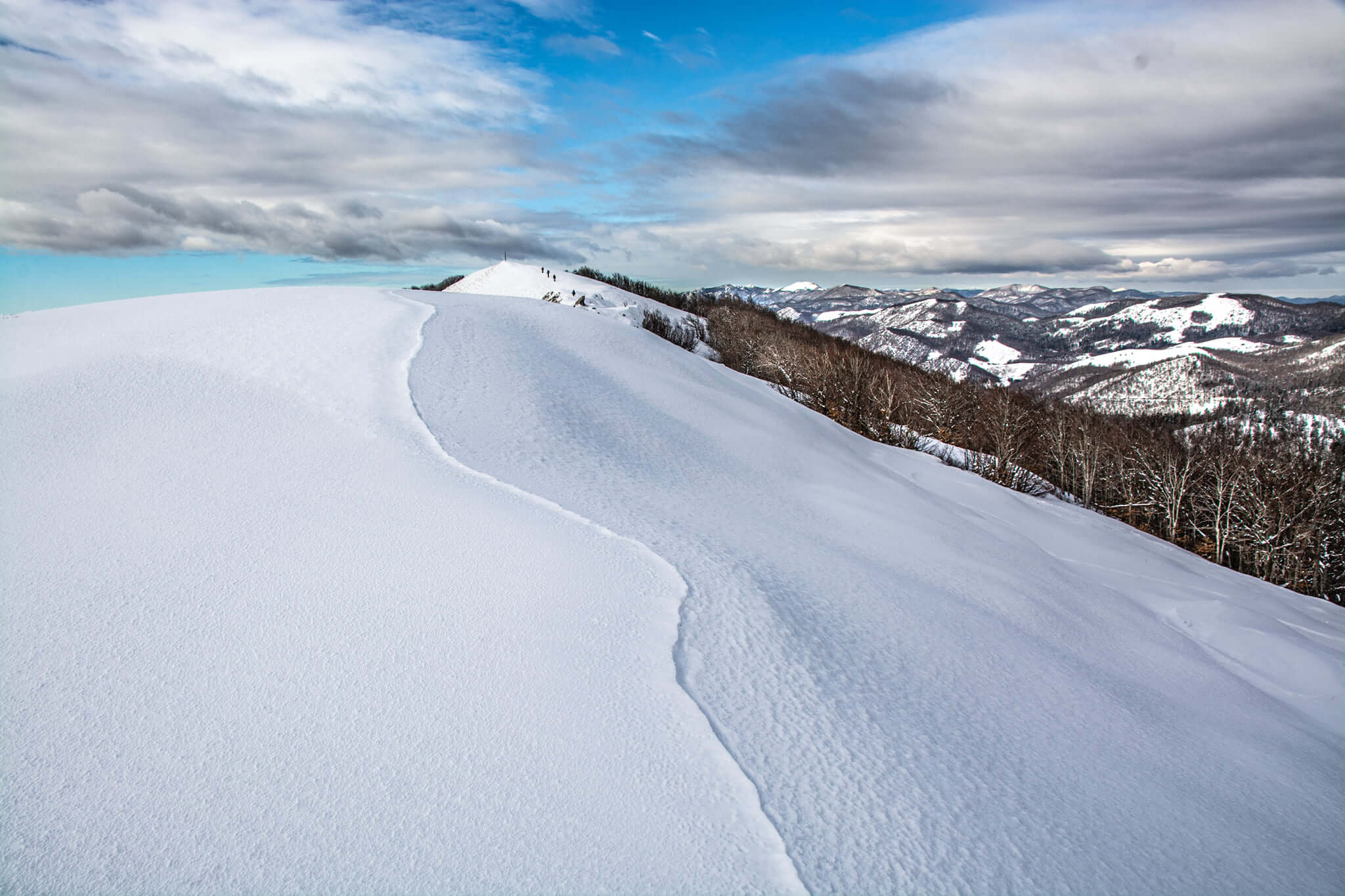 Ljubičko Brdo © Ivan Ćuća-Žentil
Ljubičko Brdo © Ivan Ćuća-Žentil
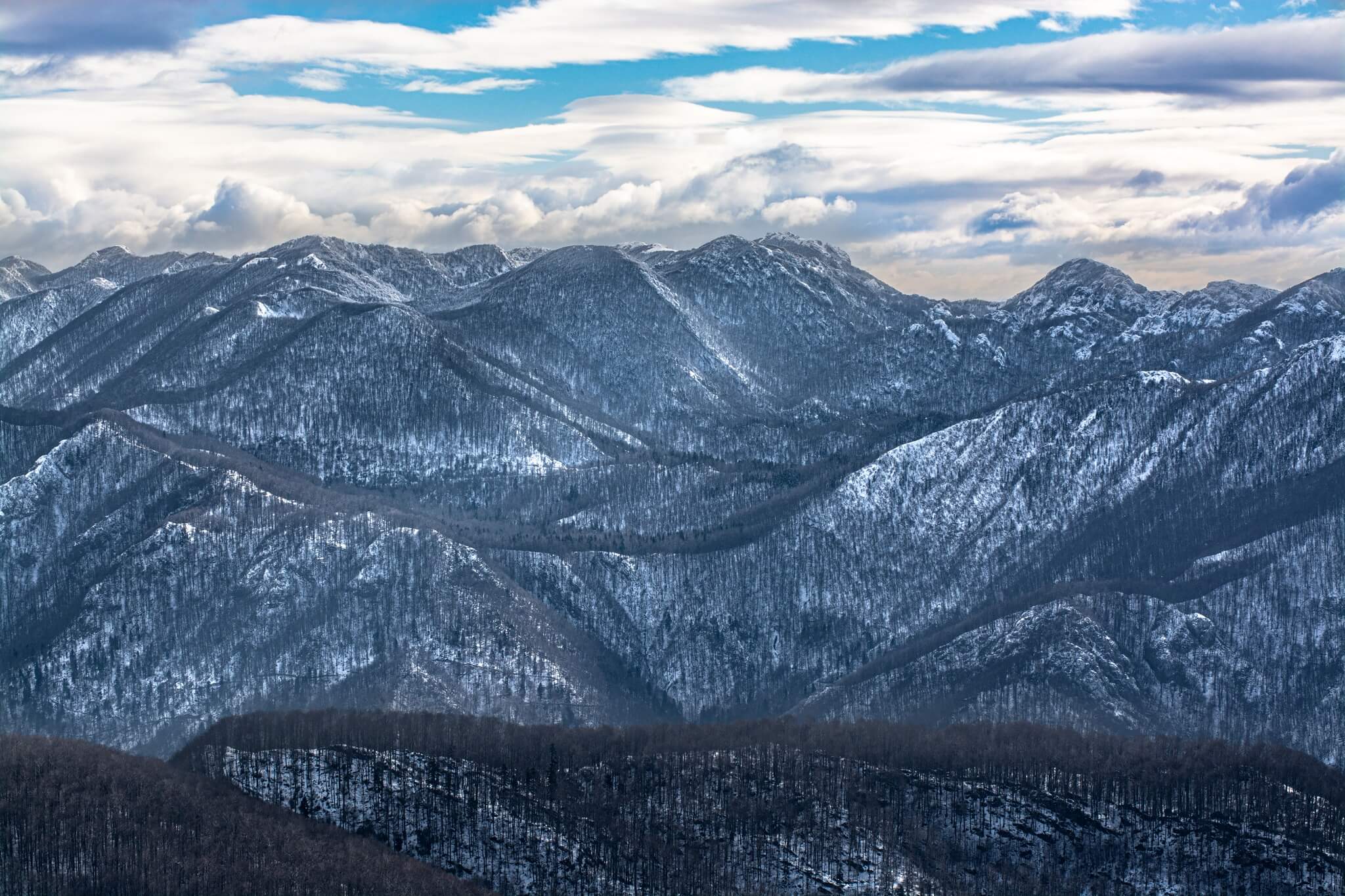 Ljubičko Brdo © Ivan Ćuća-Žentil
Ljubičko Brdo © Ivan Ćuća-Žentil
 Ljubičko Brdo © Ivan Ćuća-Žentil
Ljubičko Brdo © Ivan Ćuća-Žentil
 Ljubičko Brdo © Ivan Ćuća-Žentil
Ljubičko Brdo © Ivan Ćuća-Žentil
Paklenica National Park
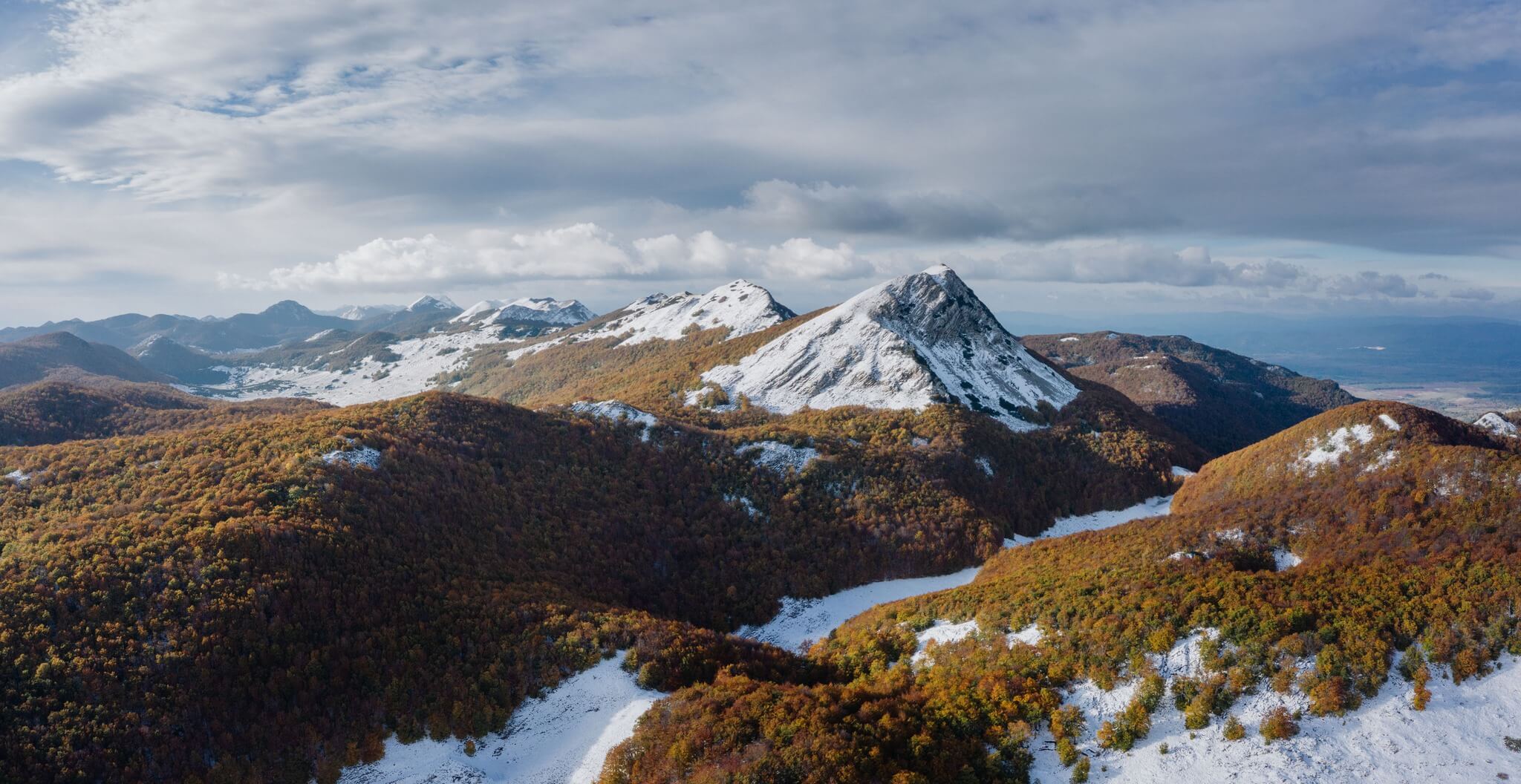 © Mario Jurina
© Mario Jurina
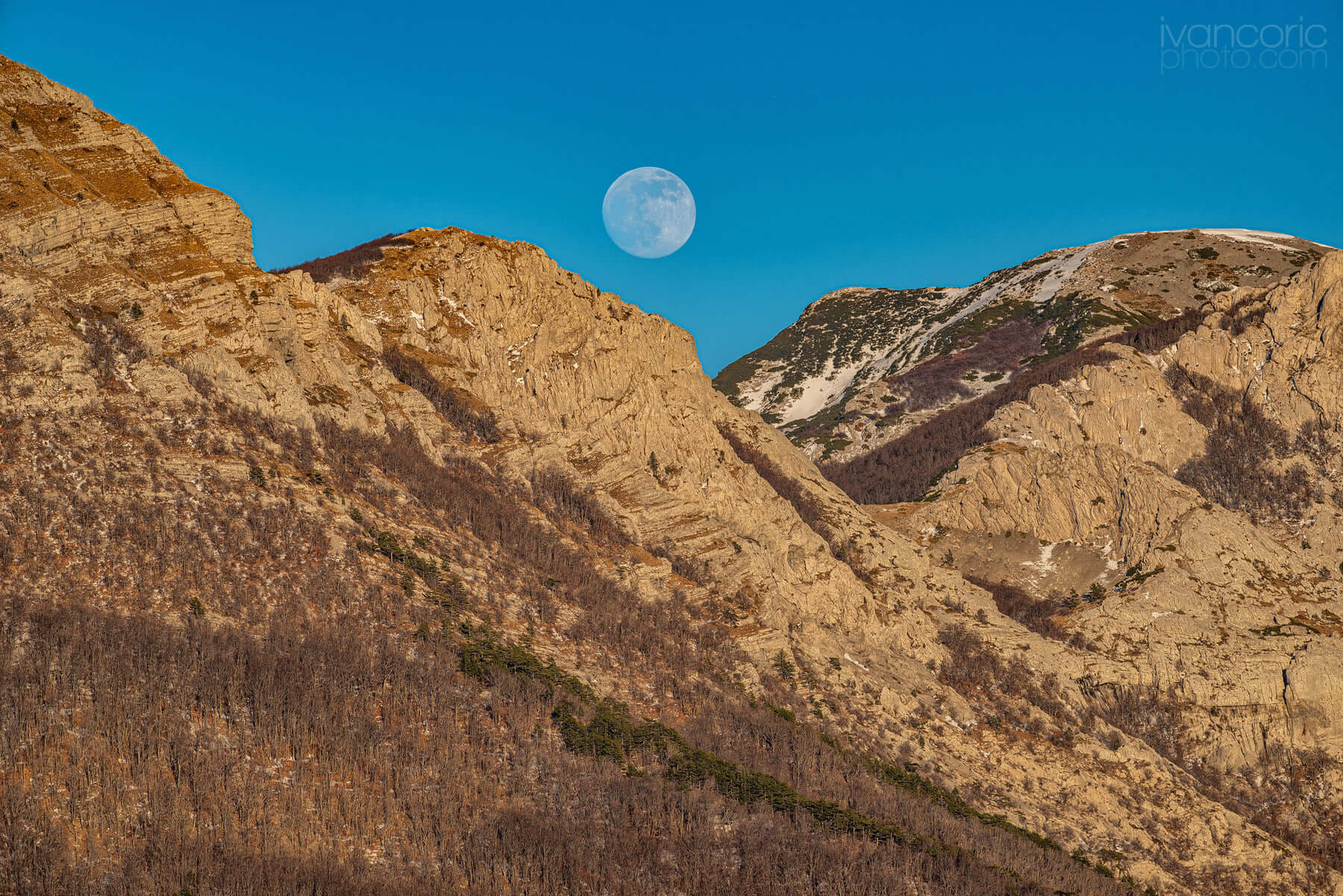 Bojinac © Ivan Coric Photography
Bojinac © Ivan Coric Photography
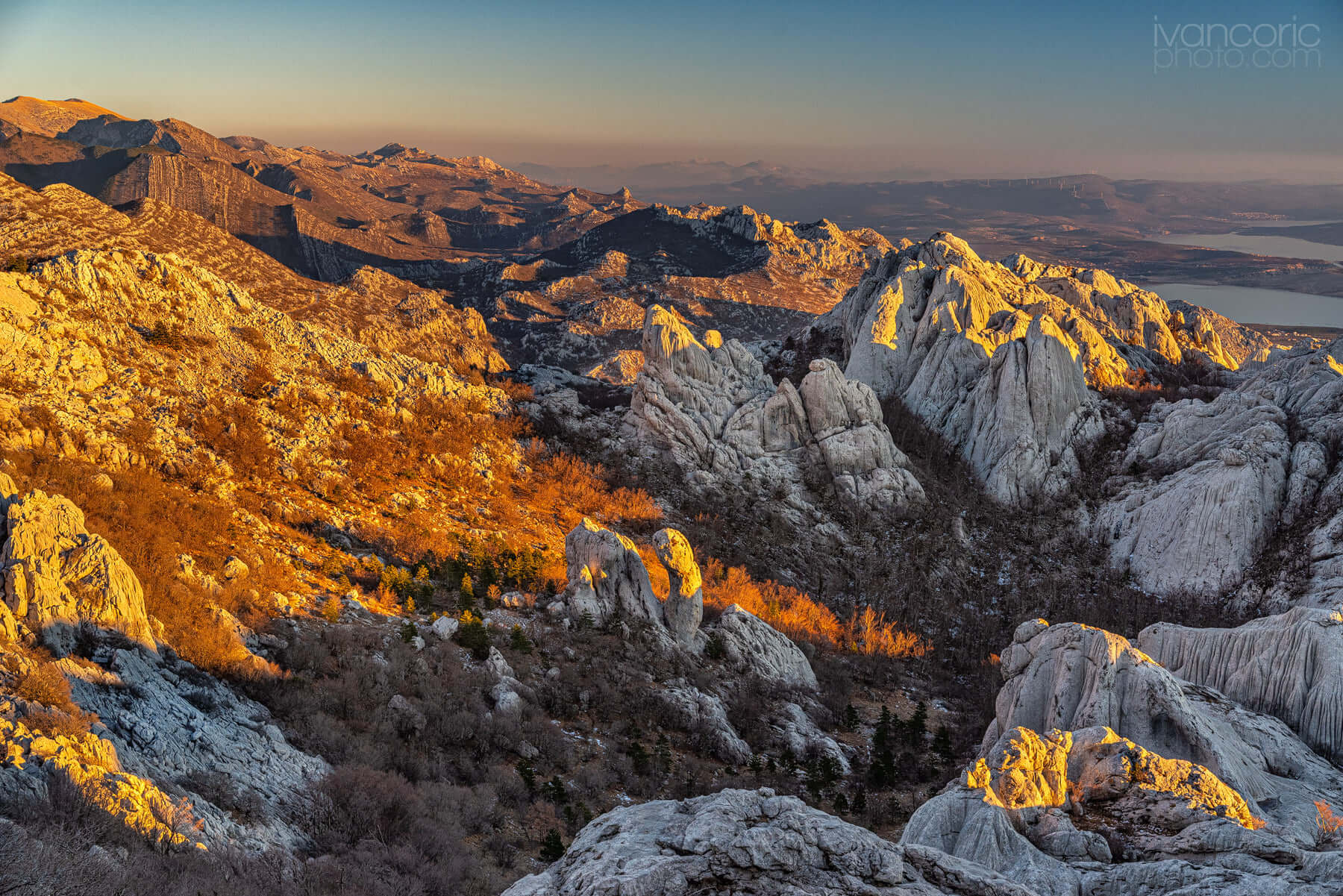 Bojinac © Ivan Coric Photography
Bojinac © Ivan Coric Photography
For more about Paklenica National Park, look here
Kloštar Podravski, Podravina and Koprivnica-Križevci County
 © Ivan Nemet
© Ivan Nemet
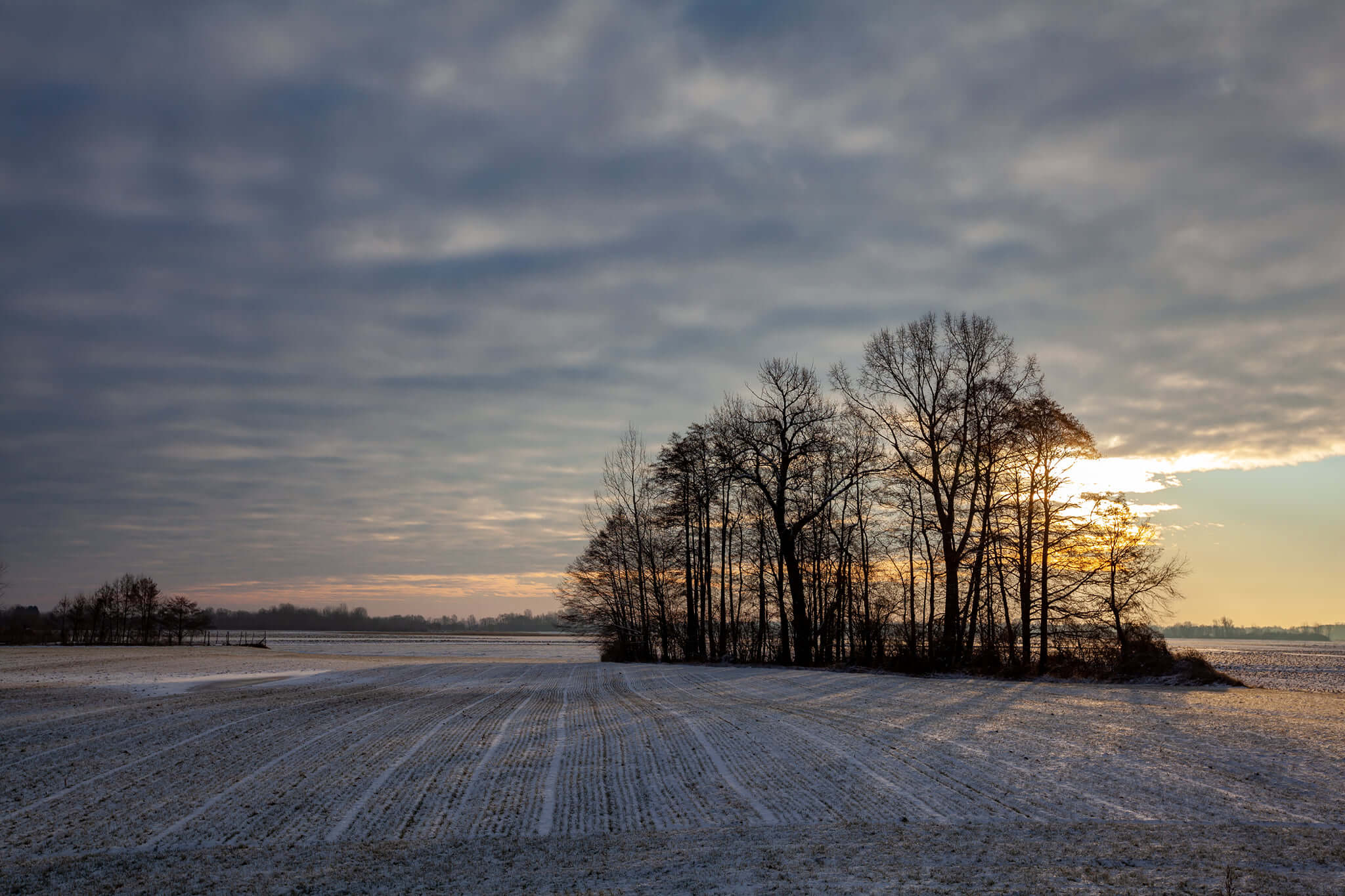 © Ivan Nemet
© Ivan Nemet
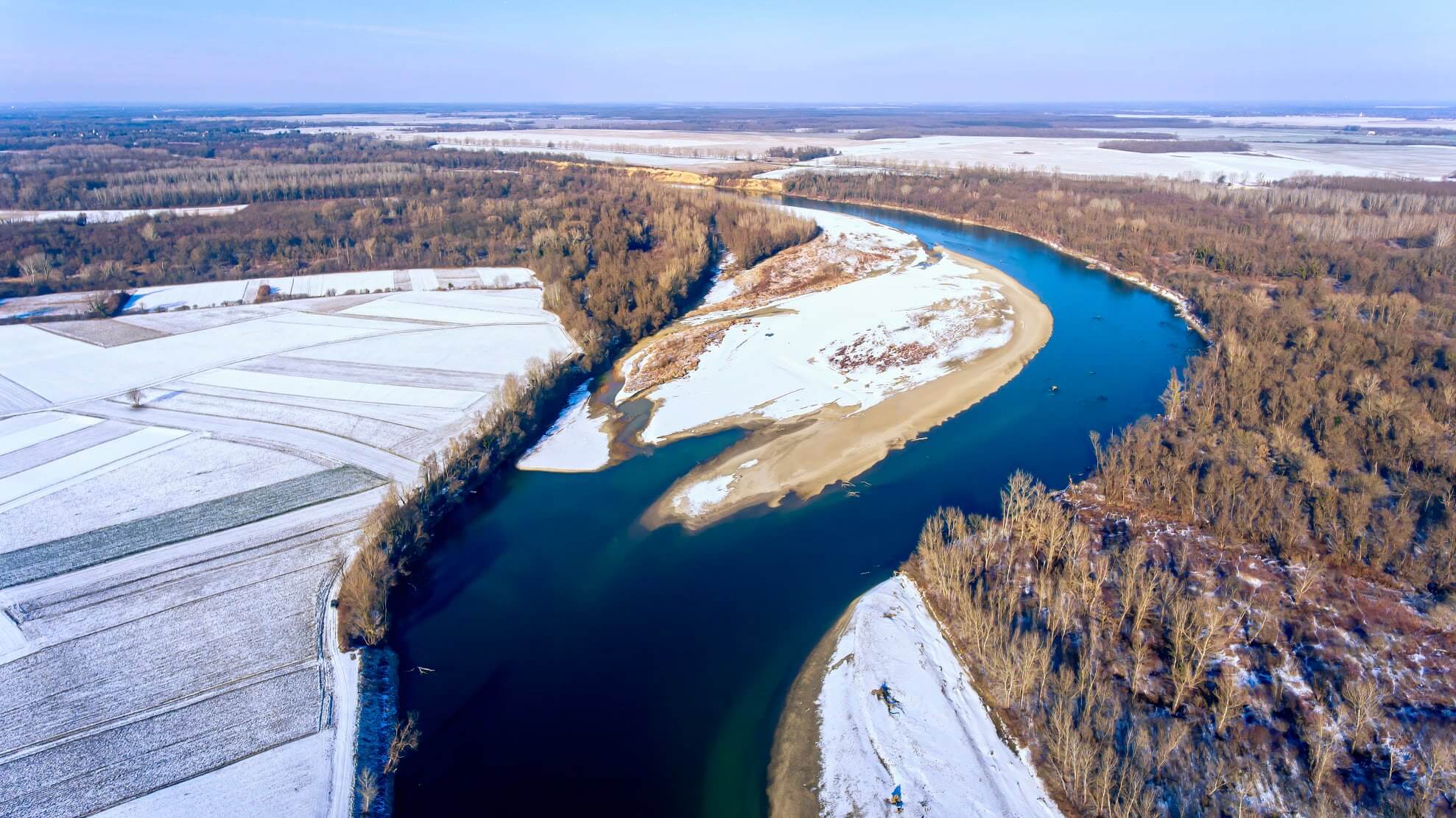 © Ivan Nemet
© Ivan Nemet
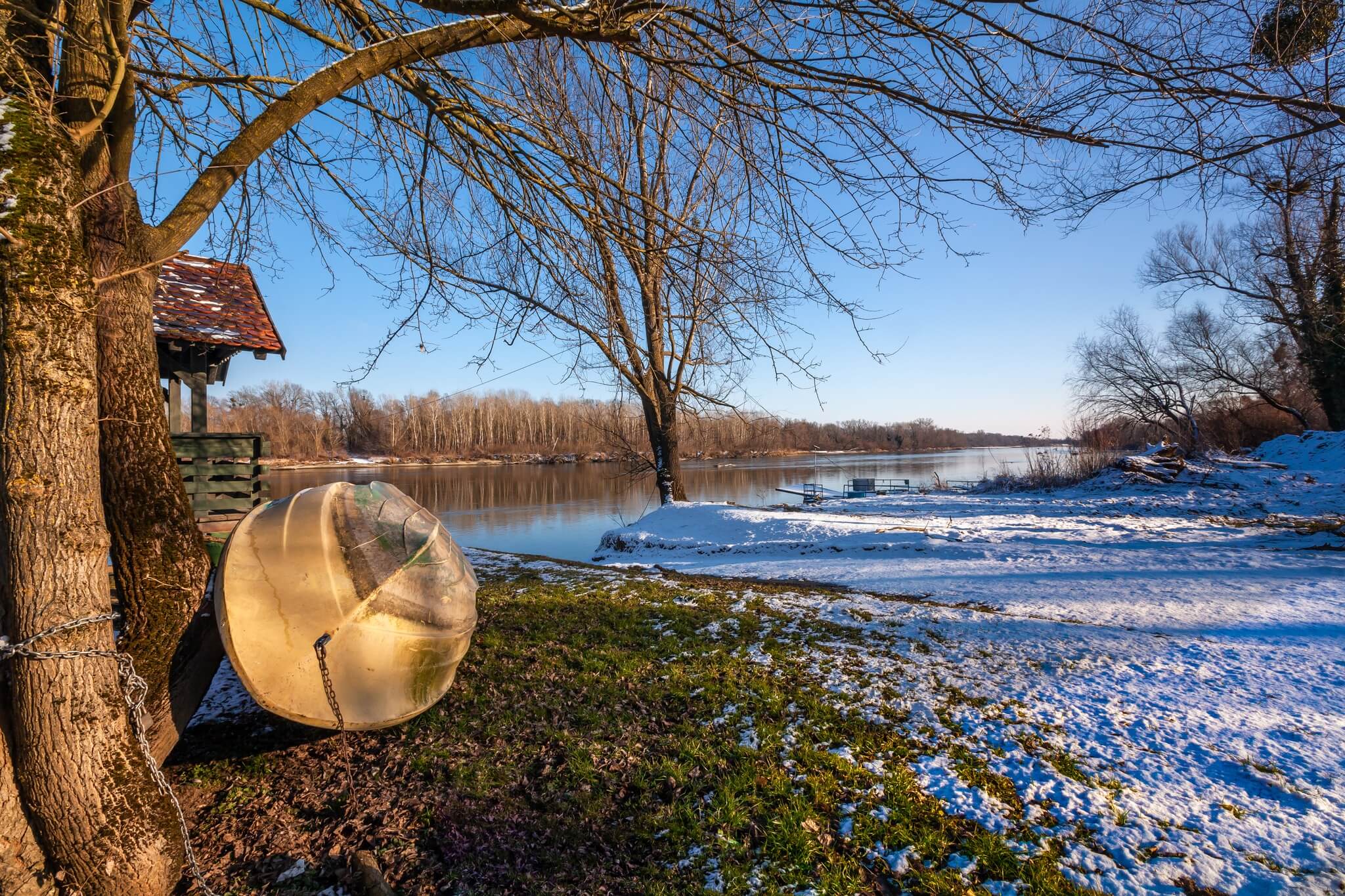 © Ivan Nemet
© Ivan Nemet
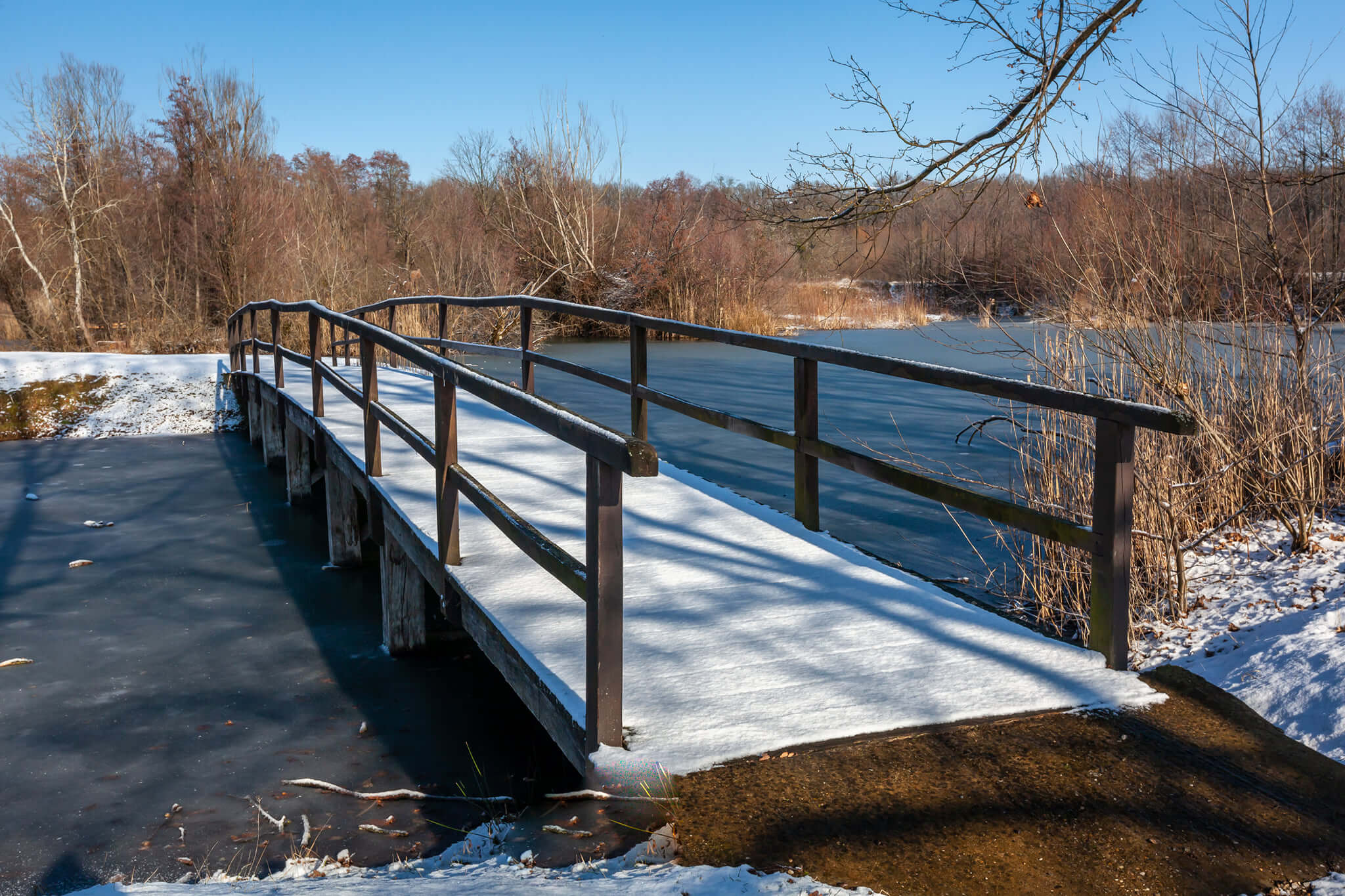 © Ivan Nemet
© Ivan Nemet
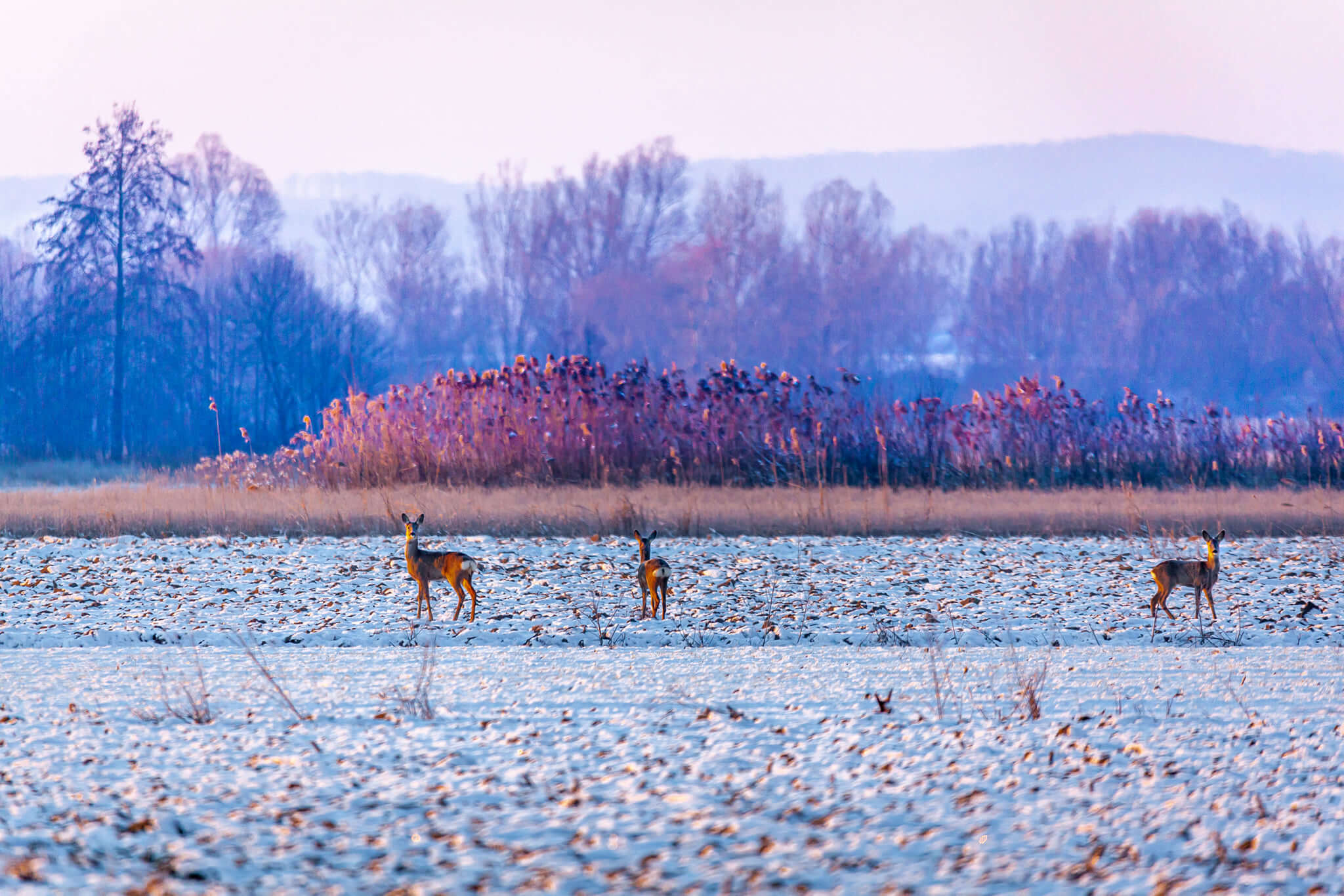 © Ivan Nemet
© Ivan Nemet
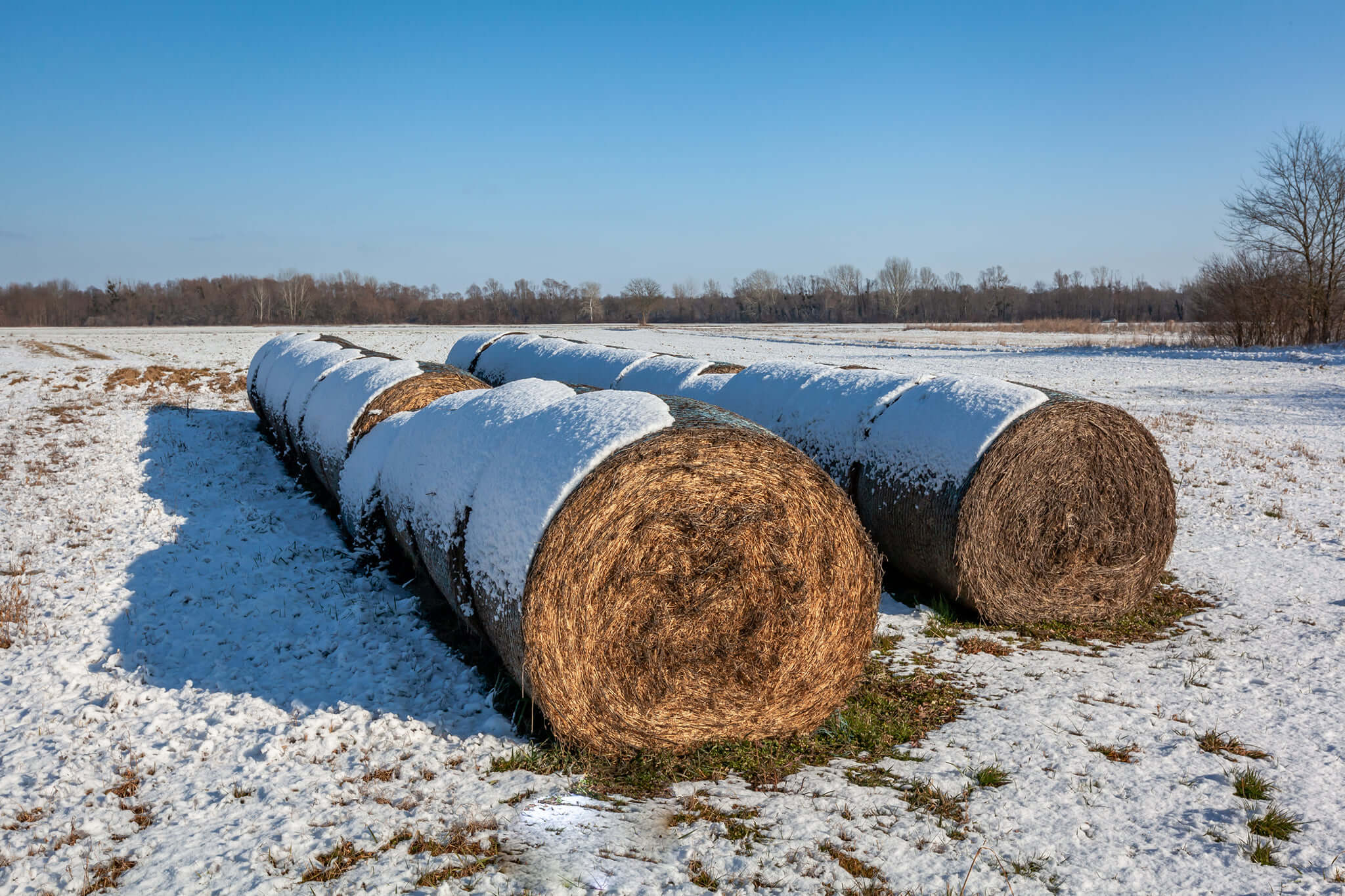 © Ivan Nemet
© Ivan Nemet
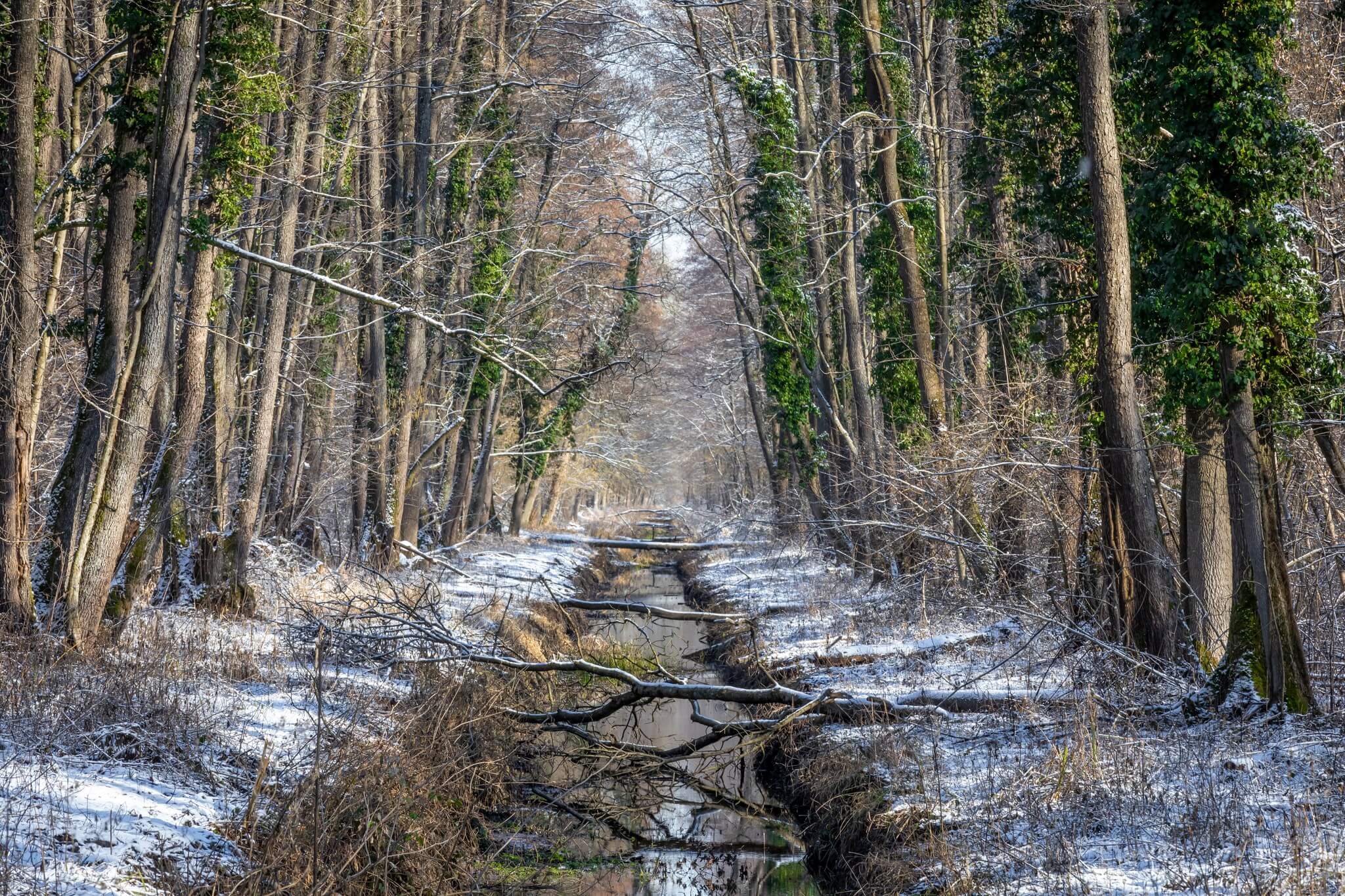 © Ivan Nemet
© Ivan Nemet
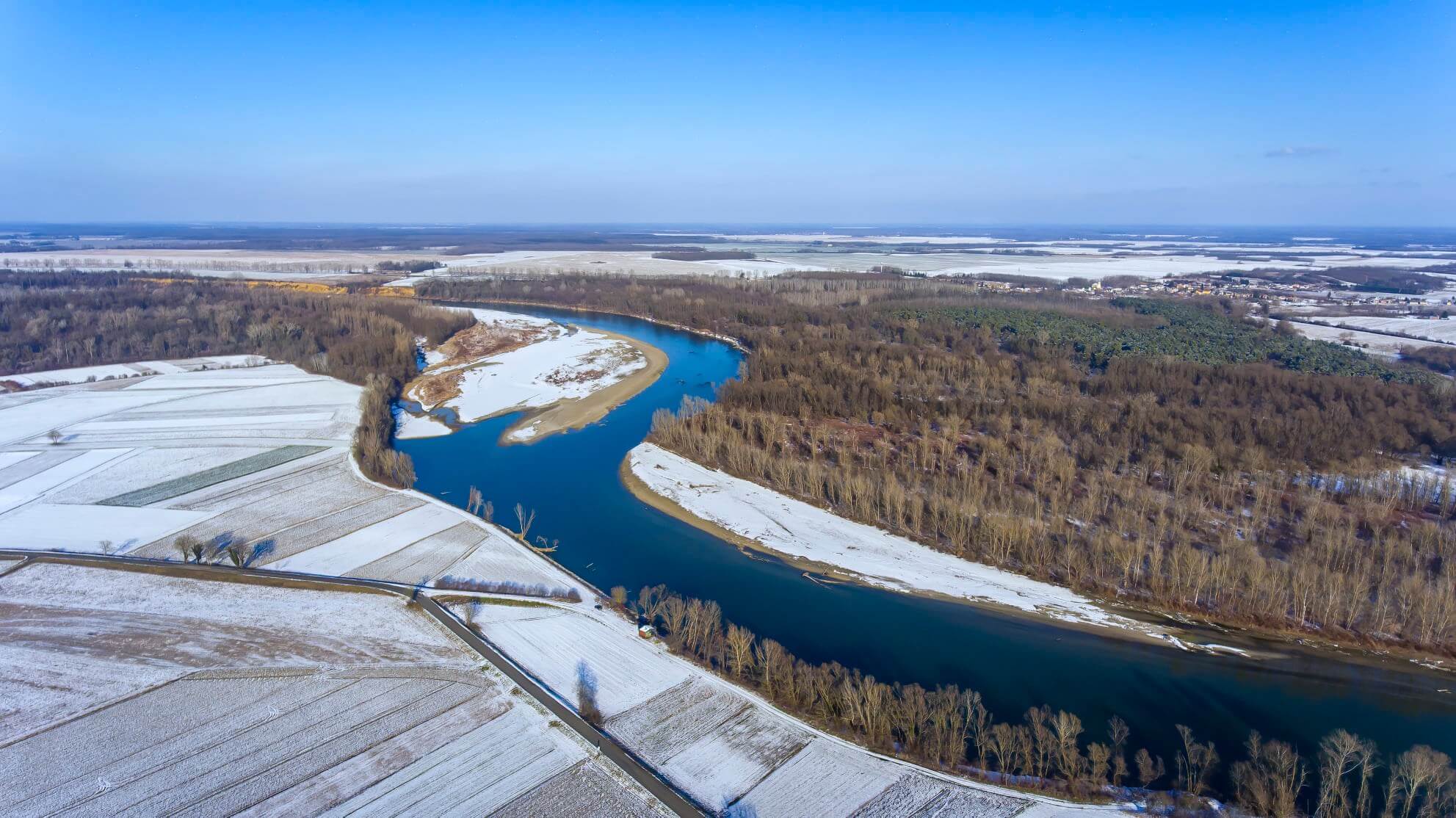 © Ivan Nemet
© Ivan Nemet
For more about the Drava river in Koprivnica-Križevci County look here. For more about the area of Podravina containing Kloštar Podravski and Đurđevac, look here
Slavonski Brod
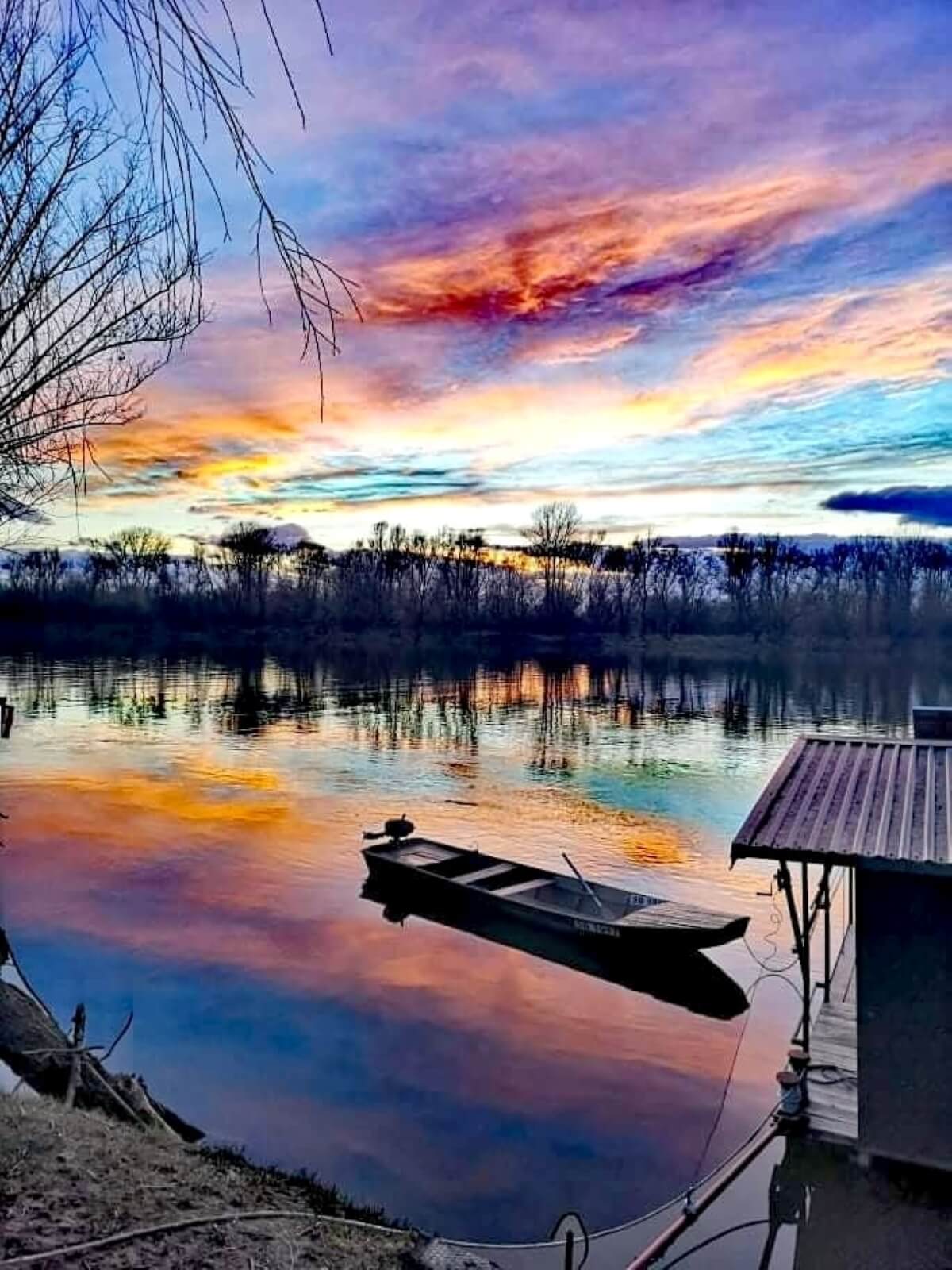 © Mirna Šikić
© Mirna Šikić
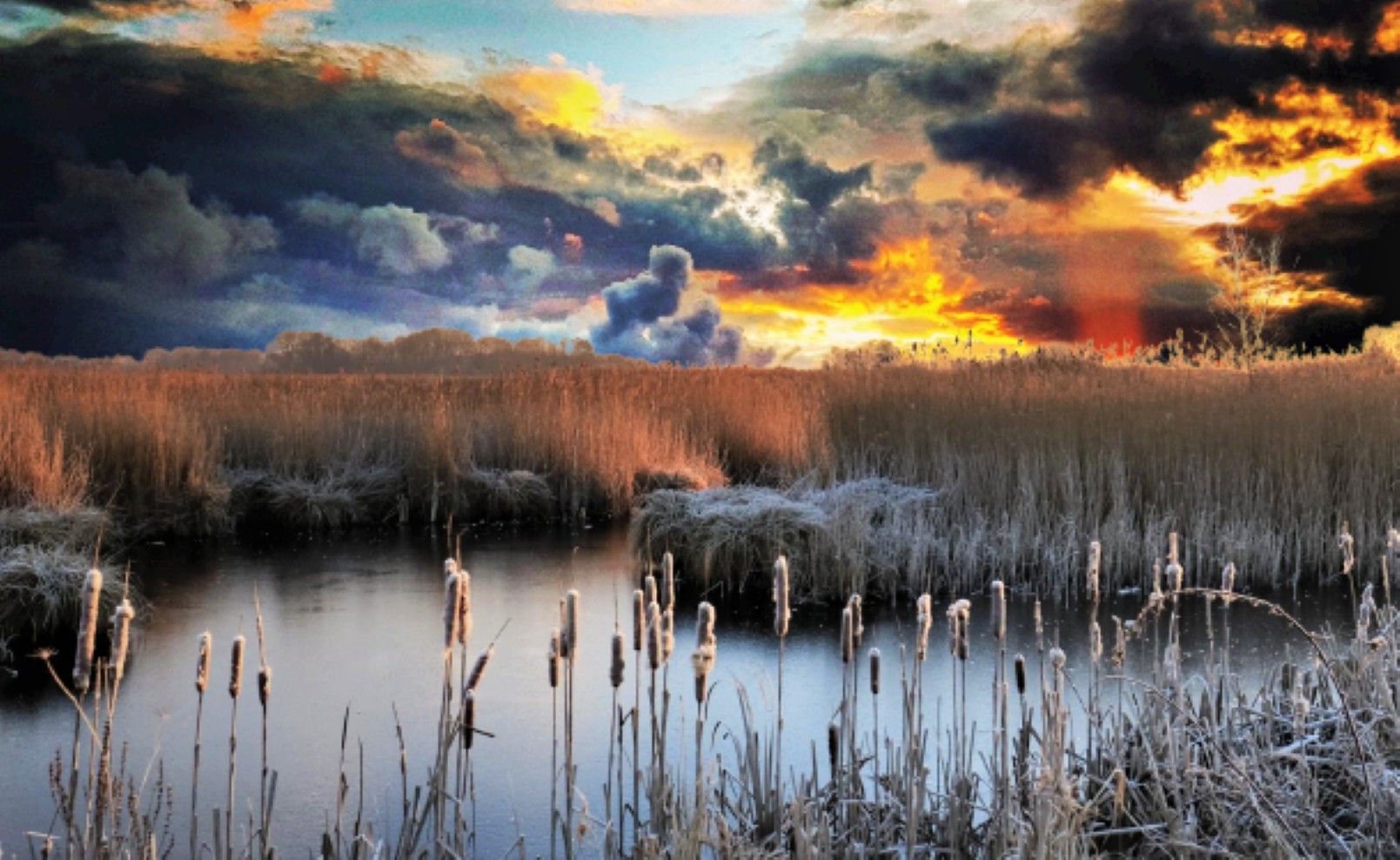 The wetlands and ponds in Oriovac near Slavonski Brod are not only home to fish - over 50 species of birds visit these waters © Antun Lukšić
The wetlands and ponds in Oriovac near Slavonski Brod are not only home to fish - over 50 species of birds visit these waters © Antun Lukšić
For more about Slavonski Brod, look here
Žumberak-Samoborsko gorje Nature Park
 The high peak of Sveti Gera, on the western edge of Žumberak-Samoborsko gorje Nature Park © Domagoj Novosel
The high peak of Sveti Gera, on the western edge of Žumberak-Samoborsko gorje Nature Park © Domagoj Novosel
The author would like to thank each of the photographers who kindly loaned their work to him for this article
Coastal Zagreb Fantasy: Delete Sava River, Insert Gulf into Kvarner Bay
September 24, 2021 - Can you imagine if Zagreb had a coastline instead of being landlocked? TCN reporter Ivor Kruljac shares his coastal Zagreb fantasy through the magic of really, genuinely terrible photoshop.
With autumn officially here, both on the calendar and evidenced by less stable weather, Zagreb is returning back to the spotlight. Students are arriving from all over to the biggest university in the country, and Zagreb is also a city where many come for job opportunities outside of the tourist season. Add the fact that as capital, Zagreb is also the centre of politics, science, culture, art, economy, and more, makes the city the place to be. It is the beating heart of the country (although many would agree that further decentralisation should be welcomed).
However, despite being a big, metropolitan, open-to-diversity city, Zagreb is far from perfect. Many issues were left unchanged by the late Mayor Milan Bandić (followed by a series of alleged corruption arrests), expensive real estate, and other political and social troubles one can expect in a big city. That said, a much bigger problem for this writer is that Zagreb sadly isn't a coastal city.
Imagine how awesome would it be if Zagreb had its own exit to the Adriatic Sea, combining all the benefits of a capital city with the seaside. The joy of the Adriatic air, sea-trade transport income, maybe a bit of fishing, and of course, places to jump in and swim and chill on a hot summer day (yes, there are the Bundek and Jarun lakes, but that's just not it).
It's a fantasy I couldn't which more more, particularly during heat waves which can be absolutely unbearable in Zagreb.
The little gulf that could...
So, how would that work outside of mere wishful thinking?
Well, there is a simple natural explanation that would relieve Zagreb of its land locked status, if only it had happened at the right place. The gulf.
As defined by Meriam-Webster, a gulf is a part of an ocean or sea extending into the land. In international terms, the Gulf of Mexico is the biggest gulf in the world, with an impressive 5,000 kilometre long coastline. Croatia has countless bays, such as Kvarner Bay. While Britannica warns that the difference between gulf and bay is not clearly defined, it is implied that bays are much smaller than gulfs. Following that, we can establish the fact that Croatia currently has bays, but not gulfs.
However, imagine if there was a gulf through Primorje-Gorski kotar County, all the way from Kvarner Bay (by the south side of Krk Island) to Zagreb (which could be called Zagreb Bay). It wouldn't break any world records, but it would allow Zagreb an exit directly to the Adriatic sea. Have a look yourself at this terribly photoshopped map of Croatia.
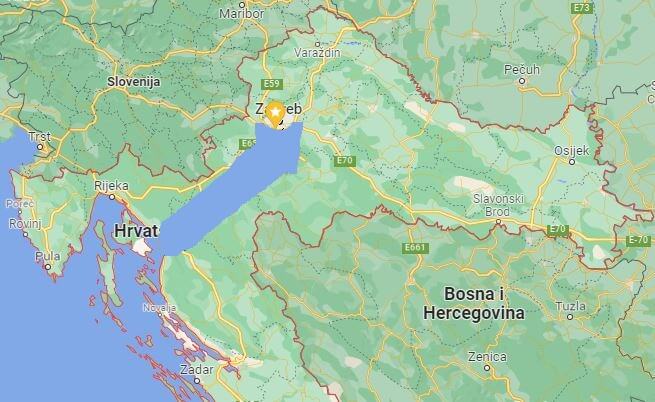
An illustration of the imaginary Gorski kotar Gulf © Ivor Kruljac / Total Croatia News
The gulf could be called the Gorski kotar Gulf. And yes, this alternate reality would sink a significant number of small towns and villages, but the benefits of the gulf wouldn't contribute only to Zagreb. The population could settle along the gulf and live from fishing and from the trade provided by these connections. Who knows, maybe the economy would be better.
Zagreb's island and natural lakes
How would Zagreb look with this geographical twist? Well, Zagreb is currently divided into the old town and Novi (new) Zagreb via the Sava river. But, with the gulf imagined as portrayed (terribly) on a photoshopped Google map, the Sava would be gone. Novi Zagreb would be an island in Zagreb Bay, while the old town would have an exit to the sea and be connected by land to Northern Croatia. The bridges across the Sava would, in this reality, go over Zagreb's channel.
In order for it to work, Jarun lake, located to the west of the old town, as well as Bundek lake in Novi Zagreb, should probably be natural lakes instead of artificial ones to provide water for the population in the past, allowing for the very first human settlements. The south of Novi Zagreb, given the depth of sea it would have in this little fantasy world, could serve for bigger cargo ship traffic while the Zagreb challen between the two sides (where the Sava currently flows) could be used for smaller boats and, of course, swimming and enjoying the refreshing seawater.
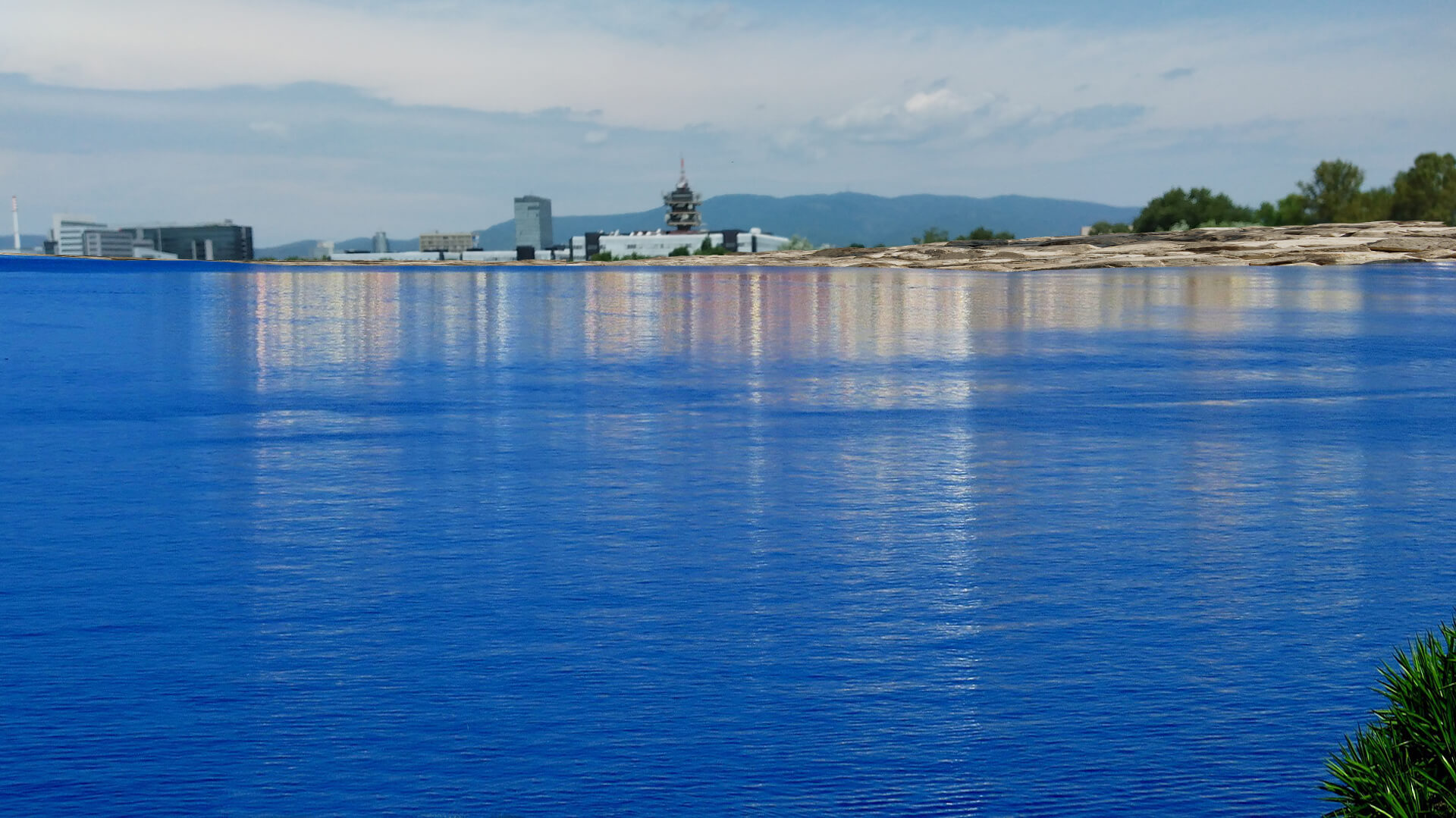
The view of the "coastal" Zagreb channel instead of the Sava river © Ivor Kruljac / Total Croatia News
The pollution-block
Given the fact that eastern Zagreb is both an industrial zone and also has the Jakuševac junkyard from the Novi Zagreb side, the waters in Zagreb clearly wouldn't be the cleanest in the country. Similar to the industrial Rijeka, whose residents often go to nearby Opatija or Lovran to enjoy the cleaner side of the Adriatic.
It's often noted that locals who actually live in coastal cities don't really go swimming that often. Maybe the same thing would apply to the imaginary coastal Zagreb's citizens too? In reality, we will never know as Zagreb is as landlocked as Switzerland or Austria is. But, one can dream big before accepting reality and booking a holiday on the lovely coast Croatia already has.
Given how beautiful the coast already is, it's not good to get too greedy.
Yes, Zagreb doesn't have a sea, but it has so many other interesting things to see and do. Learn more in our TC guide.
For more about lifestyle in Croatia, follow TCN's dedicated page.
PHOTOS: Epic Croatia Weather Photography Stuns The World
December 20, 2020 – The 13 winners of the incredibly popular World Meteorological Organization annual competition have just been announced, and two fine pieces of Croatia weather photography are among them. These spectacular images of Croatia weather photography show all 9 Croatian photographs which reached the final in 2020 and all 10 Croatian finalists who similarly stunned the global audience in 2019
Croatia weather photography: the two newly announced winners from the 2020 competition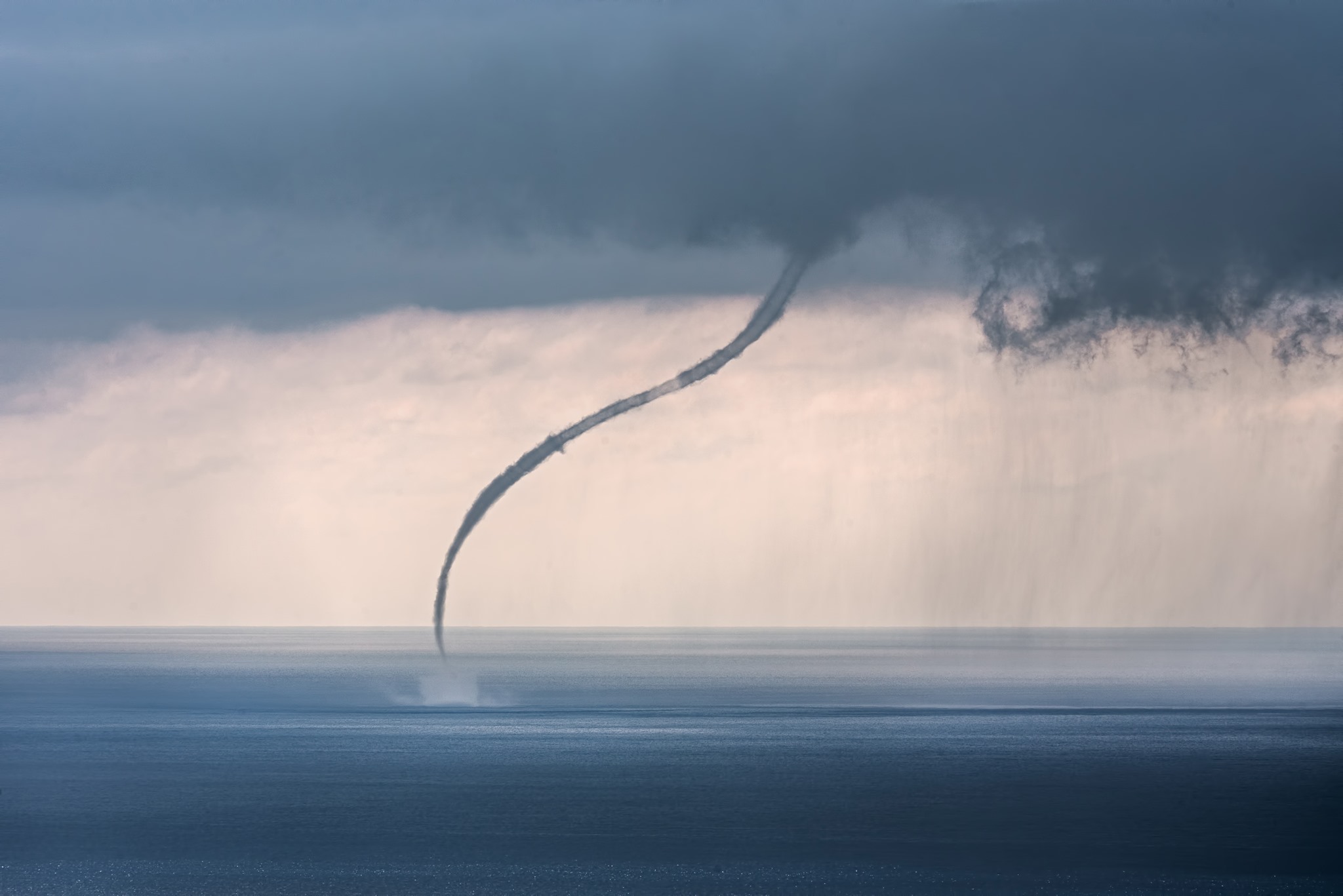 Photographer: Sandro Puncet Photo taken: Losinj island
Photographer: Sandro Puncet Photo taken: Losinj island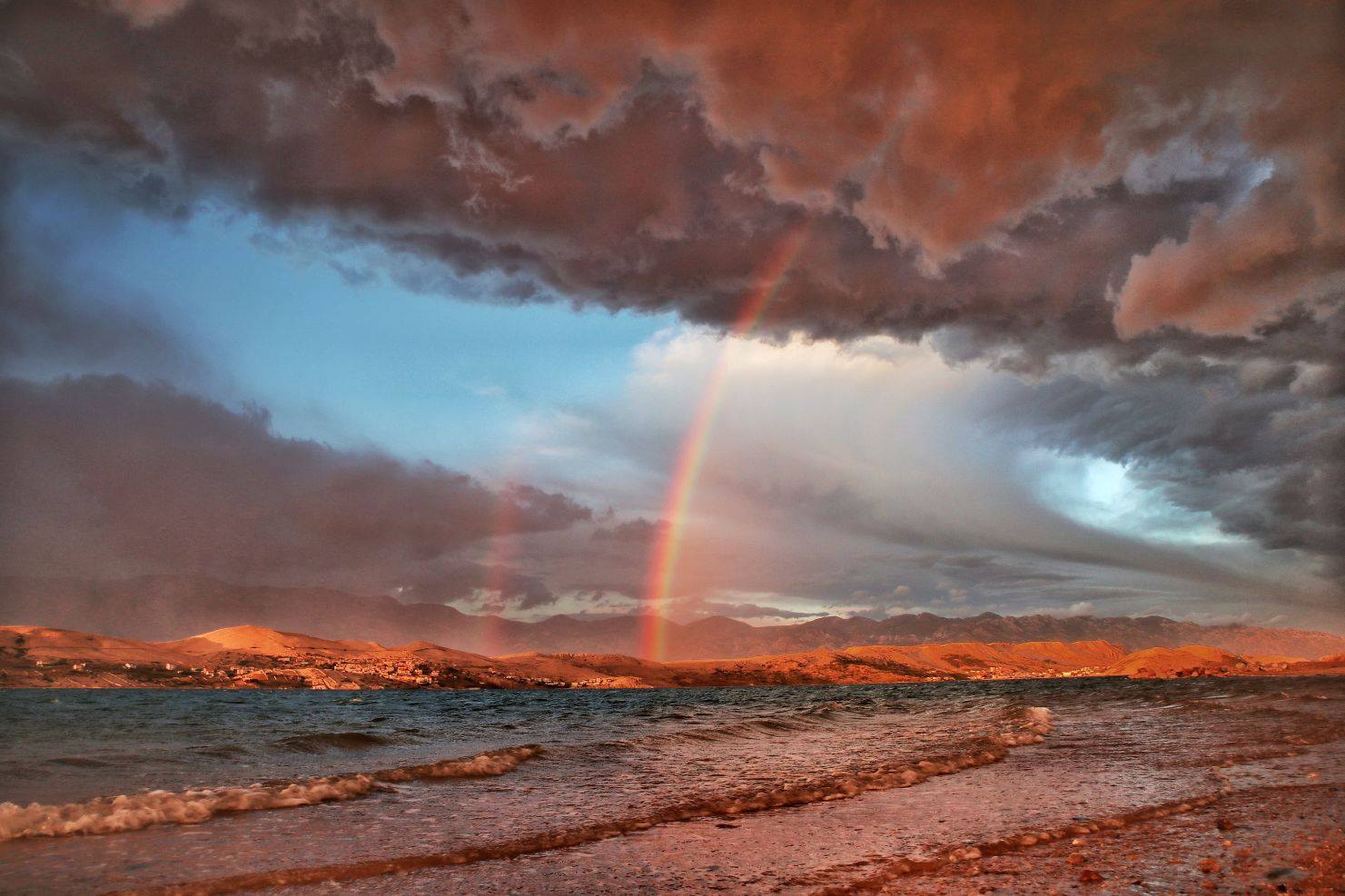 Photographer: Zrinka Balabanic Photo taken: Pag island
Photographer: Zrinka Balabanic Photo taken: Pag island
Thanks to its popularity as a tourist destination, lots of people are now used to seeing beautiful photos of Croatia. Although, the images they usually see are of idyllic beaches, cloudless skies, stunning nature and turquoise blue seas. But, as anyone who knows the country will tell you - and as these photos show - Croatia isn't always like that.
Croatia weather photography: the two newly announced runners-up from the 2020 competition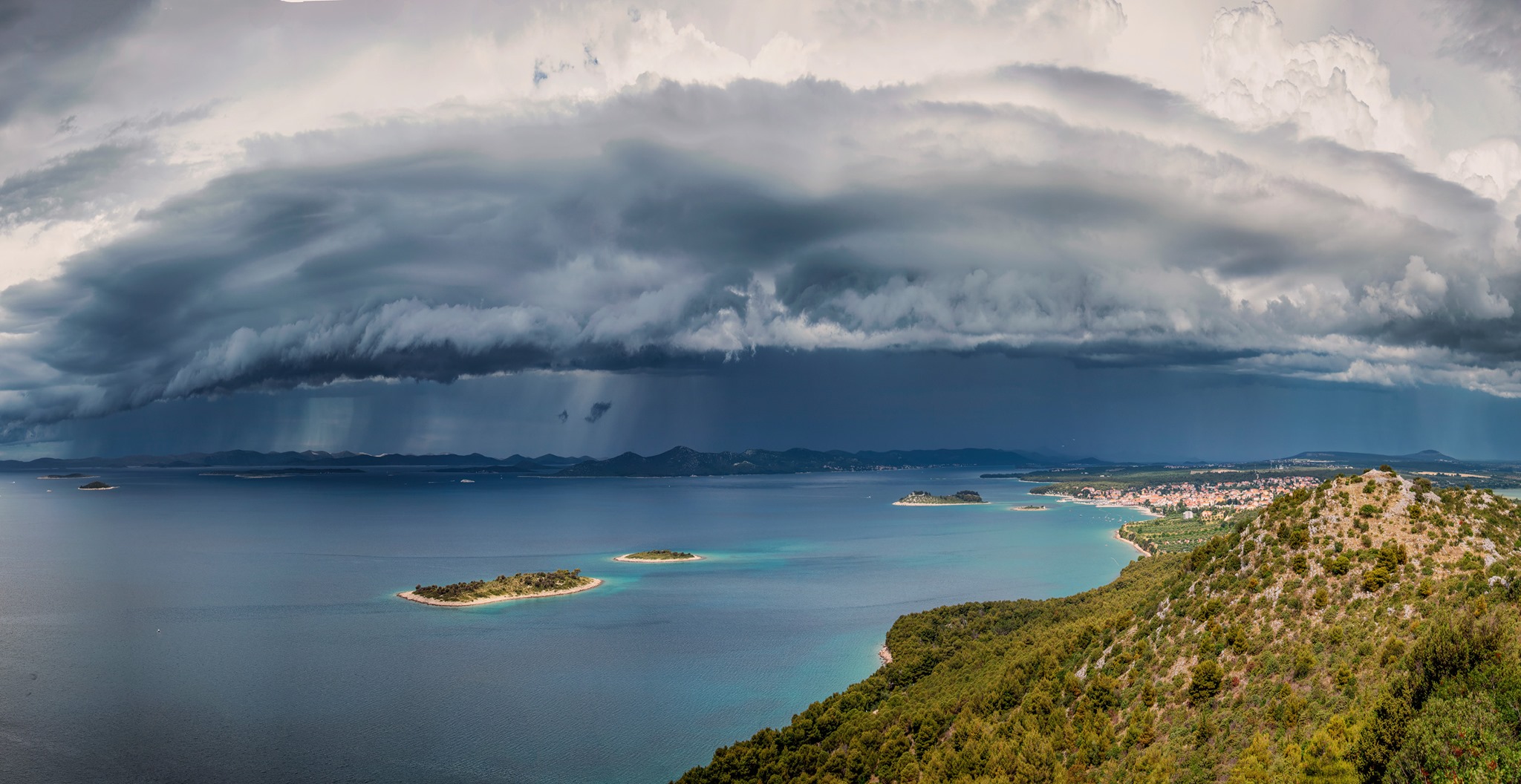 Photographer: Šime Barešić Photo taken: Drage, Pakostane
Photographer: Šime Barešić Photo taken: Drage, Pakostane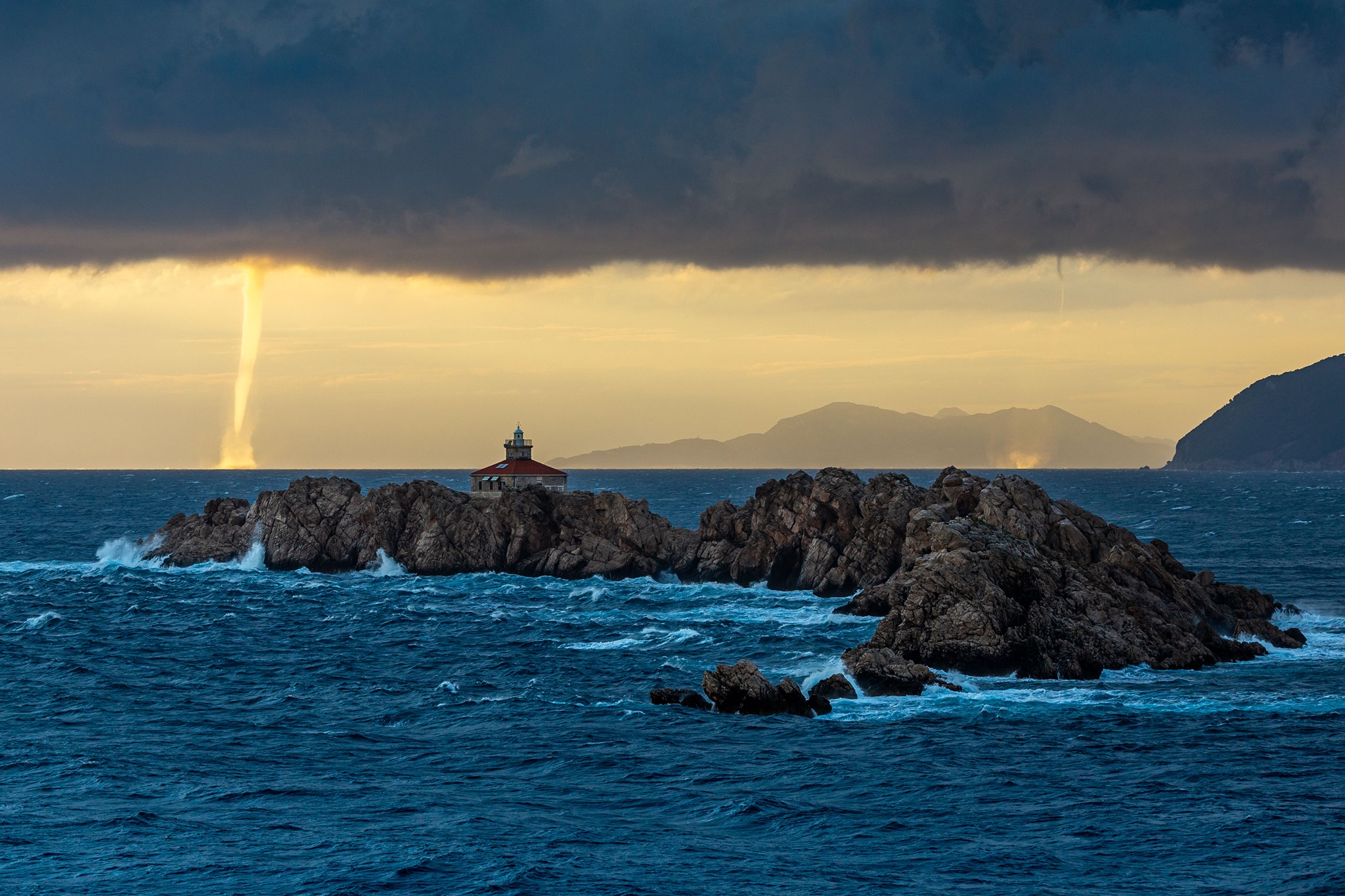 Photographer: Mislav Bilic Photo taken: Lapad Peninsula, Dubrovnik
Photographer: Mislav Bilic Photo taken: Lapad Peninsula, Dubrovnik
Out of season, Croatia can experience vastly different weather conditions to those advertised in travel brochures and blogs. And, whenever there's a spectacular weather occurrence, usually there's a photographer out there, braving the elements, trying to capture it.
Over recent years, some of the best Croatia weather photography has featured in the annual competition organised by the World Meteorological Organization. 2020 has been no different.
The other five Croatian finalists from the 2020 competition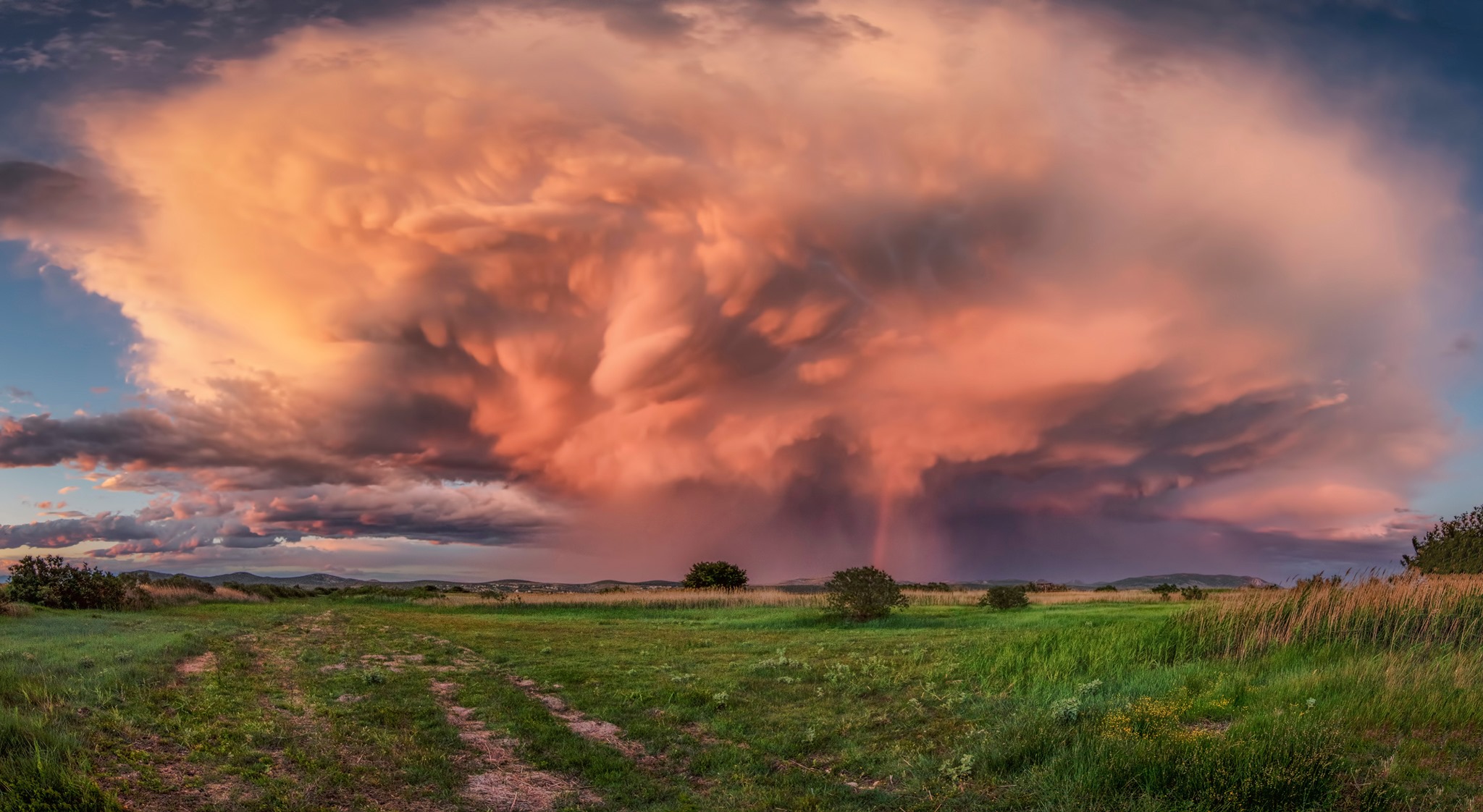 Photographer: Šime Barešić Photo taken: Drage, Pakostane
Photographer: Šime Barešić Photo taken: Drage, Pakostane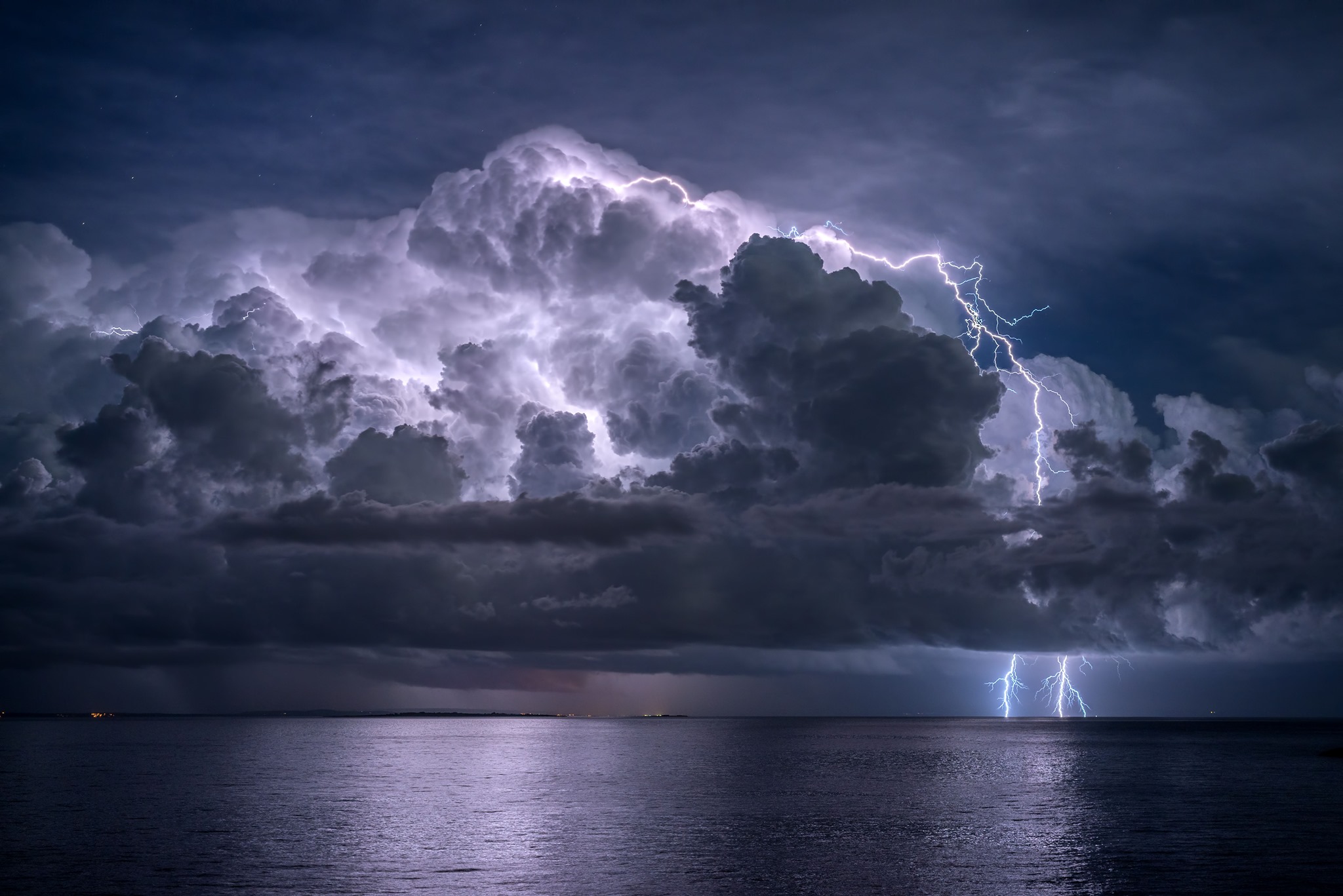 Photographer: Sandro Puncet Photo taken: Losinj island
Photographer: Sandro Puncet Photo taken: Losinj island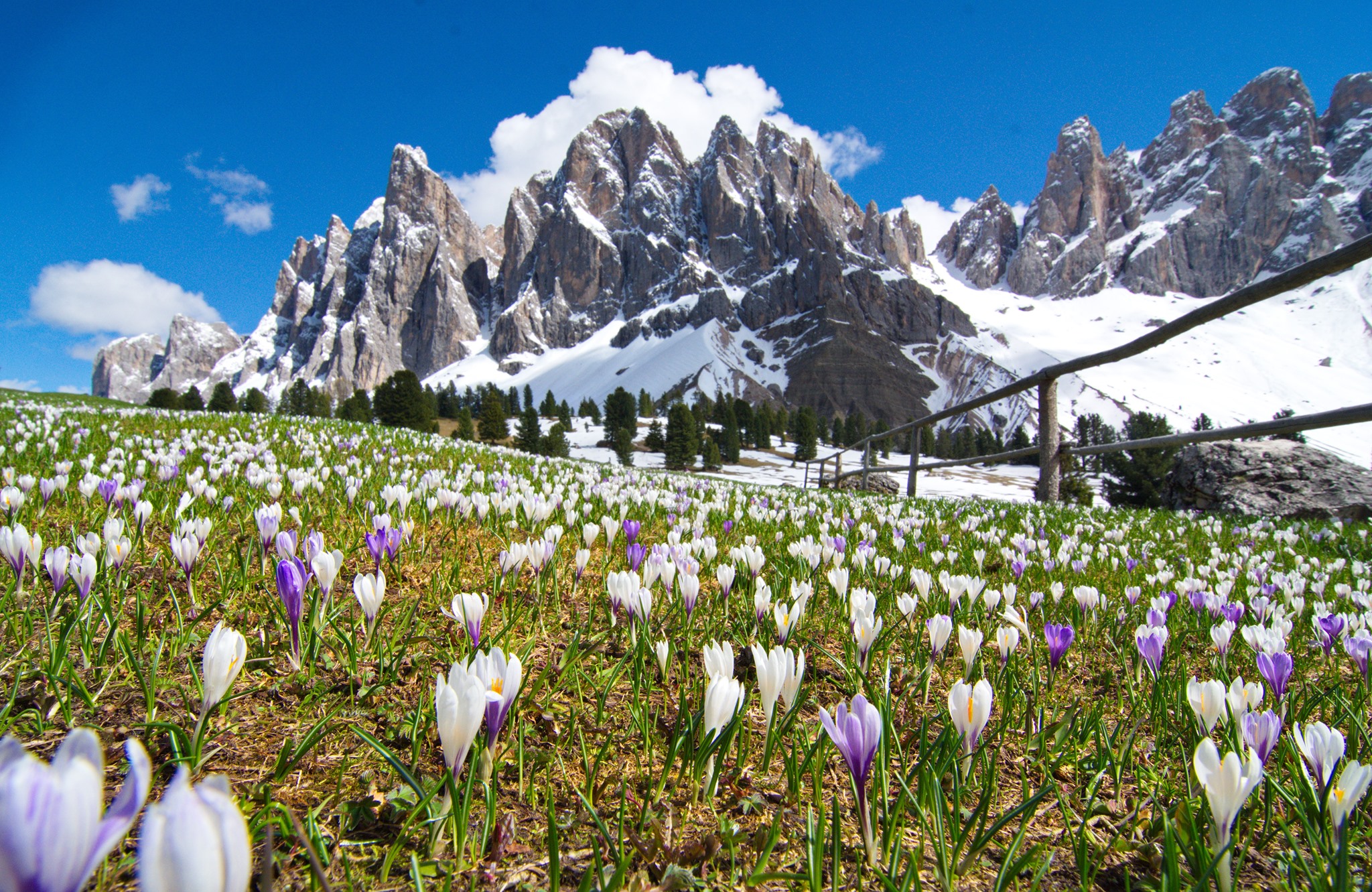 Photographer: Zoran Stanko Photo taken: Geisler Alm, Dolomites, Italy
Photographer: Zoran Stanko Photo taken: Geisler Alm, Dolomites, Italy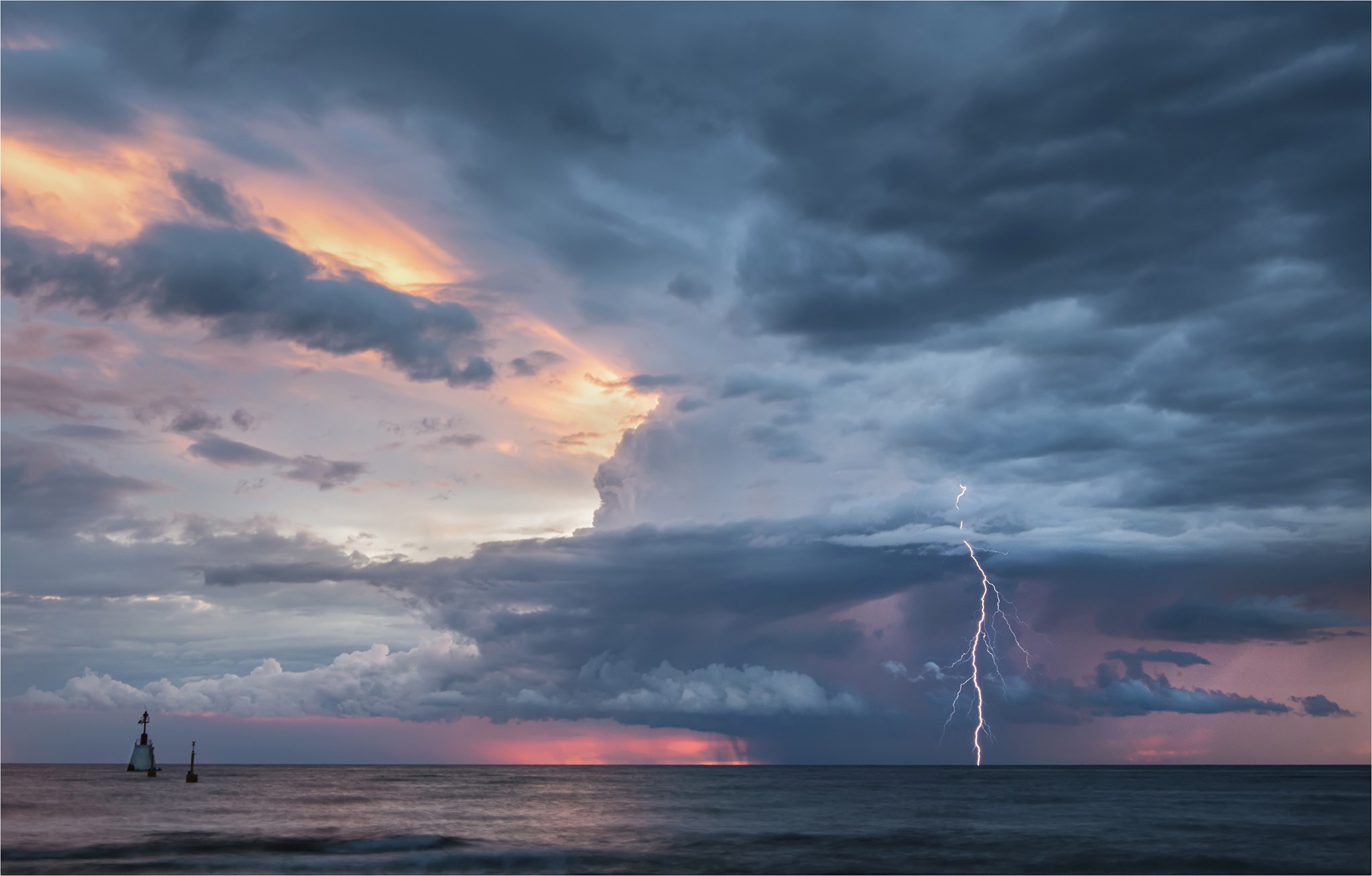 Photographer: Maja Kraljik Photo taken: Umag, Istria
Photographer: Maja Kraljik Photo taken: Umag, Istria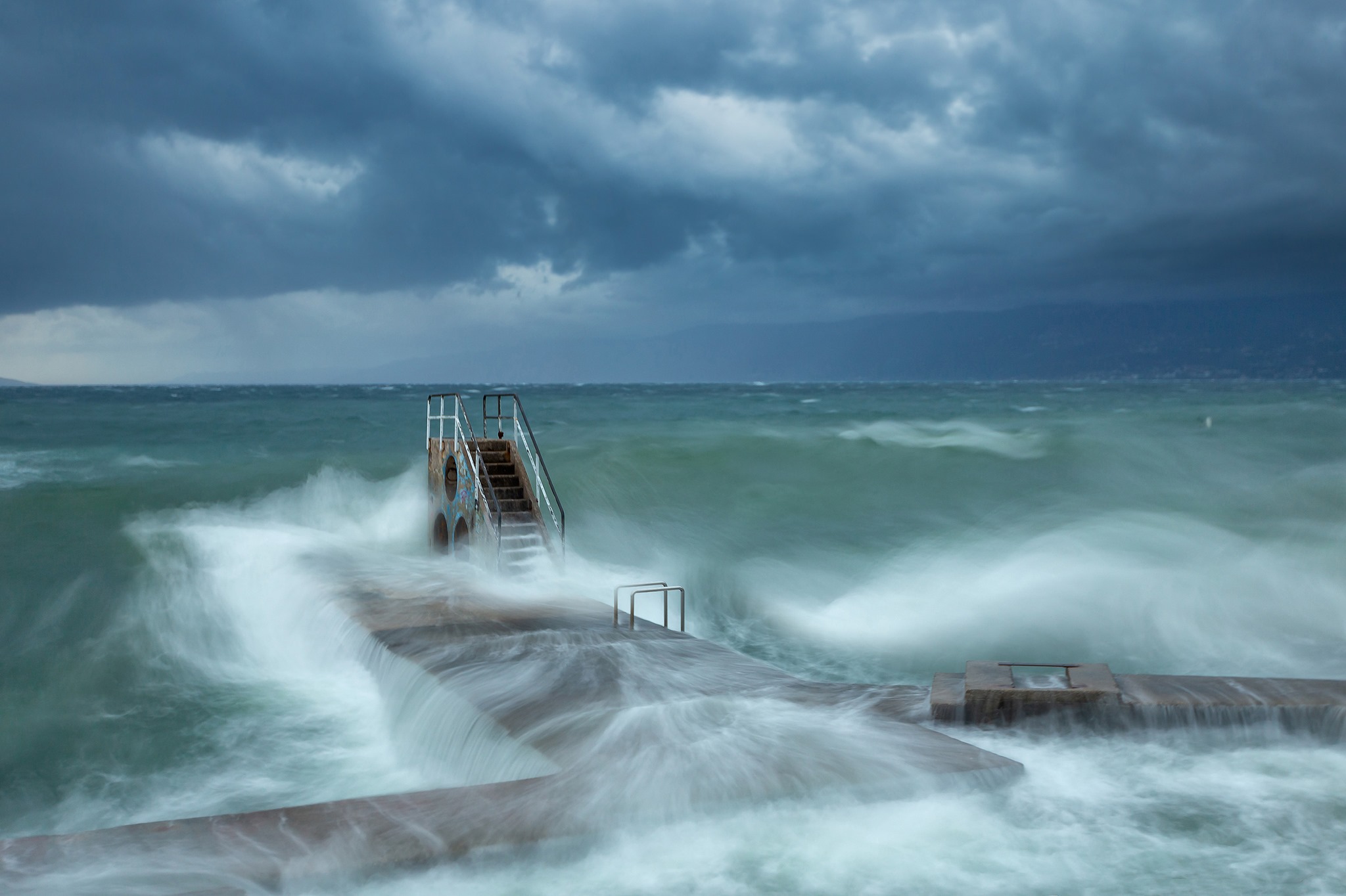 Photographer: Igor Popovic Photo taken: Rijeka
Photographer: Igor Popovic Photo taken: Rijeka
The winners of this year's competition have just been announced and the two fantastic examples of Croatia weather photography within the top 13 will take their place in the 2021 World Meteorological Organization calendar.
The 10 Croatian finalists from the 2019 competition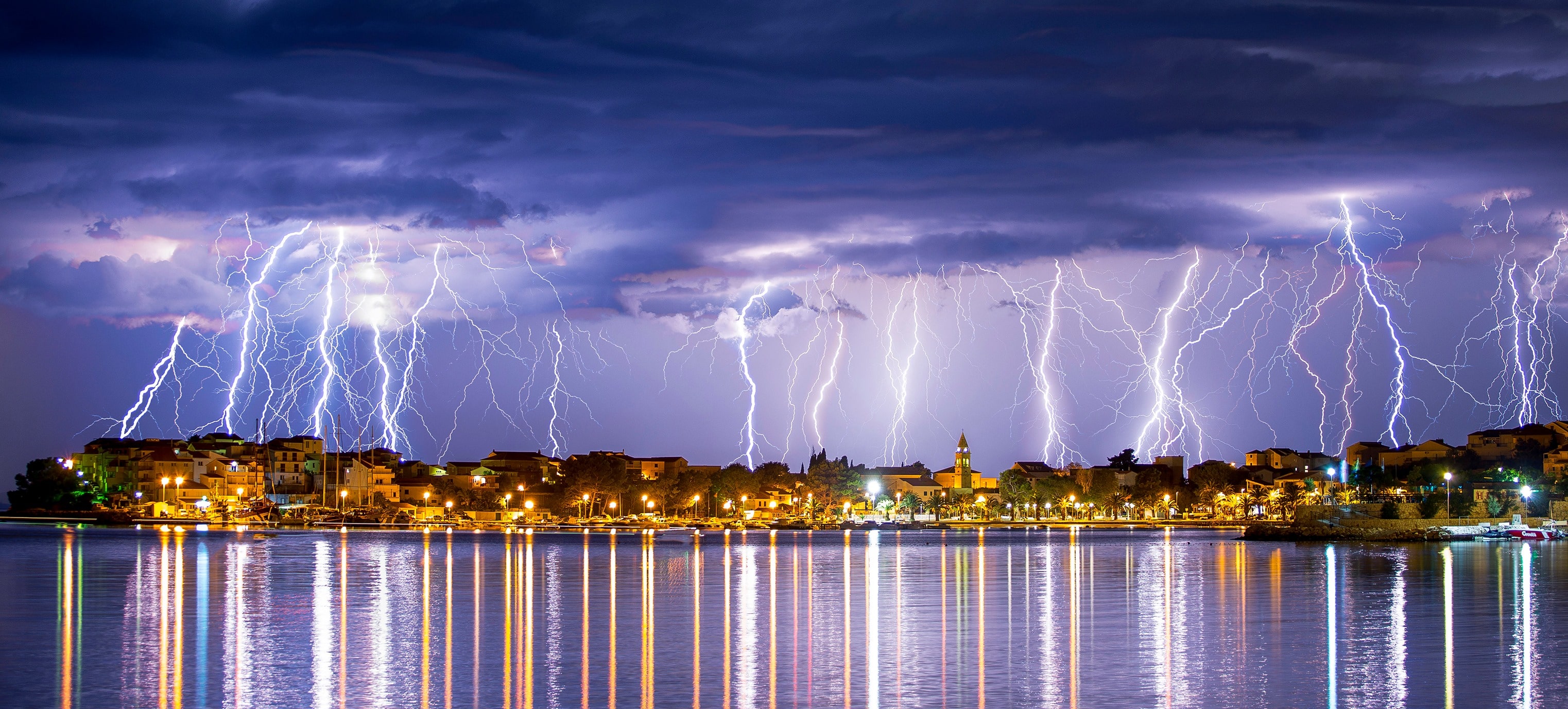 Photographer: Danica Sičič Photo taken: Srobreč, Dalmatia
Photographer: Danica Sičič Photo taken: Srobreč, Dalmatia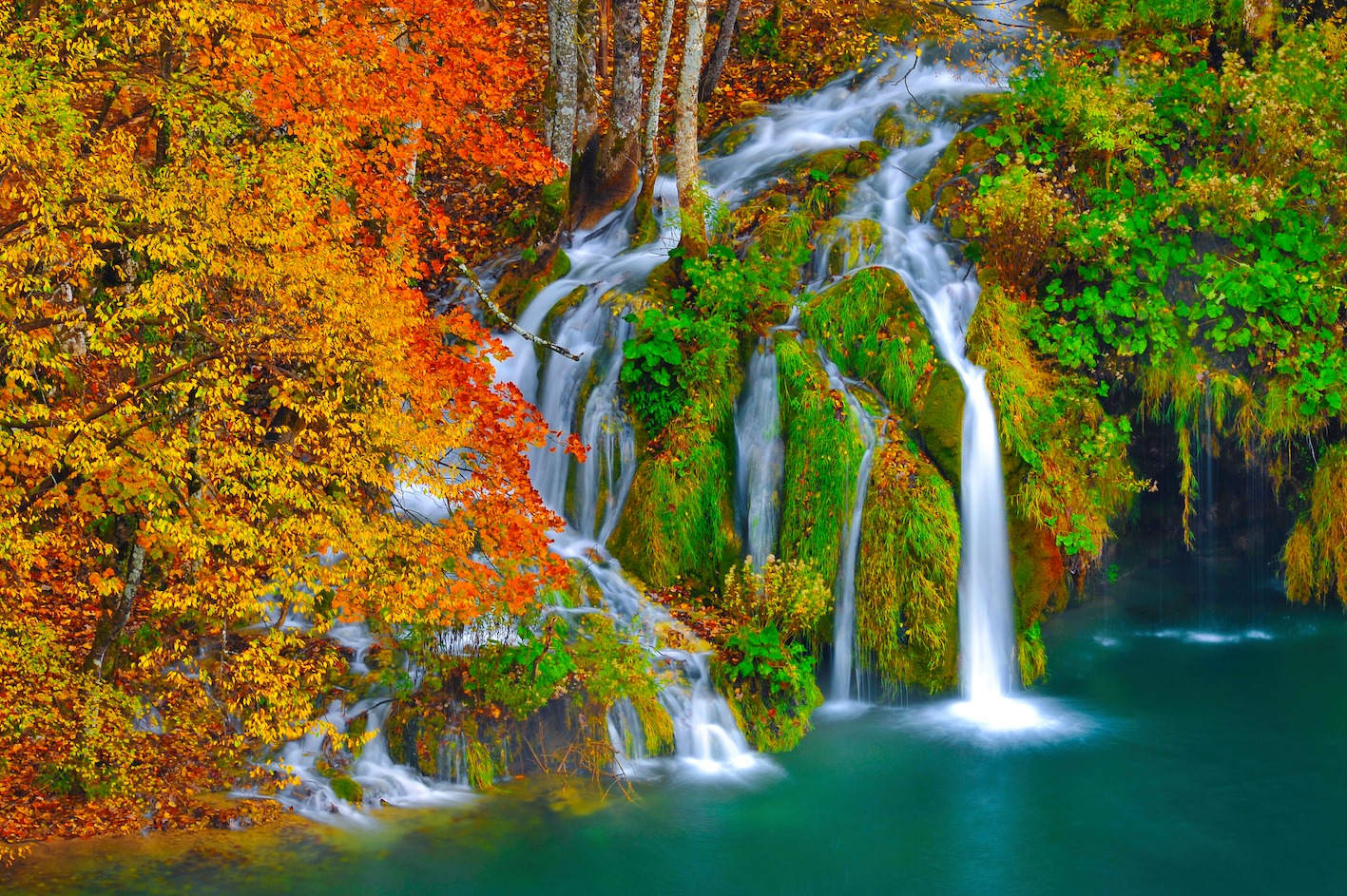 Photographer: Romeo Ibrišević Photo taken: Plitvice Lakes National Park
Photographer: Romeo Ibrišević Photo taken: Plitvice Lakes National Park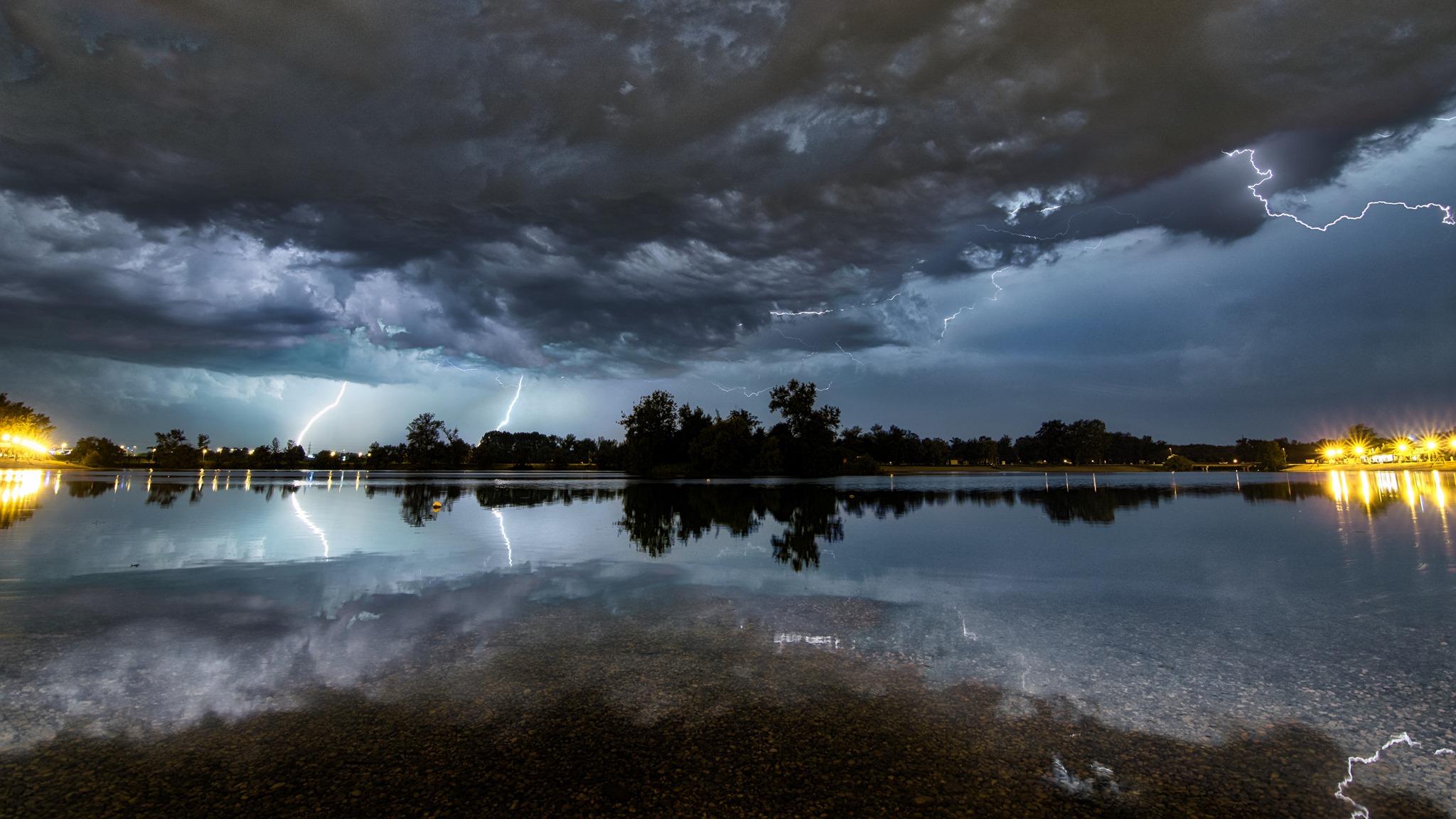 Photographer: Božan Štambuk Photo taken: Bundek park, Zagreb
Photographer: Božan Štambuk Photo taken: Bundek park, Zagreb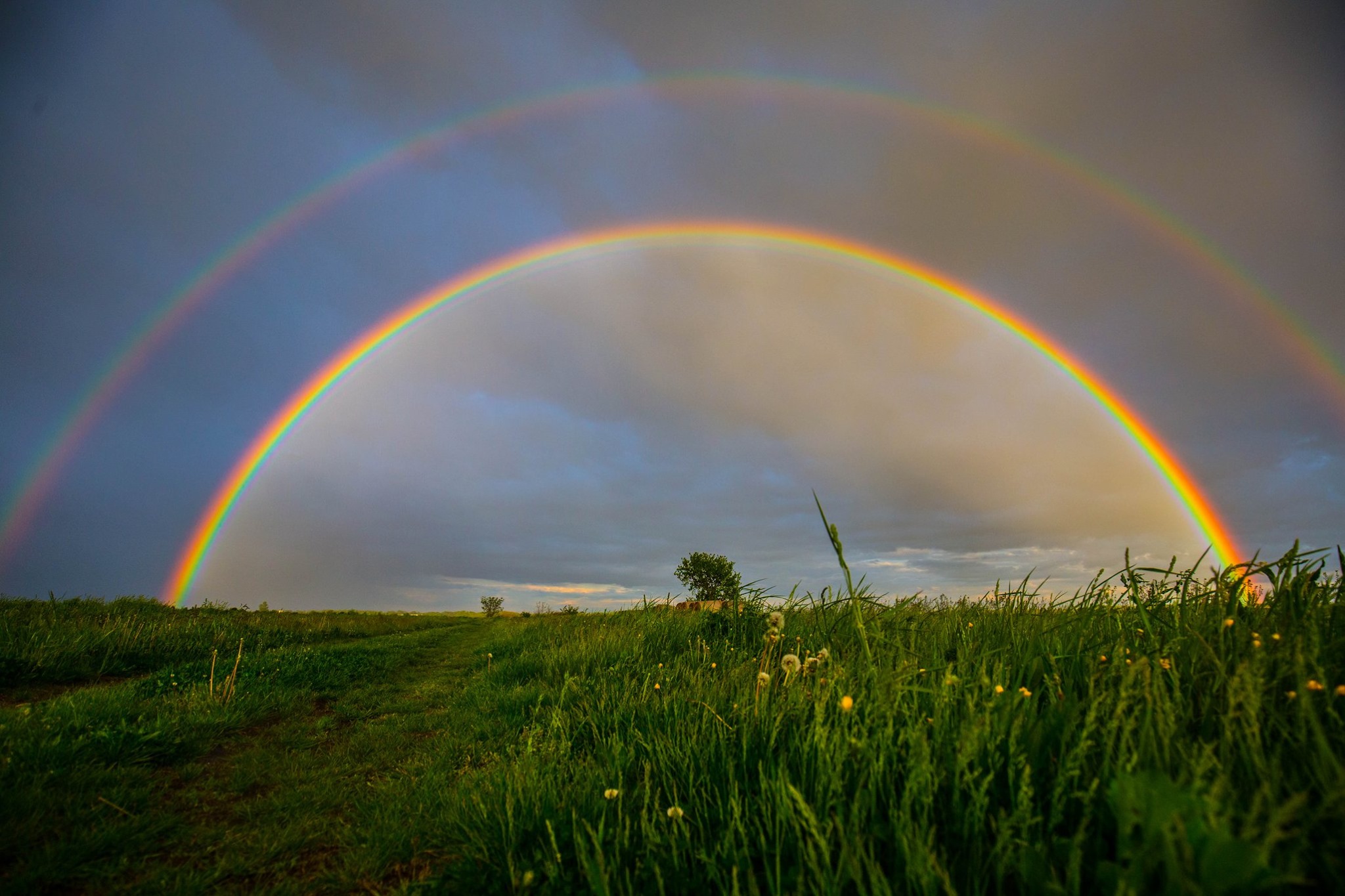 Photographer: Miroslava Novak Photo taken: Pribislavec, Međimurje
Photographer: Miroslava Novak Photo taken: Pribislavec, Međimurje
As well as the two winners, two further examples of Croatia weather photography came in the runner-up category, of which there were 12 in total.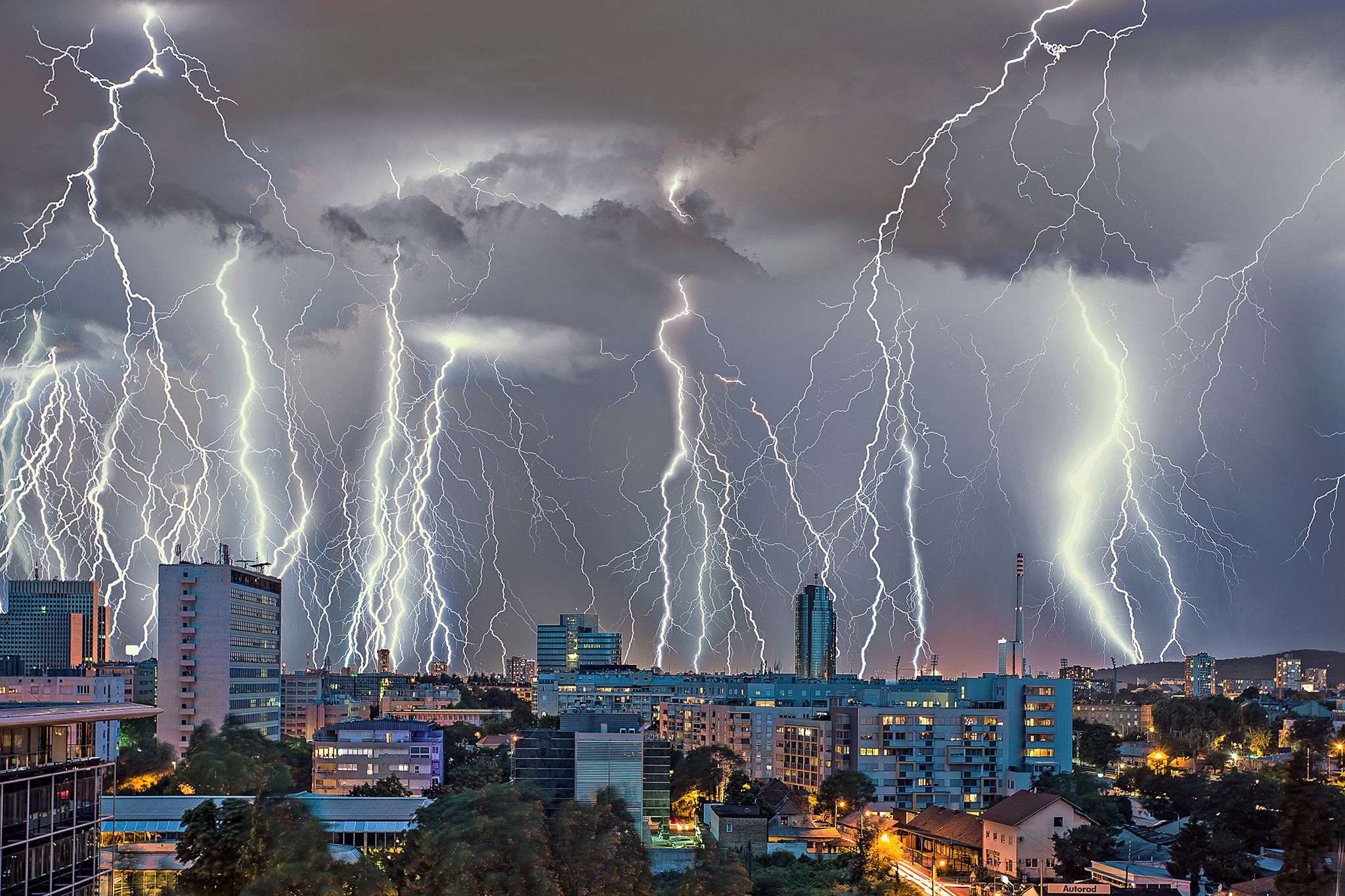 Photographer: Francesca Delbianco Photo taken: Zagreb
Photographer: Francesca Delbianco Photo taken: Zagreb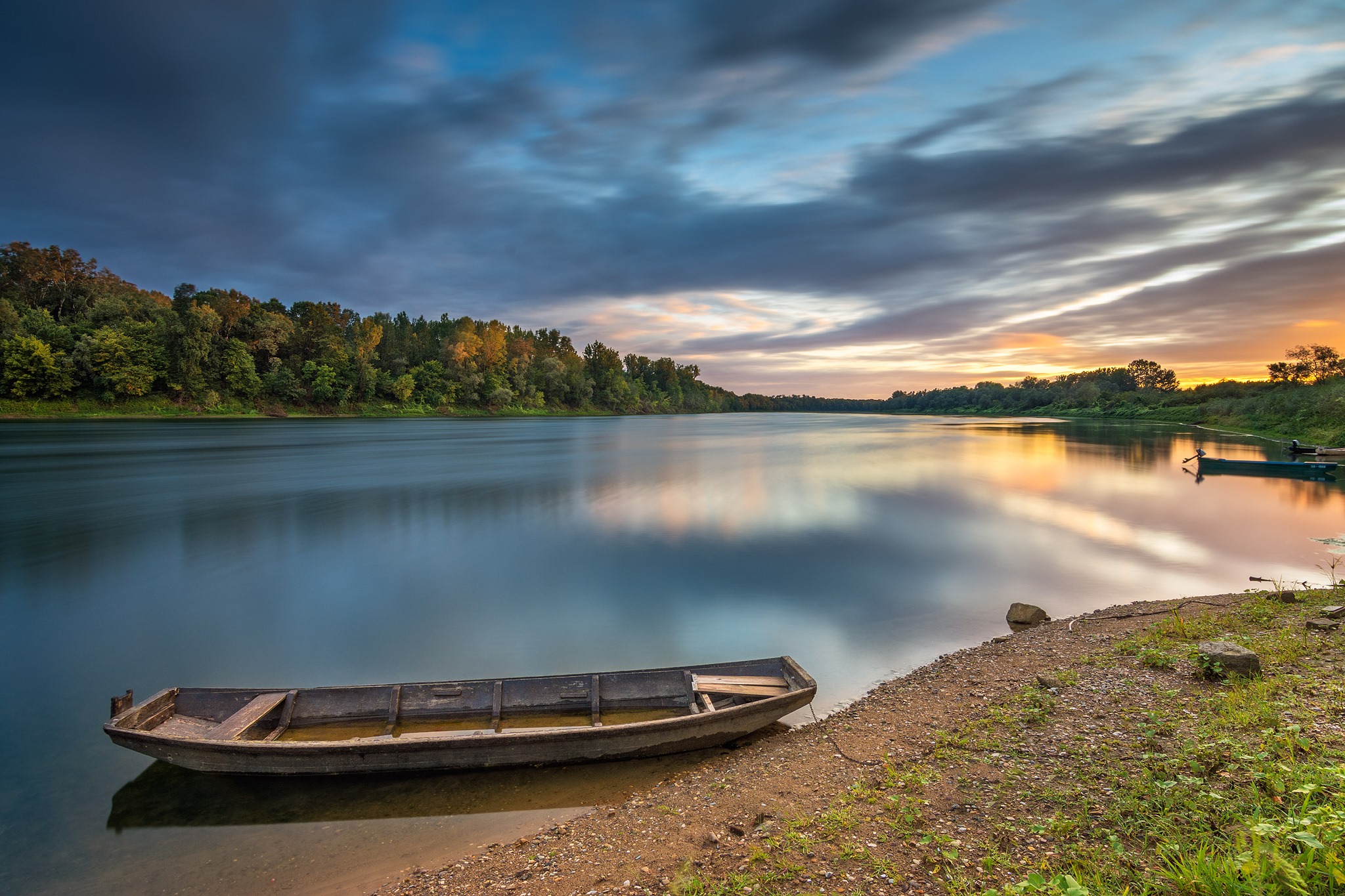 Photographer: Ivica Brlić Photo taken: Sava river, Davor, near Slavonski Brod
Photographer: Ivica Brlić Photo taken: Sava river, Davor, near Slavonski Brod Photographer: Nataša Šafar Photo taken: Rečica, near Karlovac
Photographer: Nataša Šafar Photo taken: Rečica, near Karlovac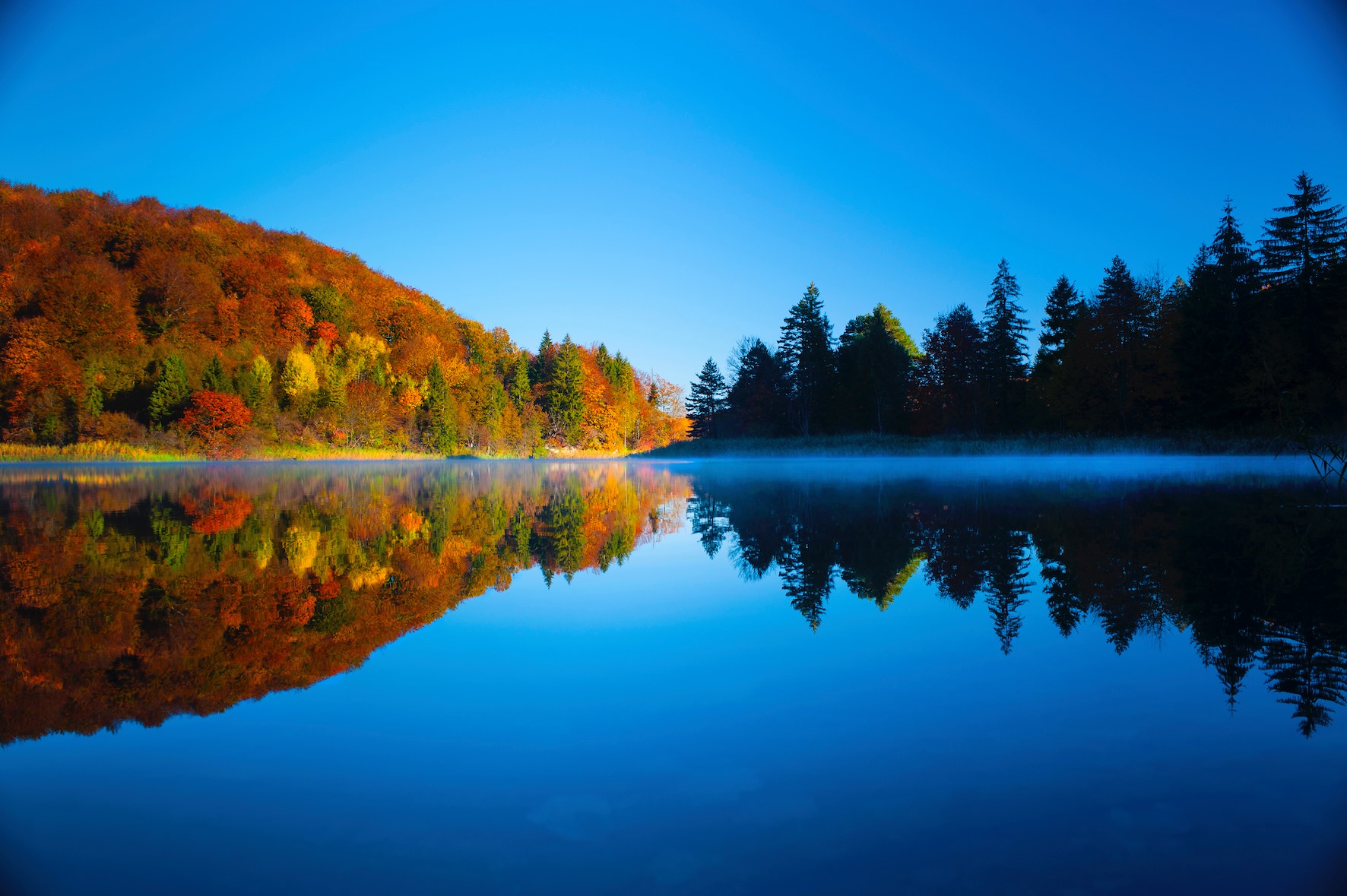 Photographer: Romeo Ibrišević Photo taken: Plitvice Lakes National Park
Photographer: Romeo Ibrišević Photo taken: Plitvice Lakes National Park
Over 1000 photographs from all over the world were entered in the 2020 competition. The submissions were narrowed down to a final selection of 70 contenders. As TCN reported back at the start of October, no less than 9 examples of Croatia weather photography made it into the final 70, taken by 7 Croatian photographers.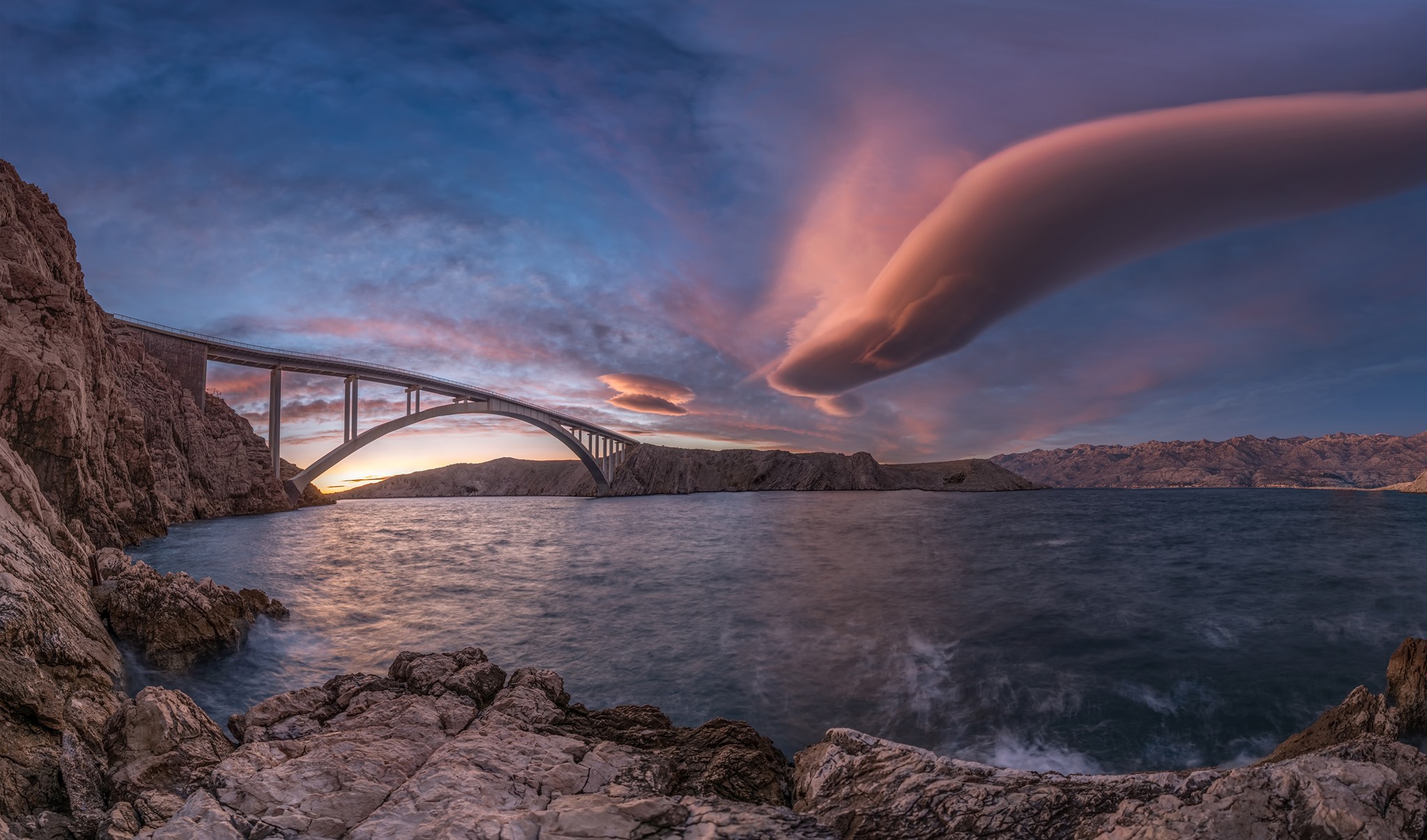 Photographer: Danijel Palčić Photo taken: Pag island
Photographer: Danijel Palčić Photo taken: Pag island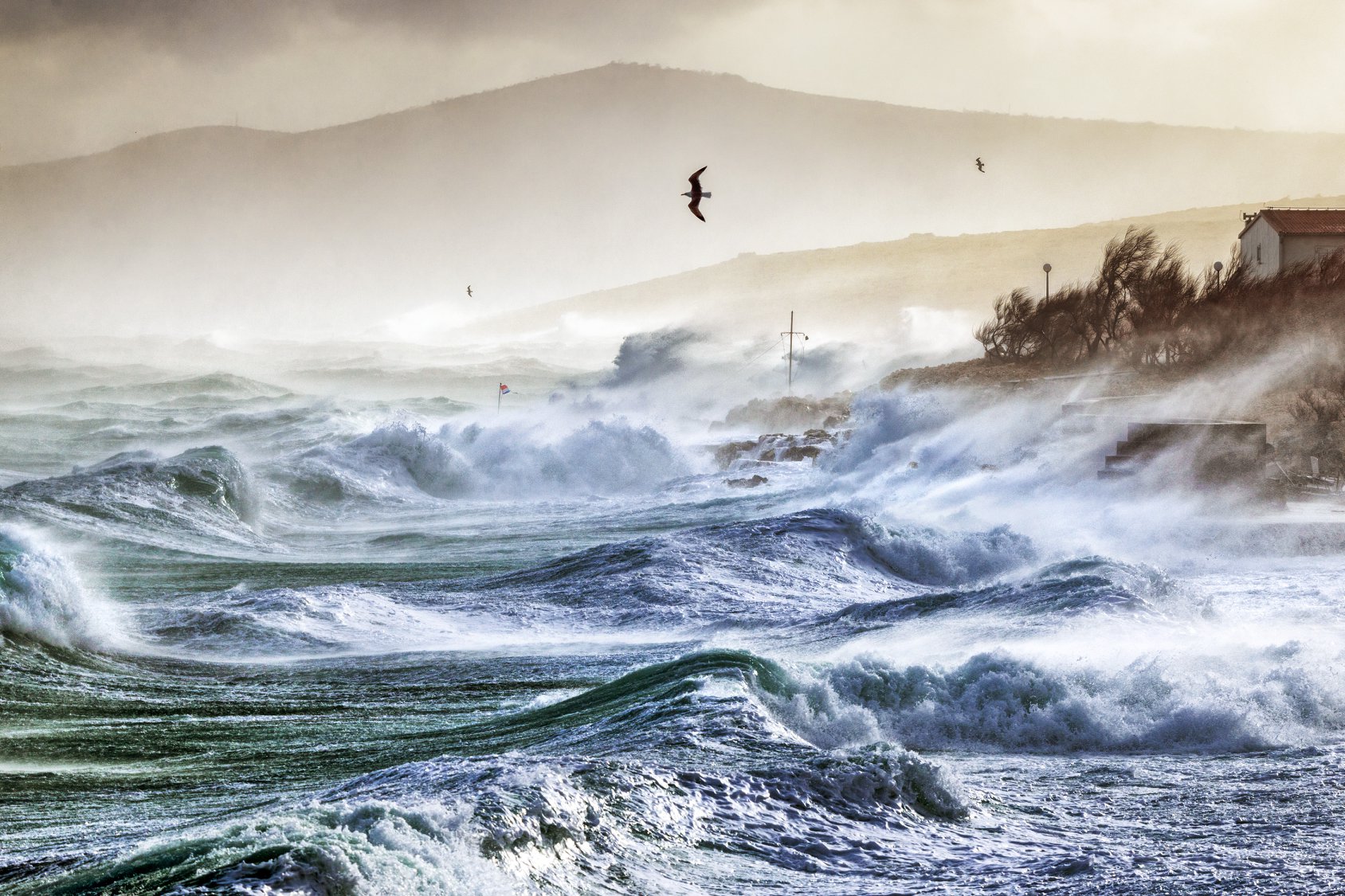 Photographer: Aleksandar Gospic Photo taken: Ražanac
Photographer: Aleksandar Gospic Photo taken: Ražanac
Croatia regularly punches well above its weight in the annual competition, as we can see from these 10 examples of incredible Croatia weather photography that were among the finalists in 2019.
All images courtesy World Meteorological Organisation
One of Zagreb's Bridges over Sava to be Illuminated for 22 Million Kuna?
After numerous recent successes around the Sava river, the City of Zagreb has new plans on how to make it more attractive and invest a lot of money into that.
We've already written about the reconstruction project of one of major bridges over the Sava river in the centre of Zagreb, the so-called Most slobode (Freedom bridge). Now, as those works are nearing their completion, we find out that once it's done, it will include brand new lighting, additional illumination for the pedestrians, and new, decorative illumination along the the entire length of the bridge.
The plan is to install the lighting with highly-efficient LED technology, in line with what the other modern cities across the world are doing. One thing that probably differentiates Zagreb from those other modern cities is the price tag for this project. As Croatian media has reported, the lighting of the bridge (just the lighting!) will cost around 22 million kuna (almost 3 million euros!). Many experts and members of the public have been saying that the price tag for the project is way too high.
Head of the Office for Planning, Dinko Bilić, explains that the price is what it is because the building is specific and the lighting needs to be bespoke and the price is therefore higher than the usual price for a similar project.
He highlights that the proposed LED lights will reduce electricity consumption, reduce the expenses for the maintenance and at the same time be as per regulations for all participants in the traffic system - cars, pedestrians and bicycles.
The important details, he adds, are that the individual light fixtures will be able to be removed, they will be mechanically protected and a modern system for the management of the system will be implemented. For 22 million kuna, they'd better be the best there is out there.
Complete Fiasco of the Project "Summer on the Sava" in Zagreb
There are so, so many wonderful, expertly organised and popular events happening in Zagreb during the summer (and we've written about many of them). And then there's Ljeto na Savi (Summer on the Sava) event, which was planned for last year, got sidetracked, and then re-emerged this year with a sky-high price tag and spectacular failure in terms of the popularity and the number of people visiting the events held there.
Over 11 million kuna (that's more than 1.5 million euro) was invested into the project by the City of Zagreb, and Mayor Milan Bandić kept telling everyone that the project would be a huge success, that it will bring the people of Zagreb back to the Sava river, which they used to enjoy in the sixties and before that, before the river became polluted. Now, admittedly, the pollution is almost completely gone and the river is quite clean again, but the people have not returned. Nor have they for this event.
The "grand opening" of the event was held last week - and almost nobody in Zagreb knew about it.
The public tender for food and drinks and other services was also a complete failure, because not a single company applied, so none were selected. That means - no food, no drinks, nothing near the stage (which cost 11 million kuna and looks nothing like what the plans had envisioned).
The program near Most Slobode (Freedom Bridge) is held every evening, and the benches by the stage are completely empty. The schedule for the events taking place within the Summer on the Sava program have been published on the City of Zagreb's official website, but honestly, after having done some research, that's the only place where you can find it. It's almost as if someone was trying to hide what is happening near the Sava river every day.
The original project was given awards when it was presented to the international public, but what we can see now has almost nothing to do with the original project. The critics keep repeating that an elementary school could've been built and furbished for the money that was spent on this project (or, even more realistically, several old schools could've been reconstructed and refurbished to bring them into the 21st century).
The program of free concerts and movie projections will go on until September the 12th, and hopefully at some point, more people will decide to visit it, so that the money spent on it is not completely wasted.


